Specialization in Creative Writing and Children's Illustration

Write captivating children's books by exploring narrative techniques and age-appropriate language for young readers.
There is a unique art that transforms whispered words in the dark into luminous worlds and lines traced on a canvas into creatures that dance in the imagination of the youngest minds. This course takes you across that delicate threshold where storytelling meets illustration. Acclaimed author Ana Pavez and writer José Urriola will guide you through the pathways of children's narrative, while the talented team of illustrators—Jimena S. Sarquiz, Natalia Colombo, and Natalia Gurovich—will reveal the secrets to visually bringing those imagined universes to life.
In this artistic journey, the tradition of storytelling merges with the digital precision of Photoshop and Procreate, tools that become extensions of your creative vision. Under the guidance of these five masters, each bringing their unique perspective from writing to digital illustration, you will discover how to infuse emotions and gestures into every page. By the end, you will have the technical mastery and narrative voice needed to transform your ideas into visual stories that will inspire new generations of readers.
What will you learn in this specialization?

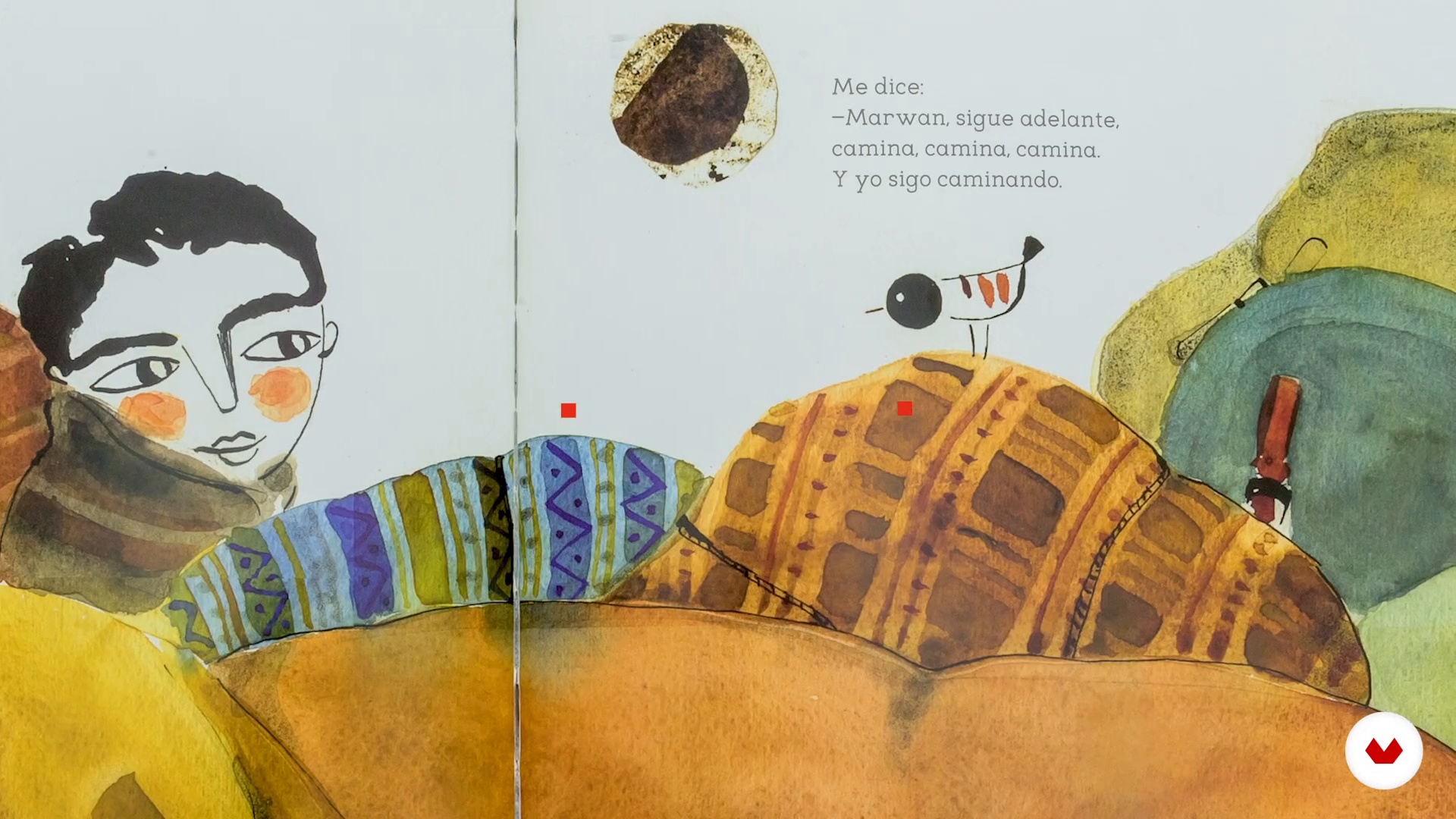
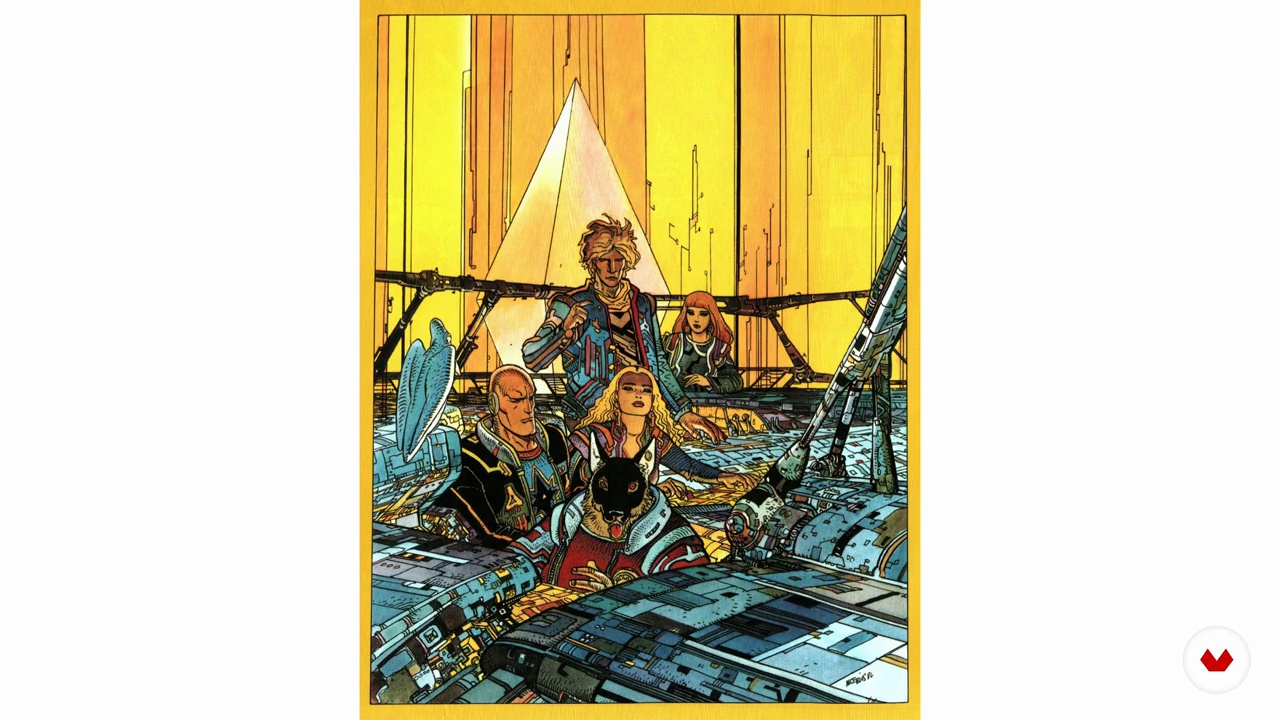
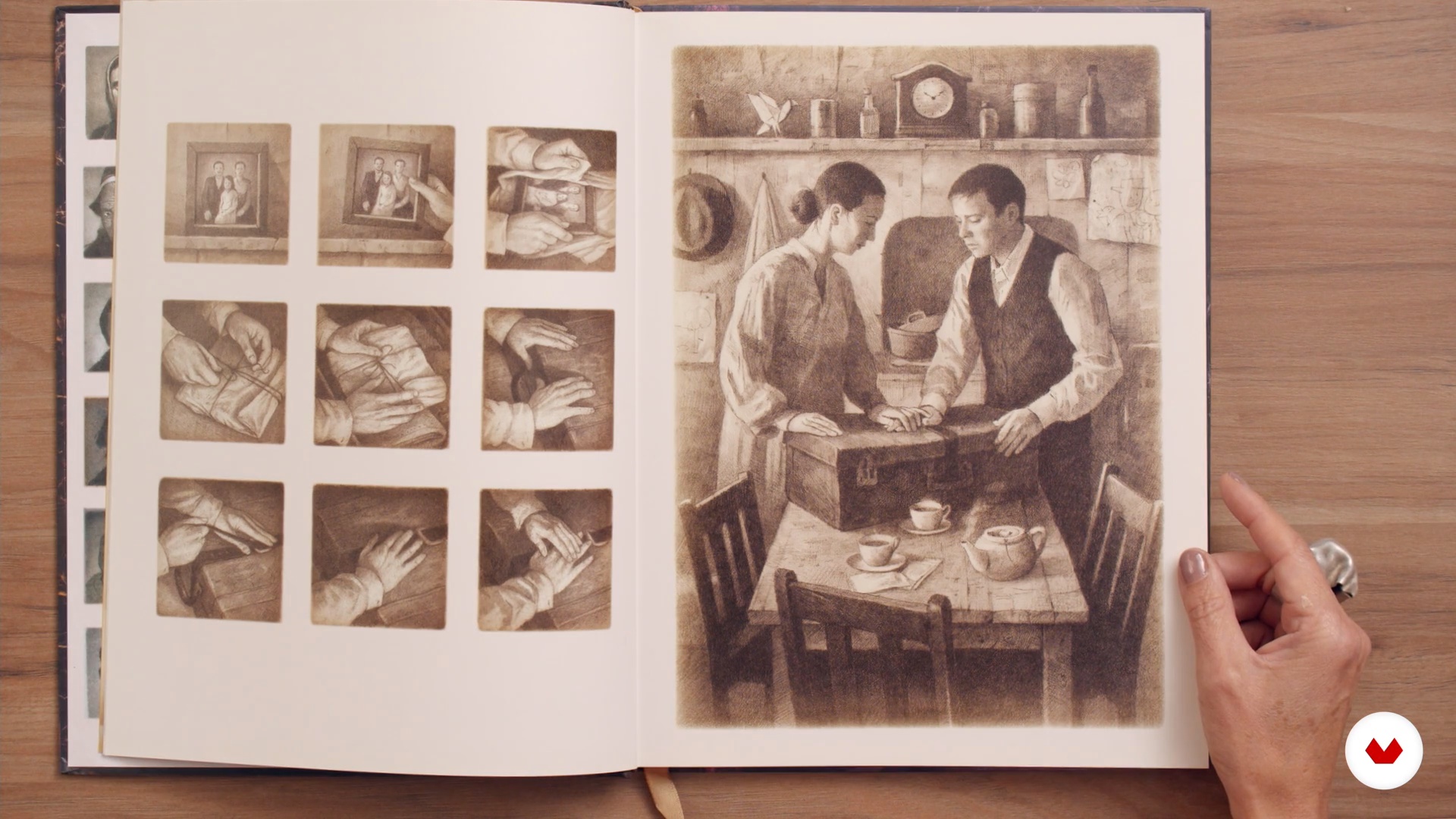
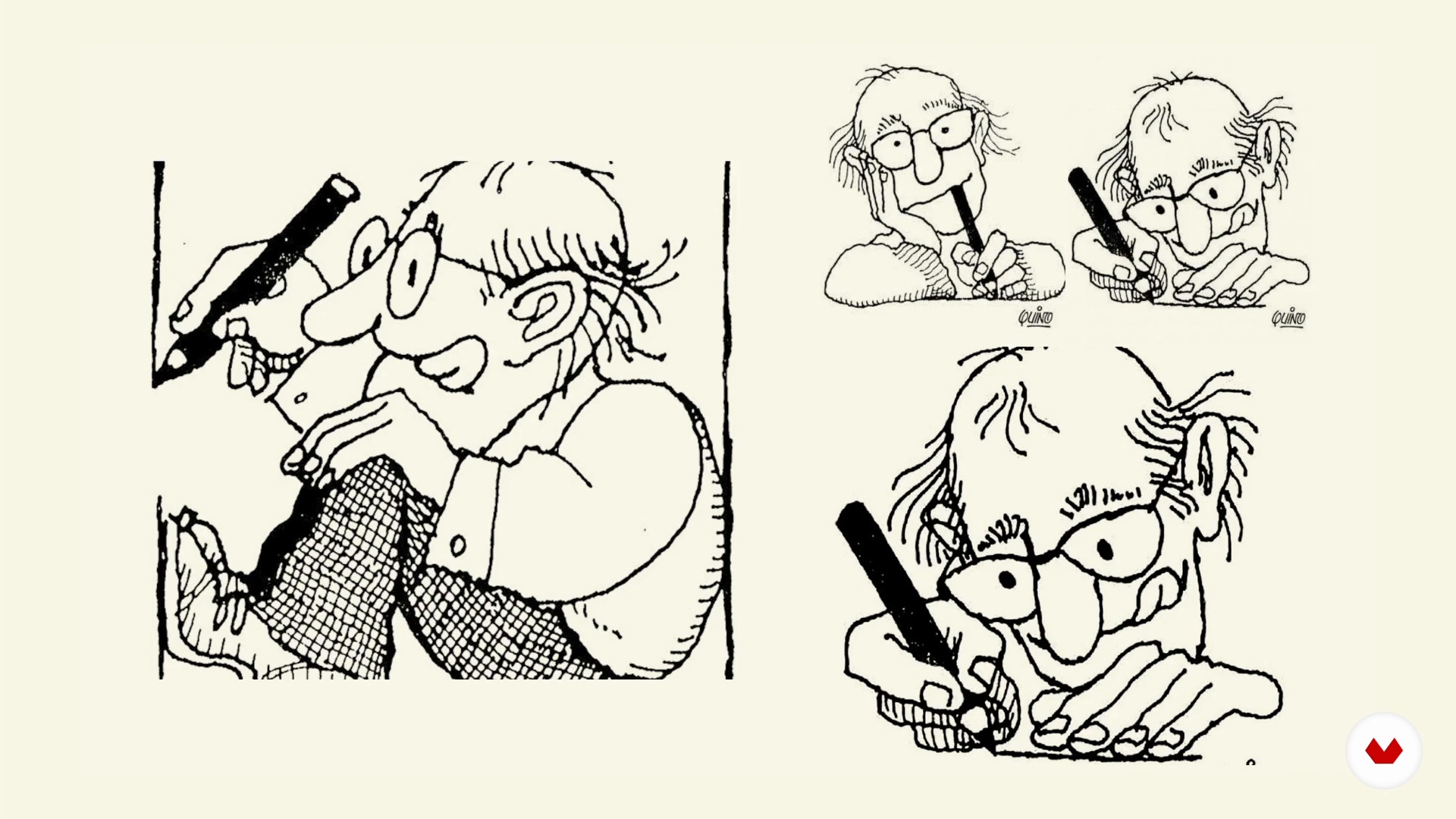
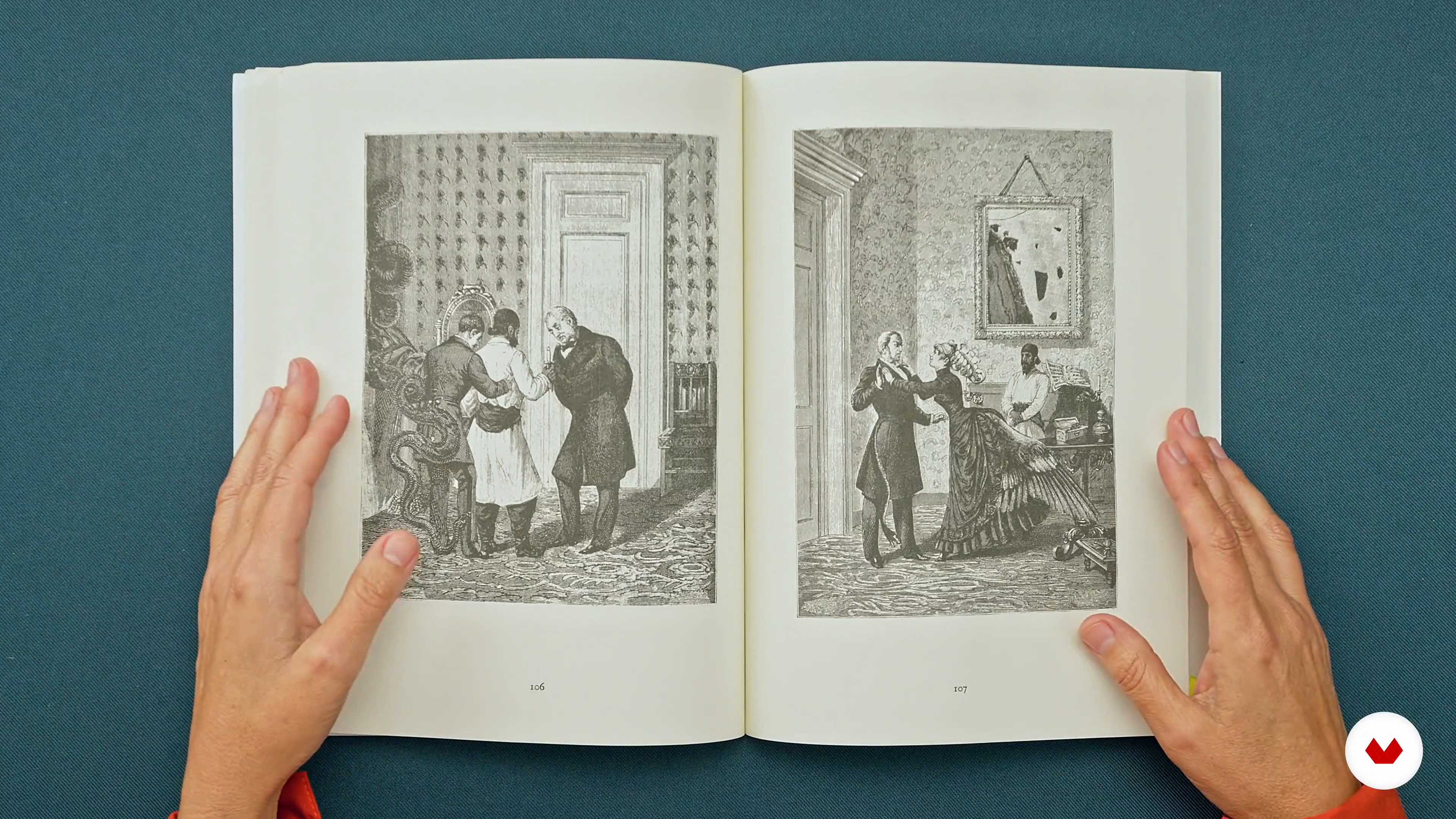
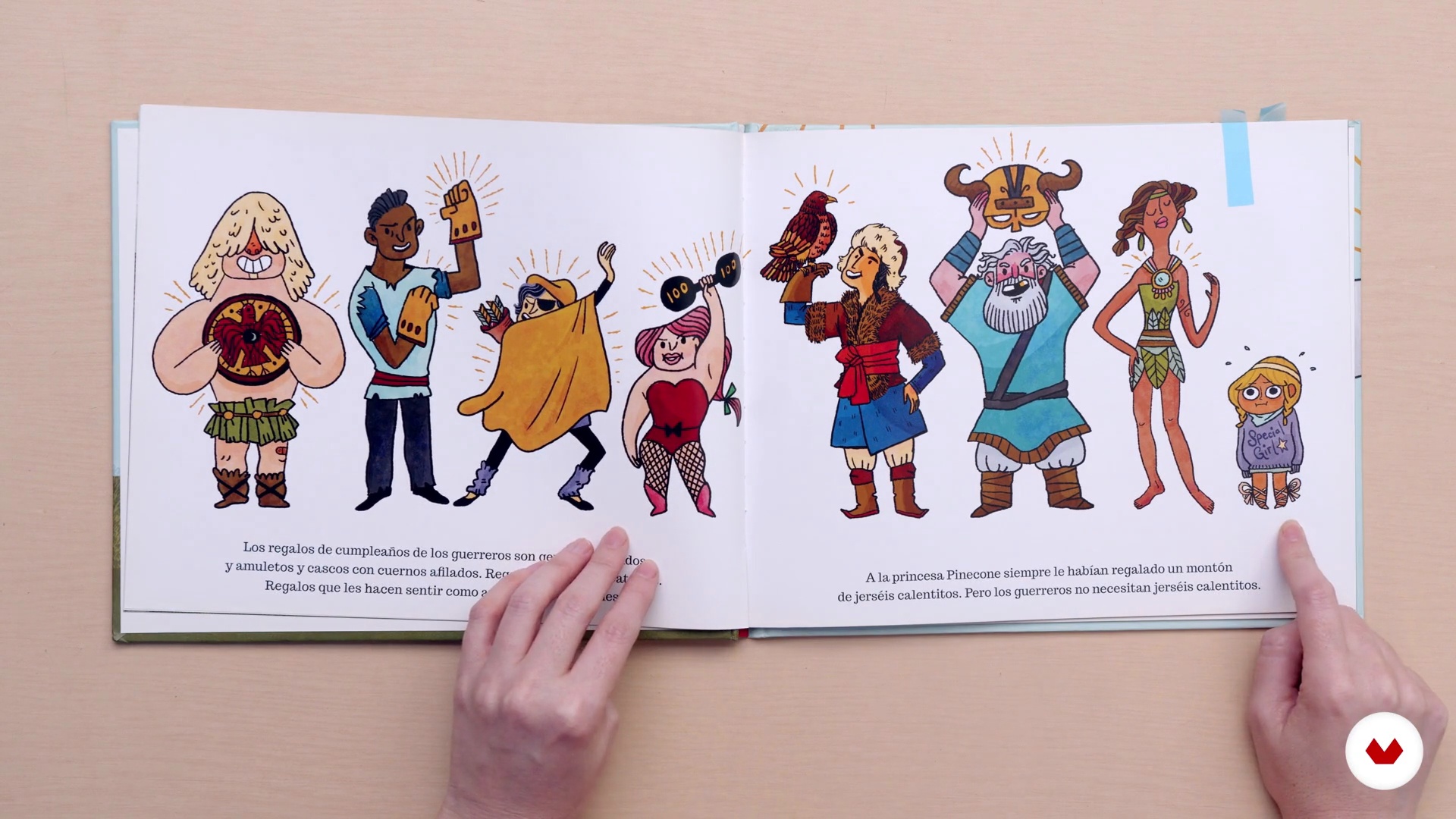

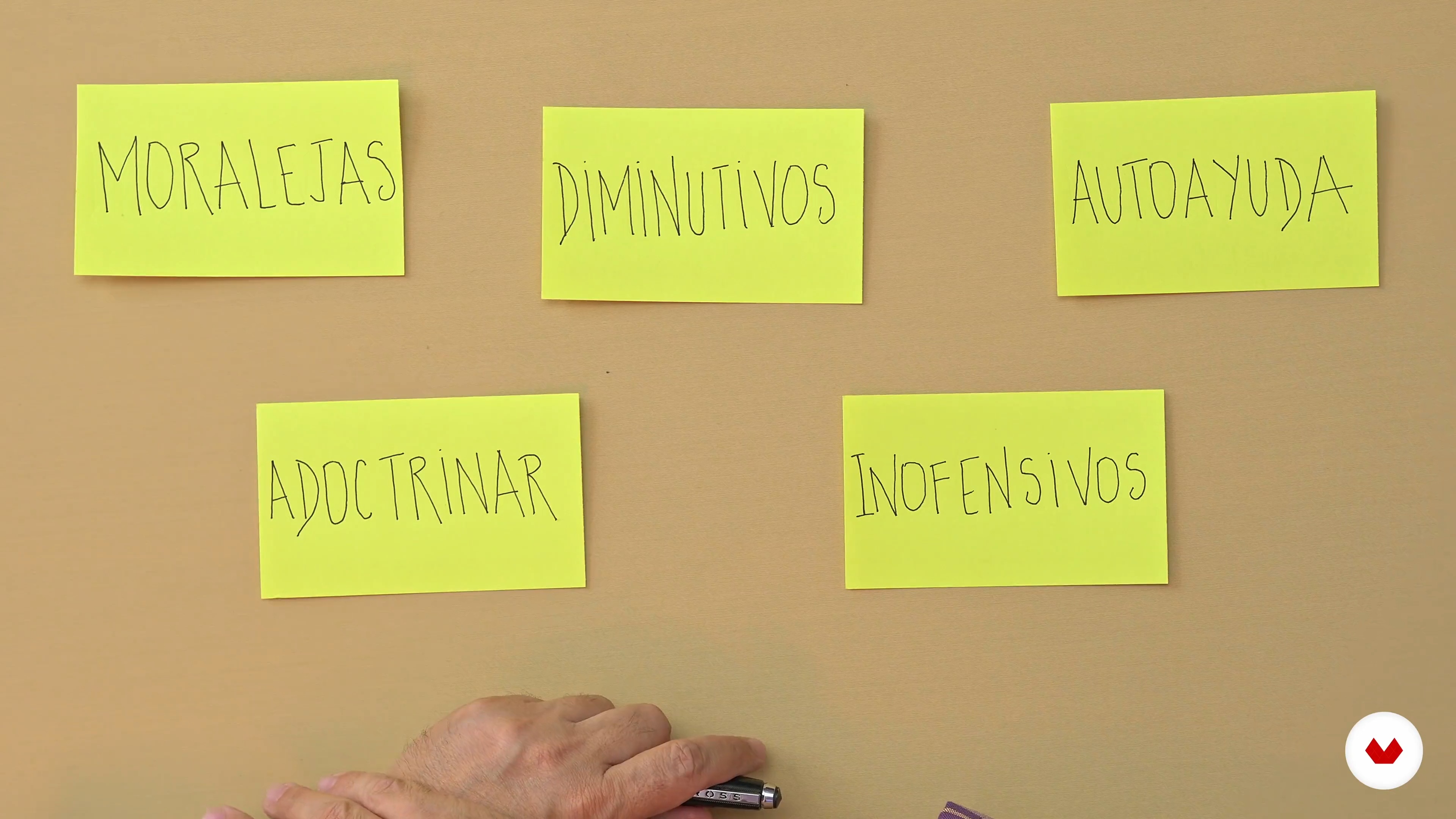
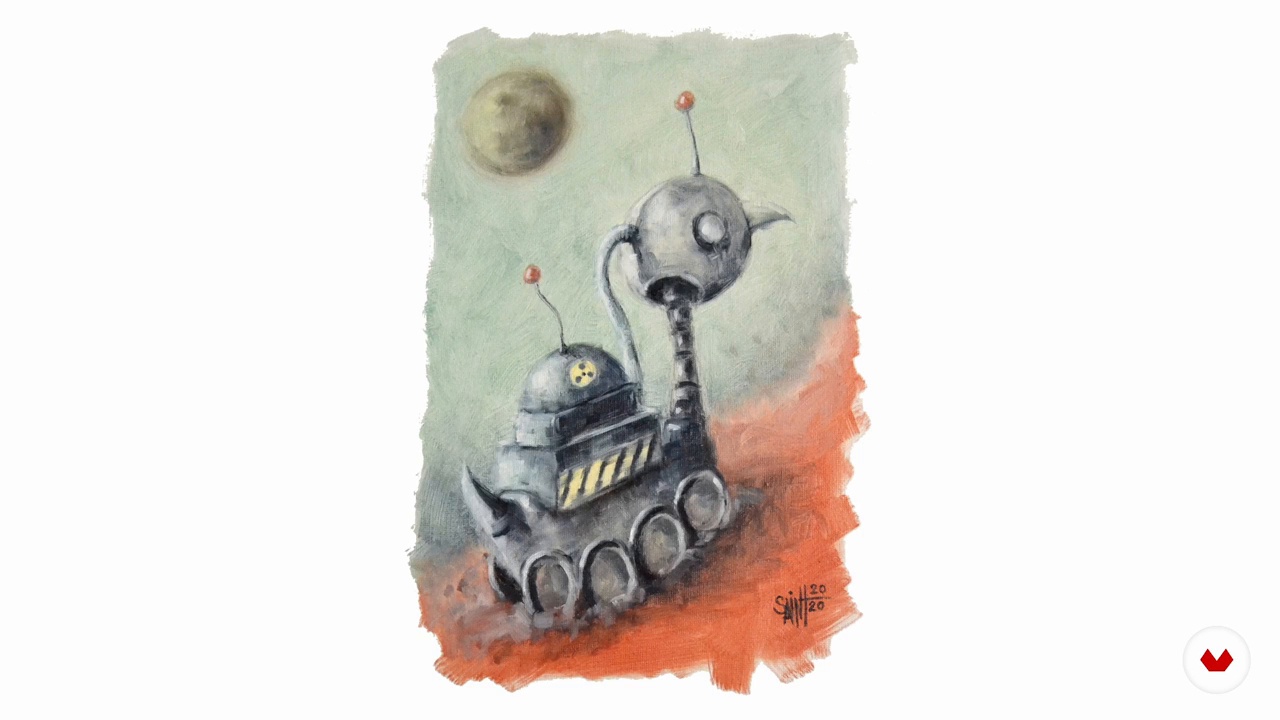
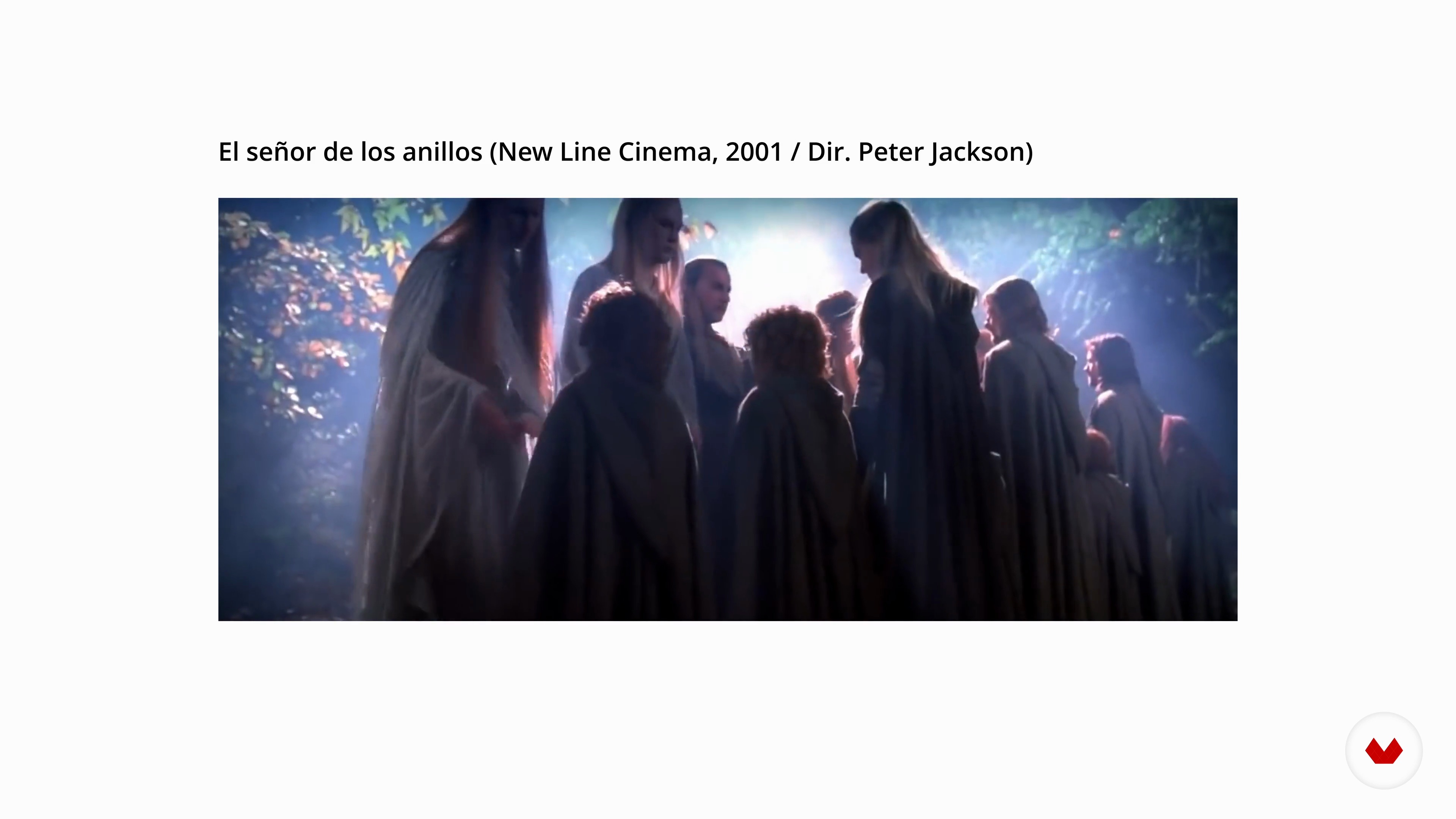
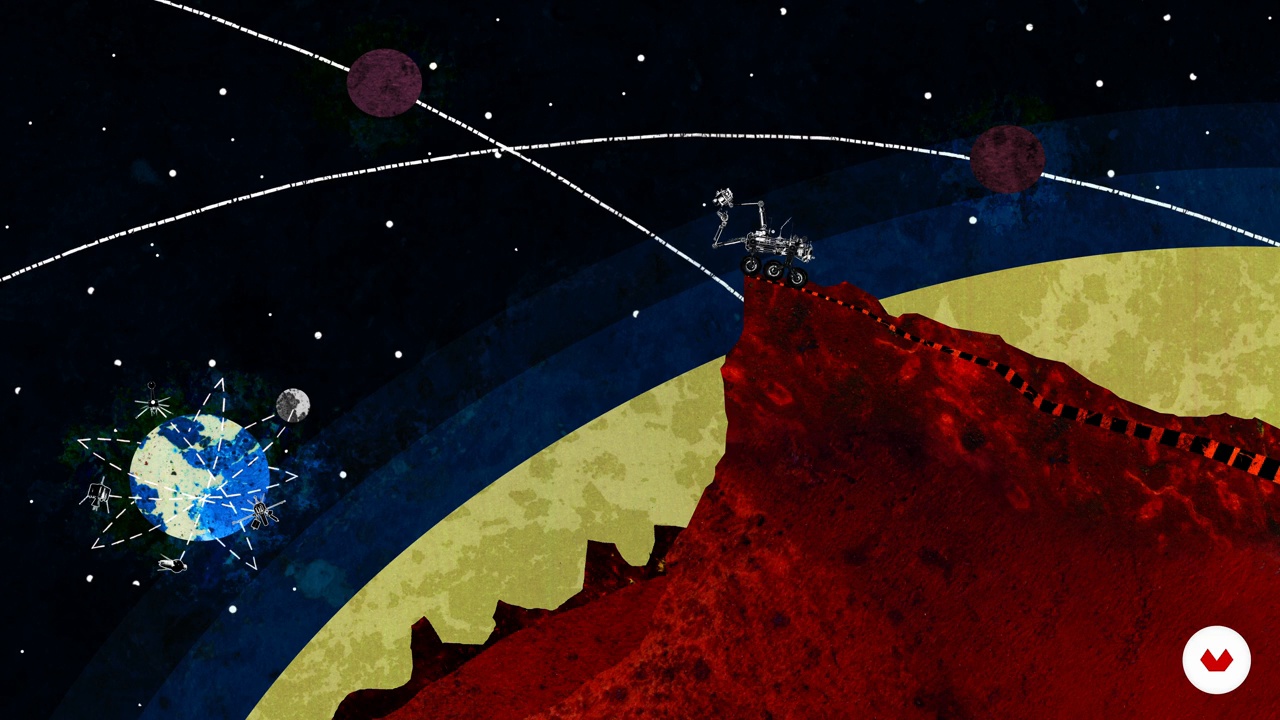
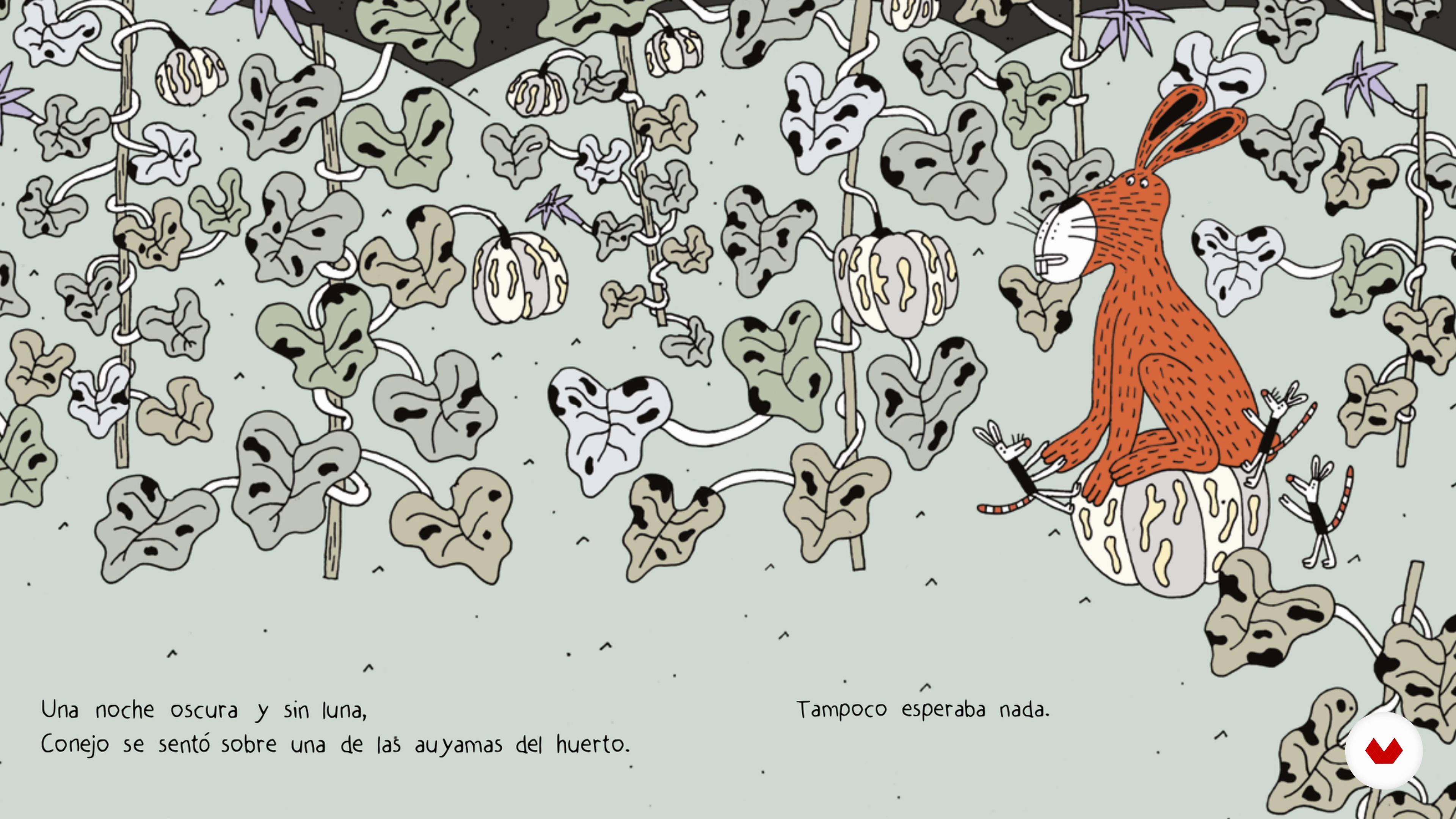
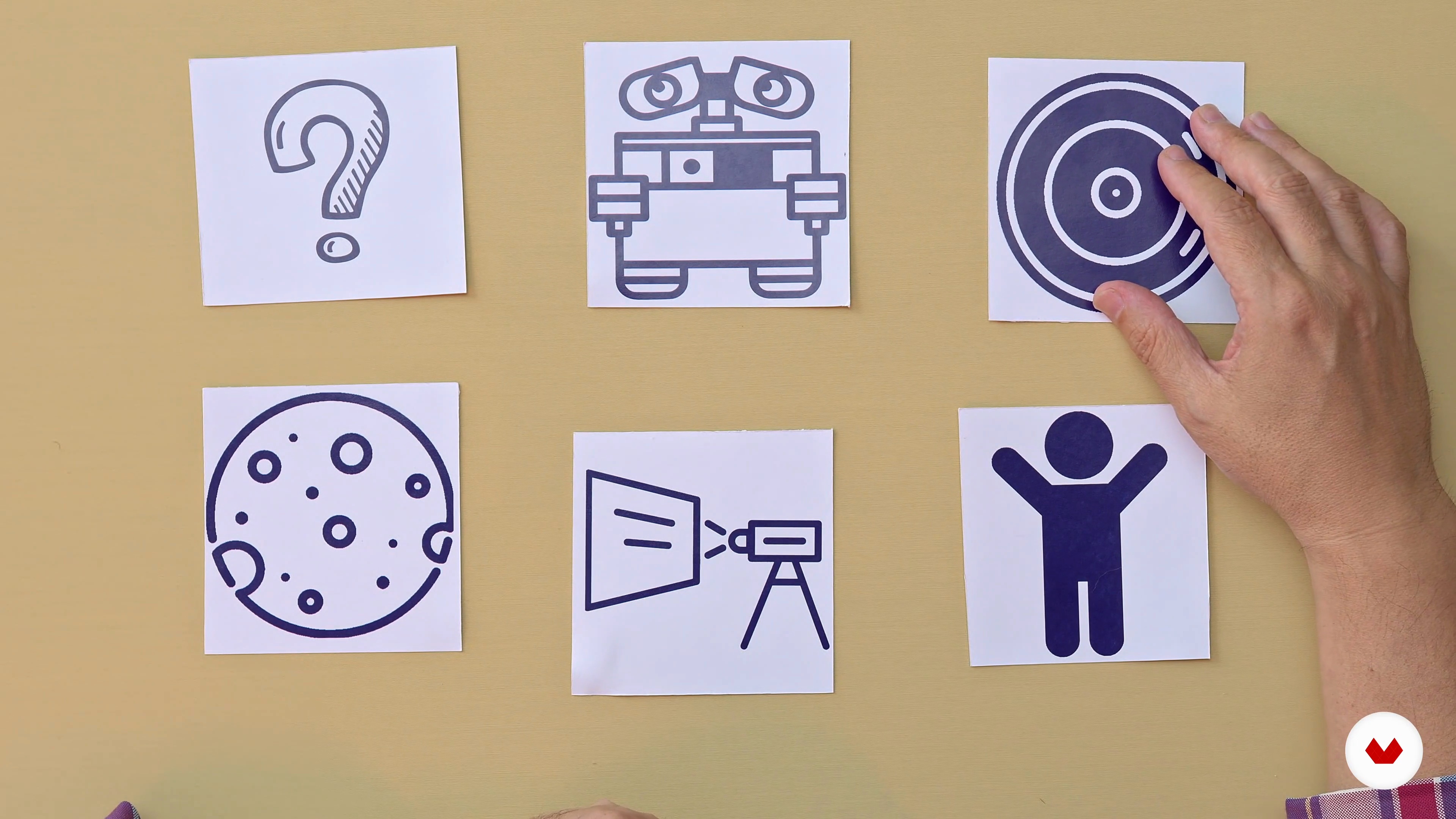
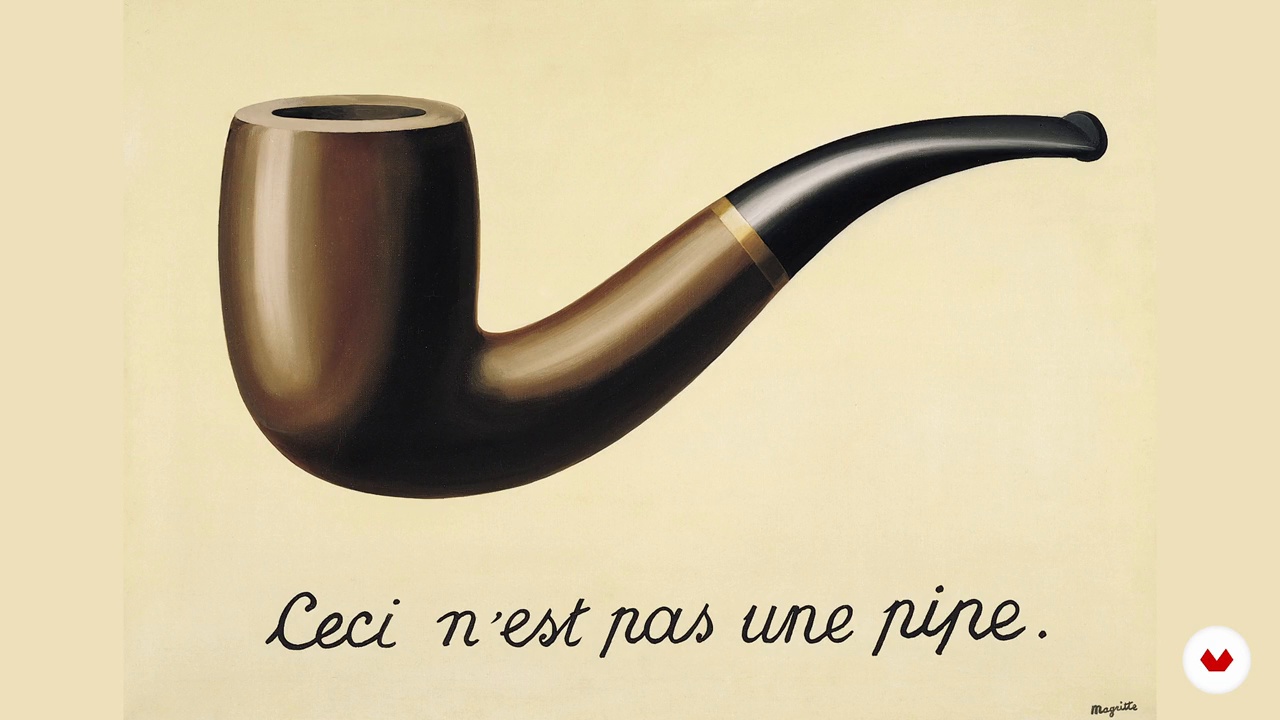
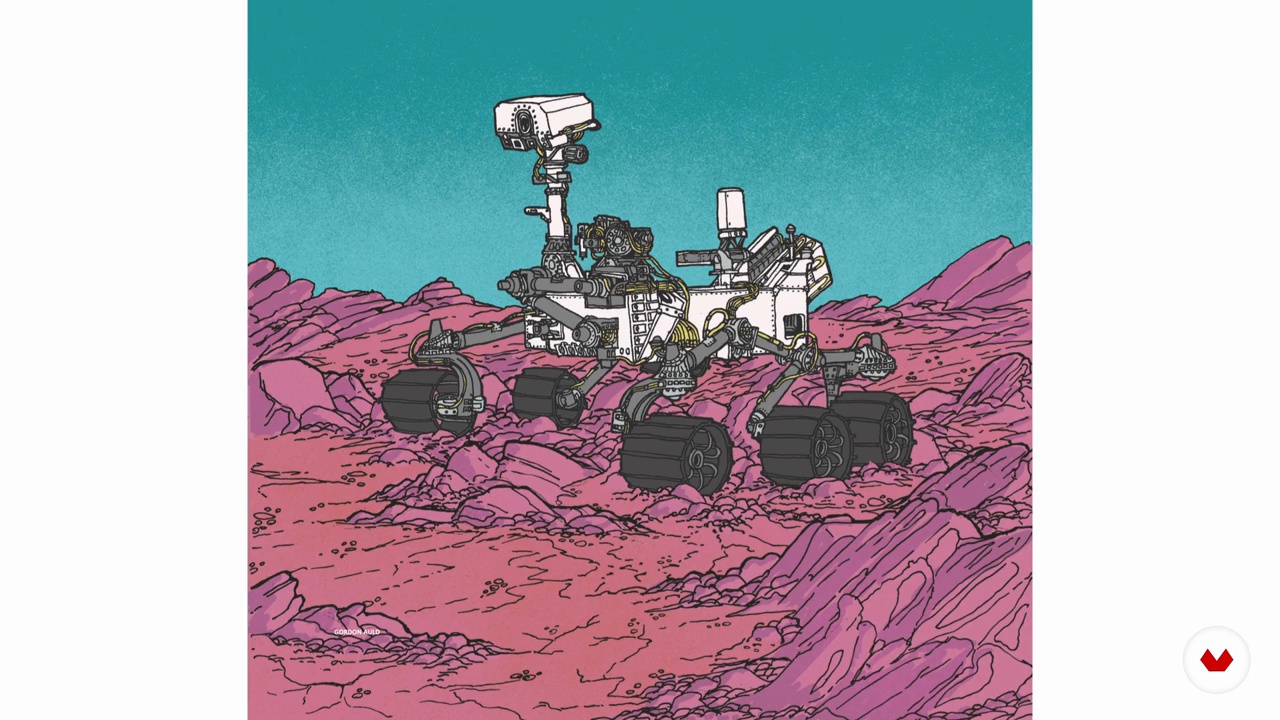
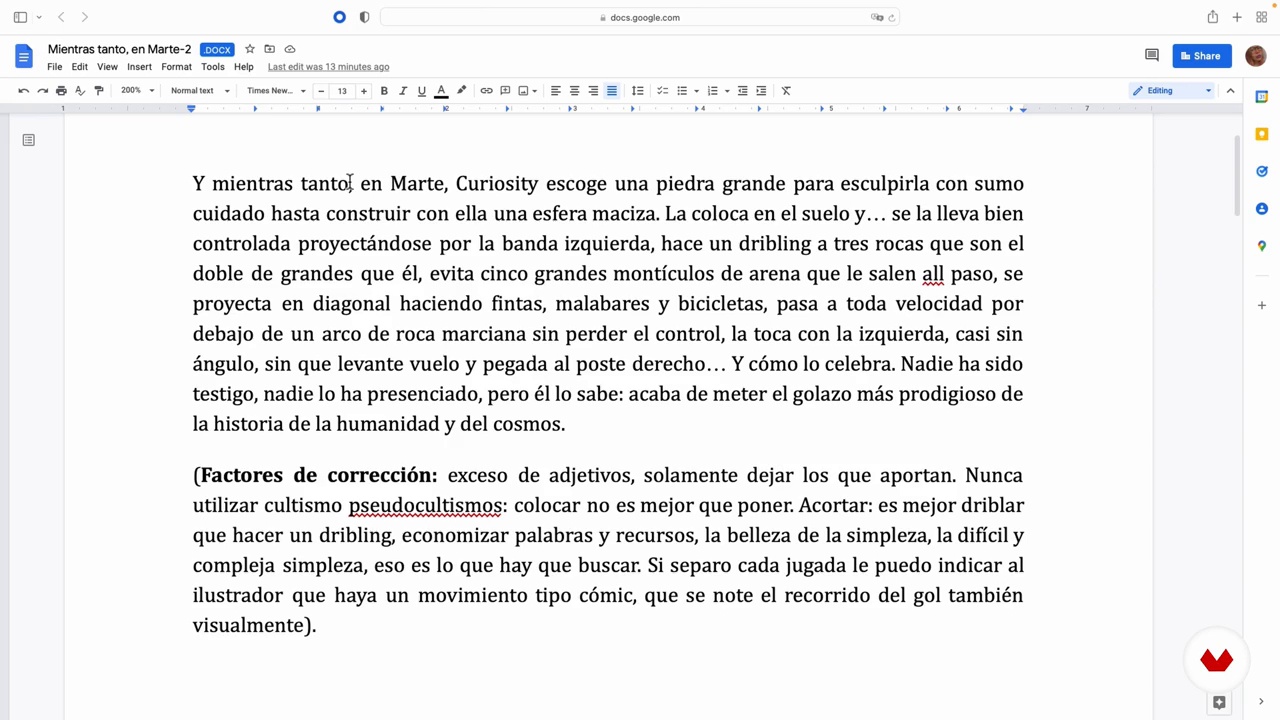
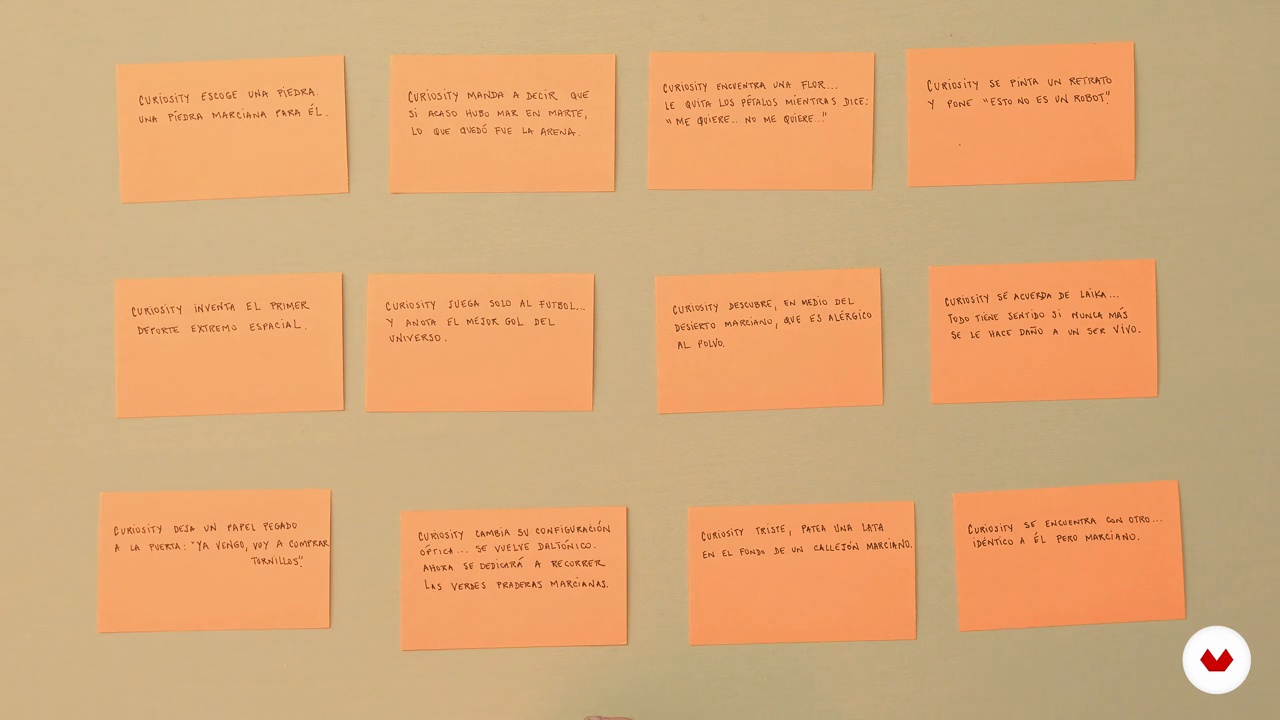
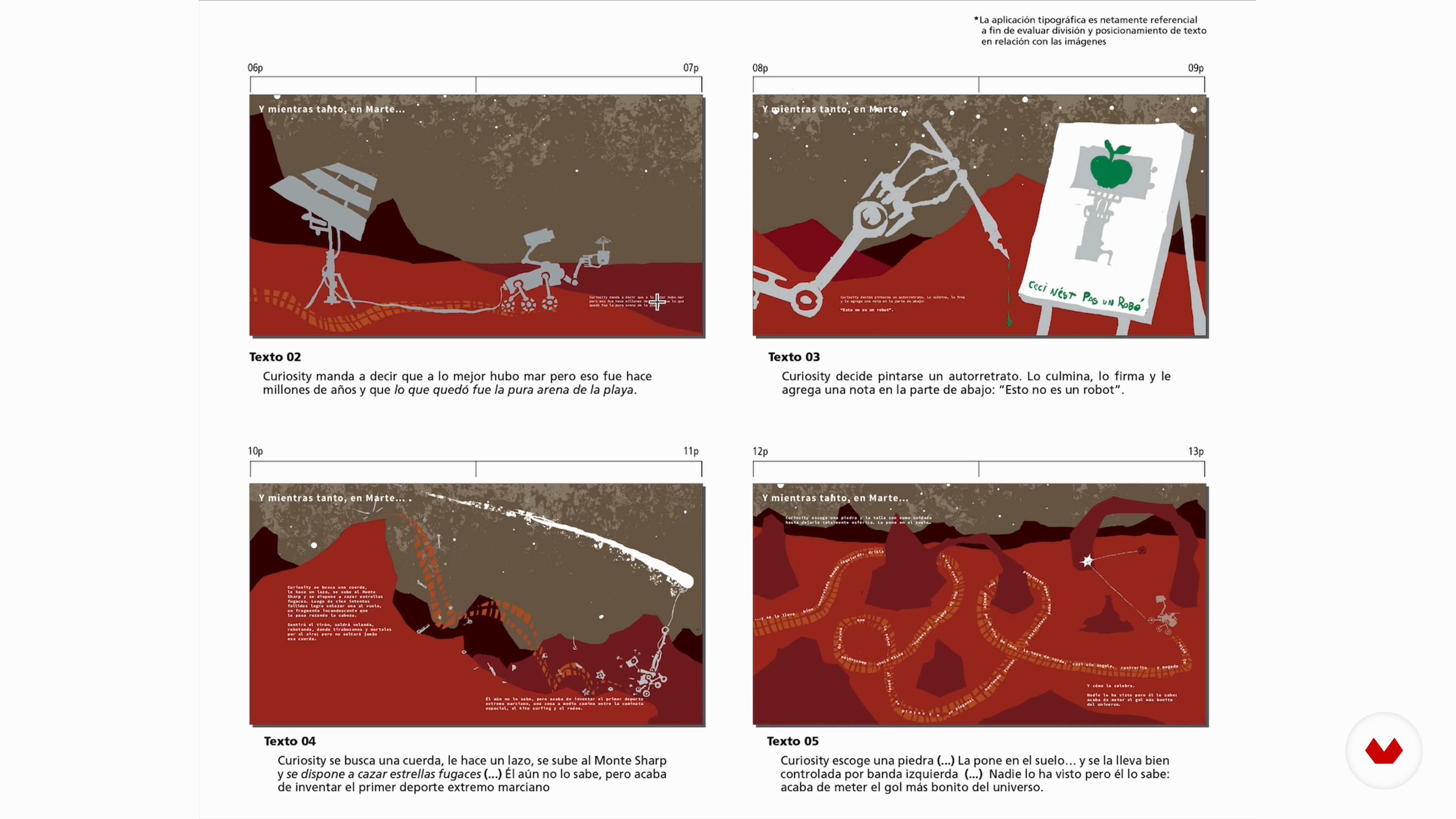
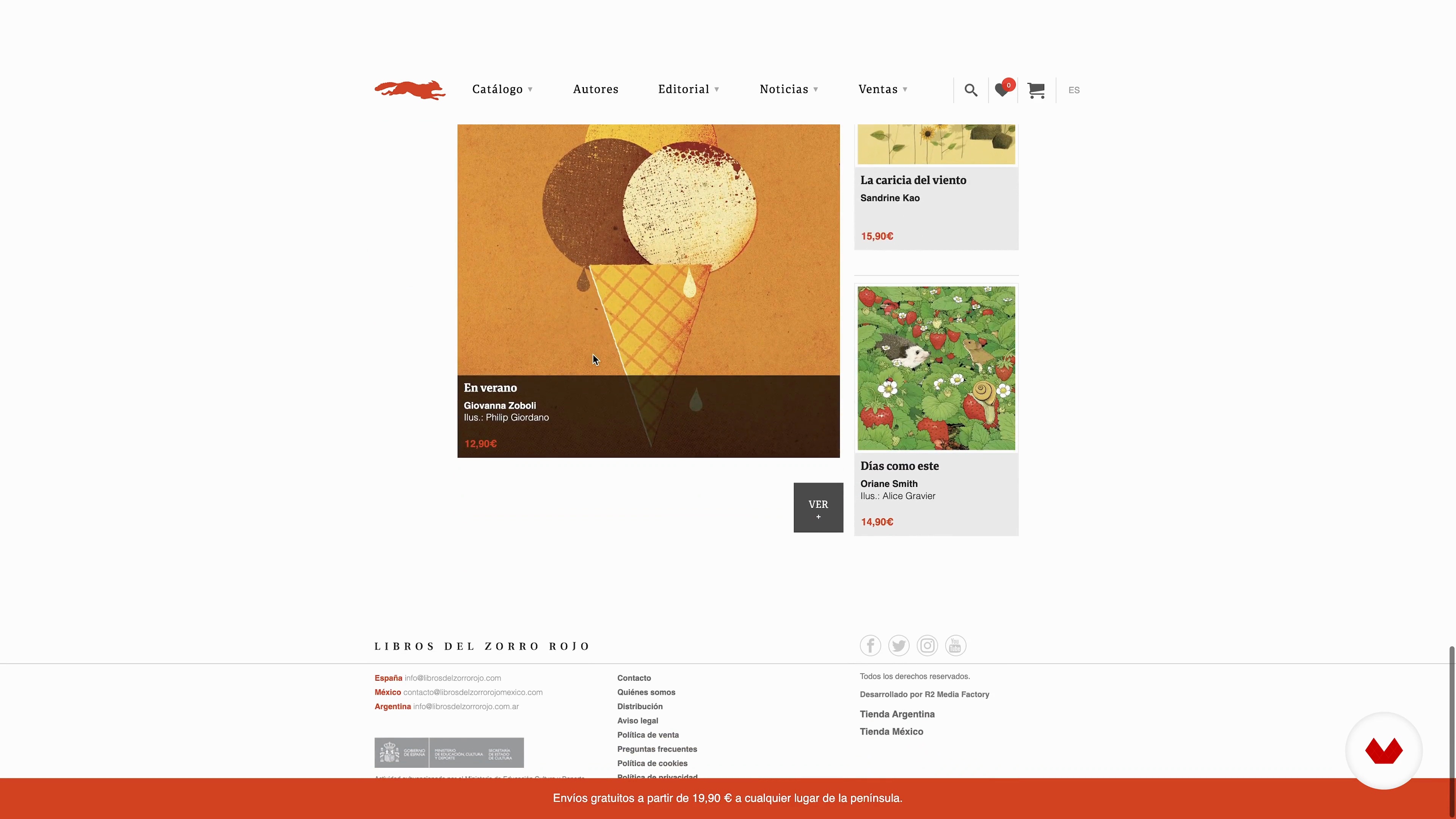

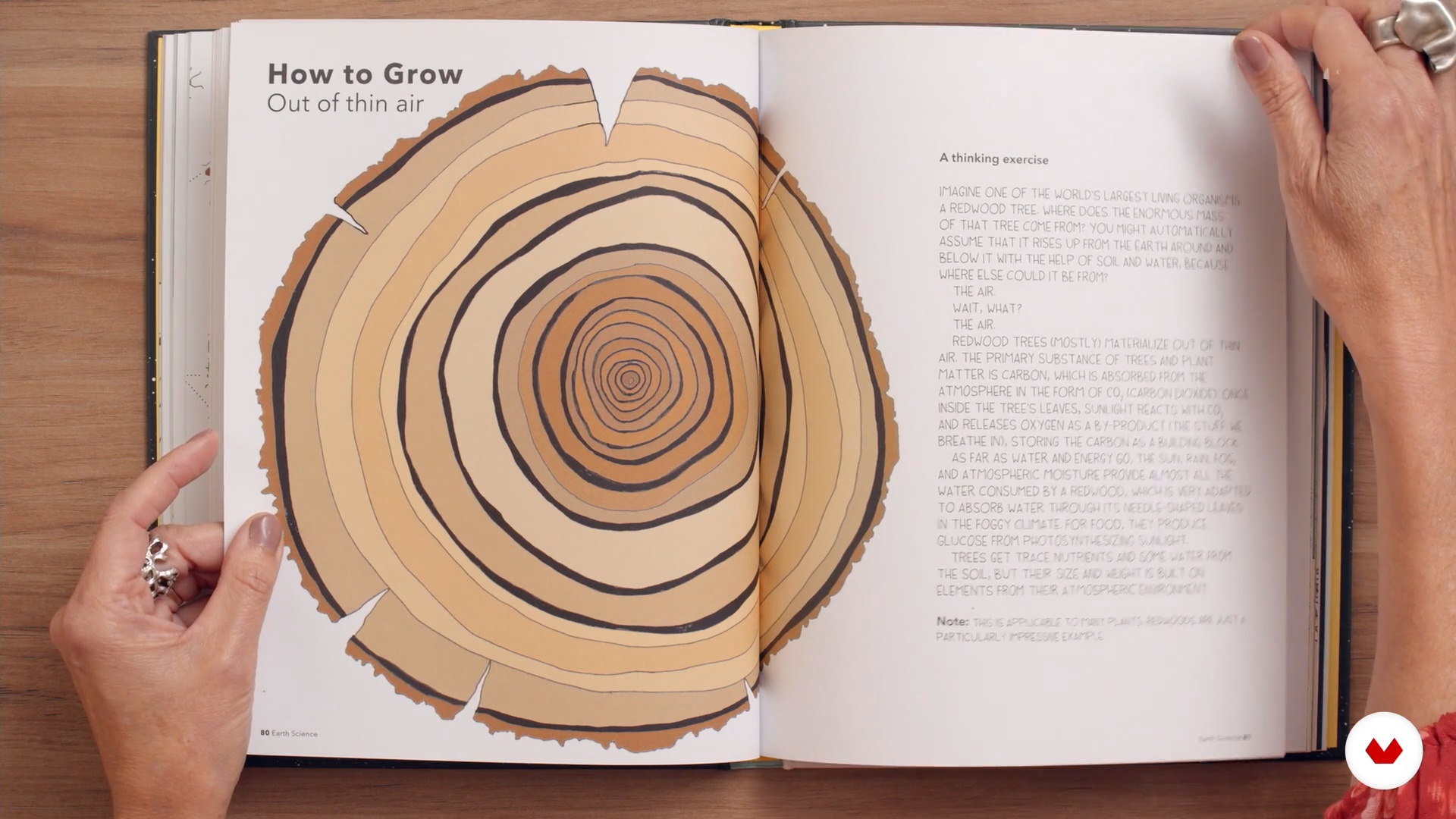
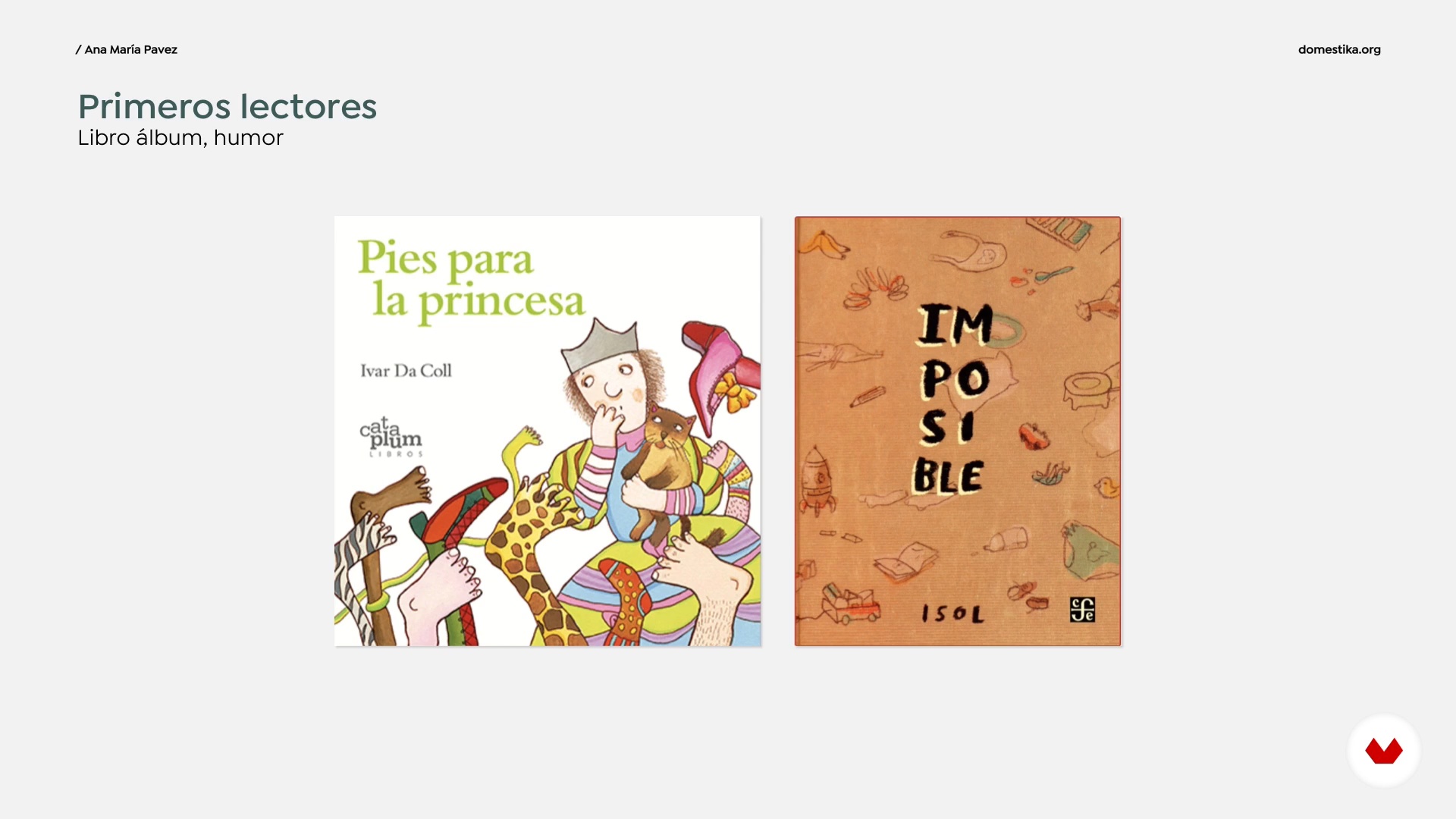
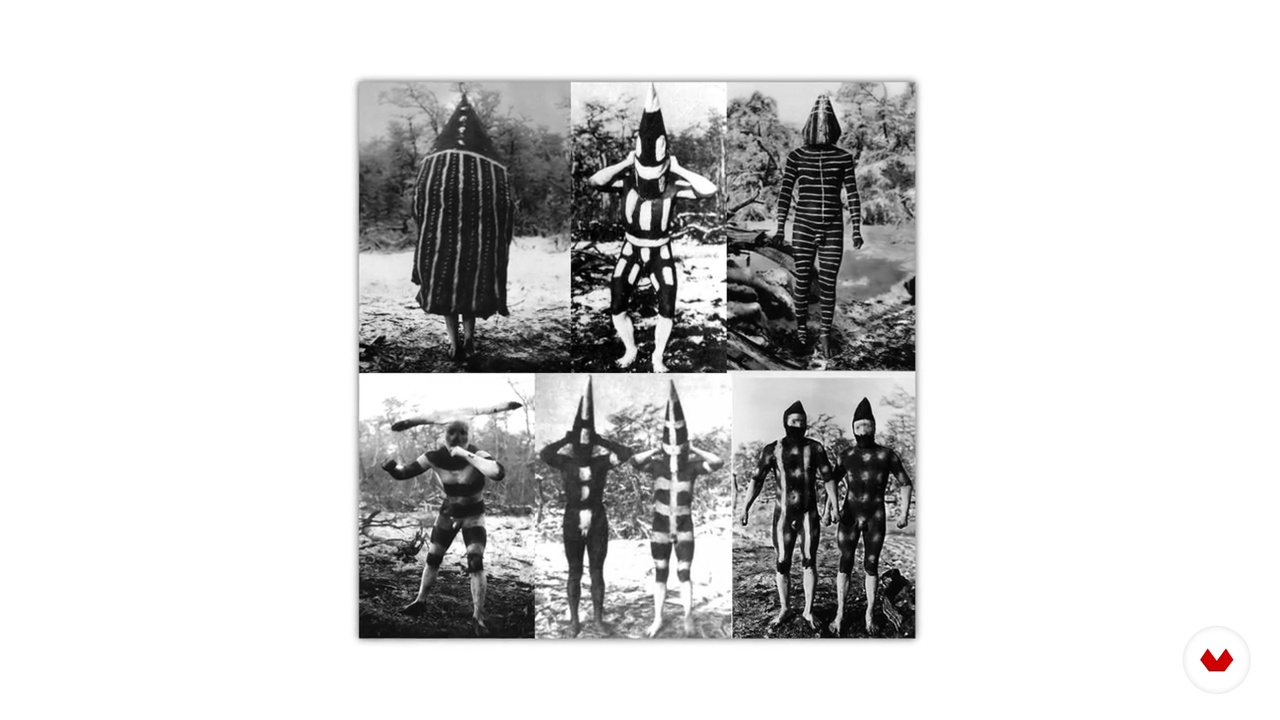
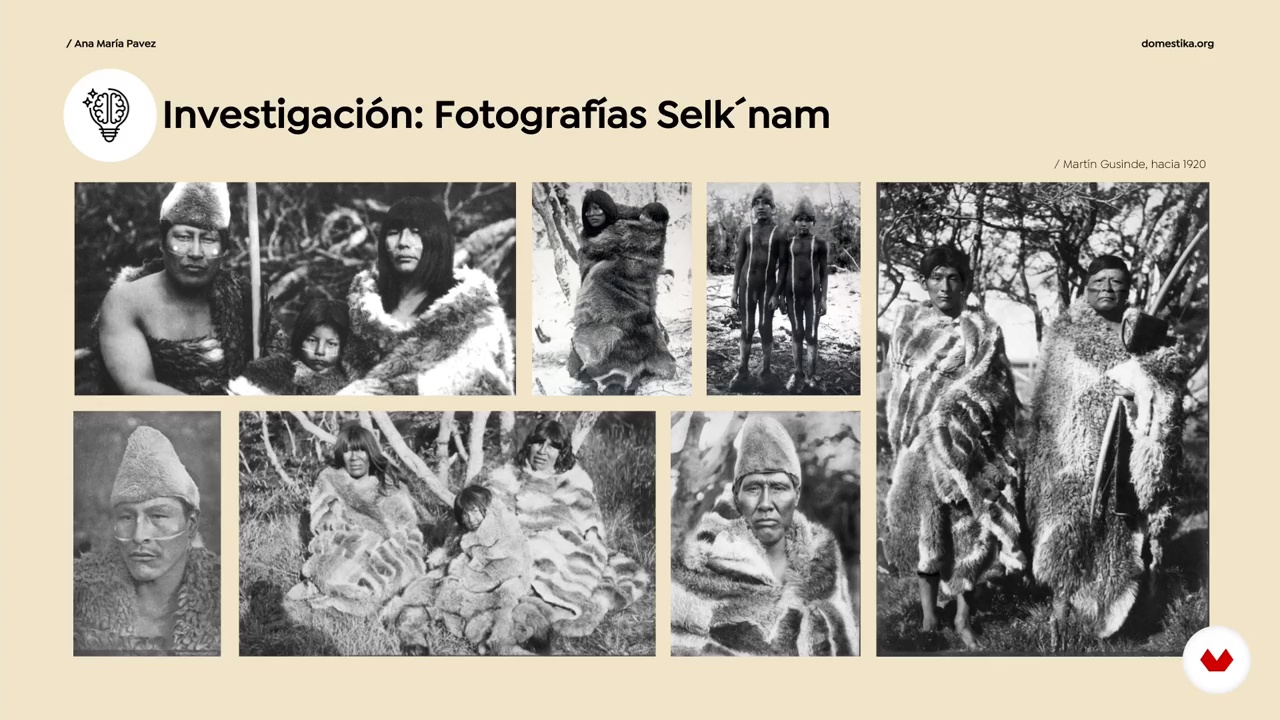
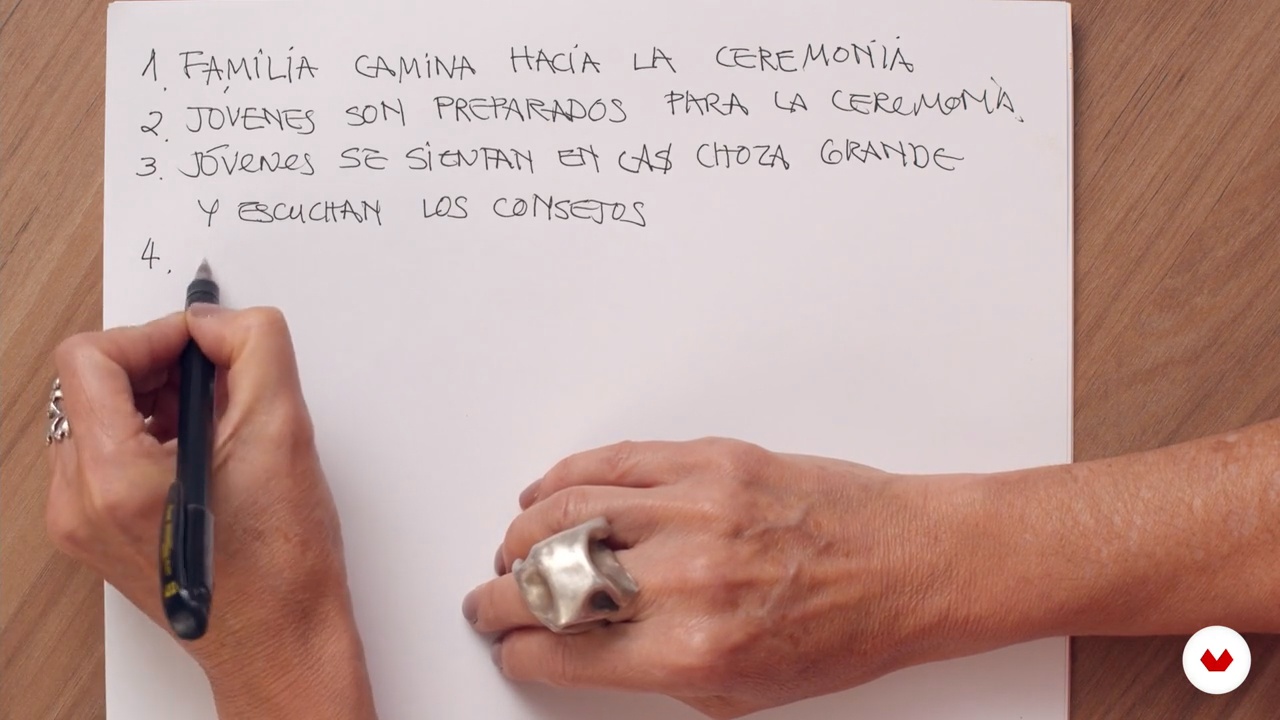
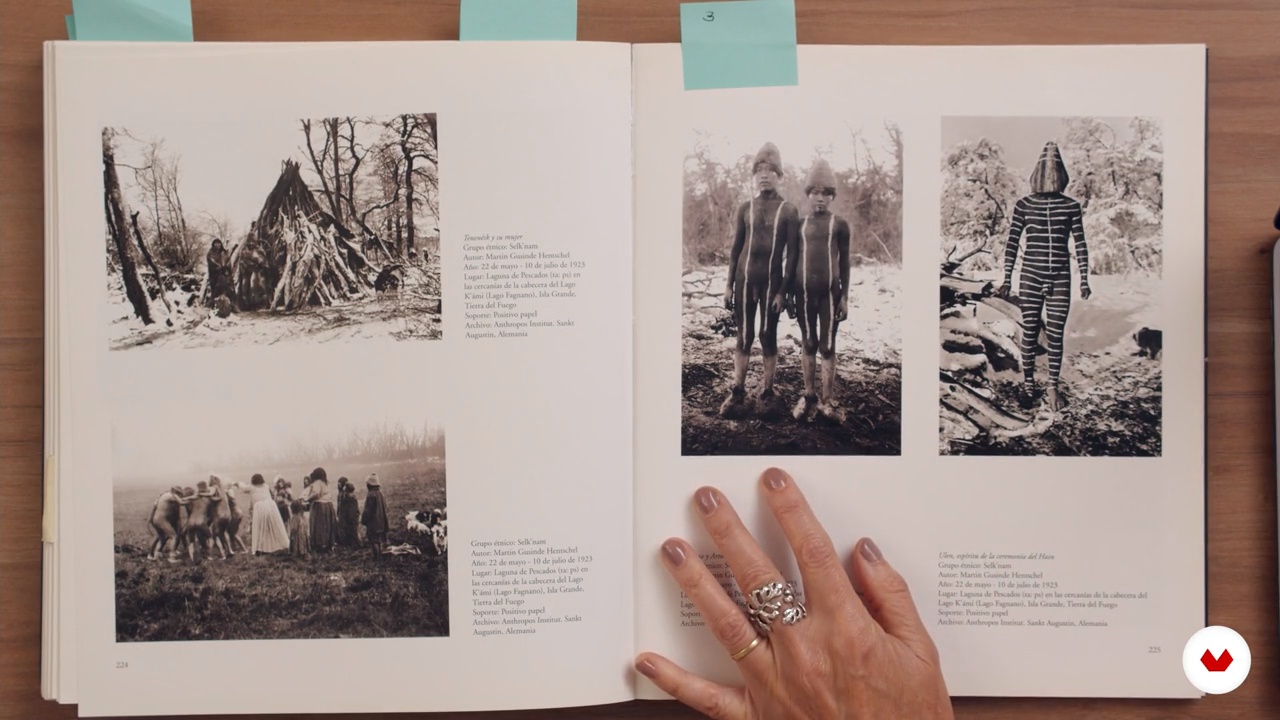
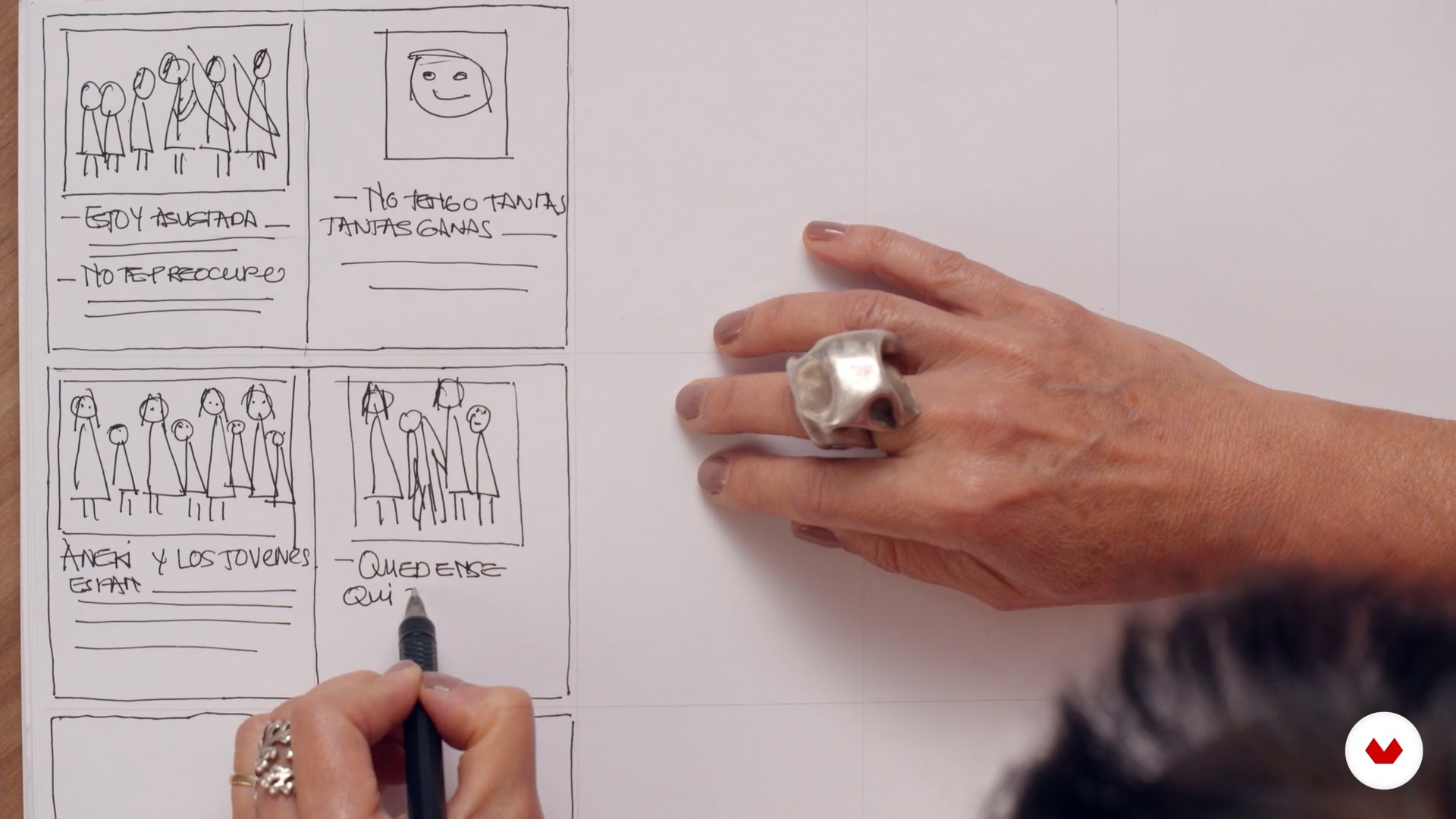
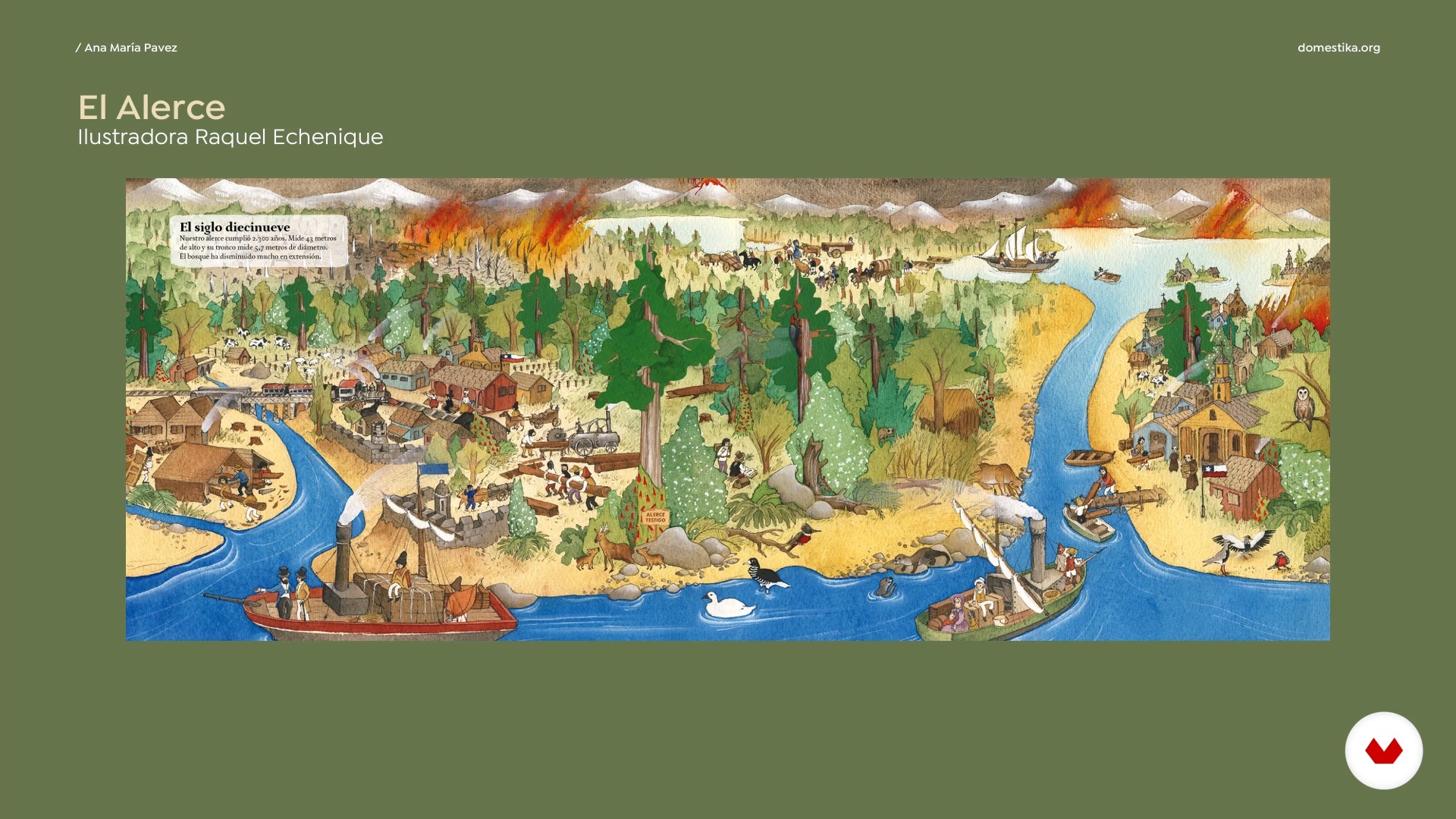
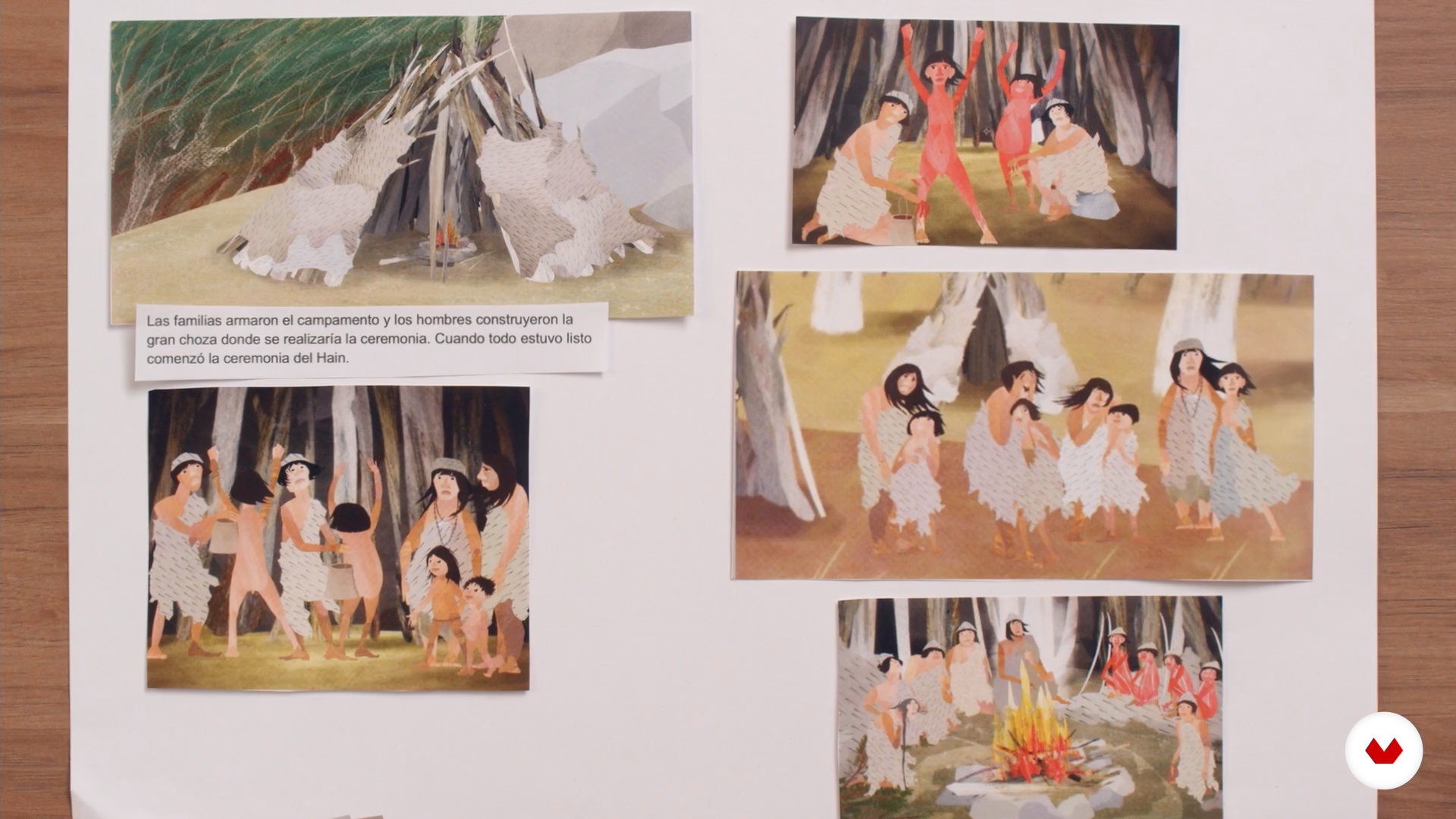
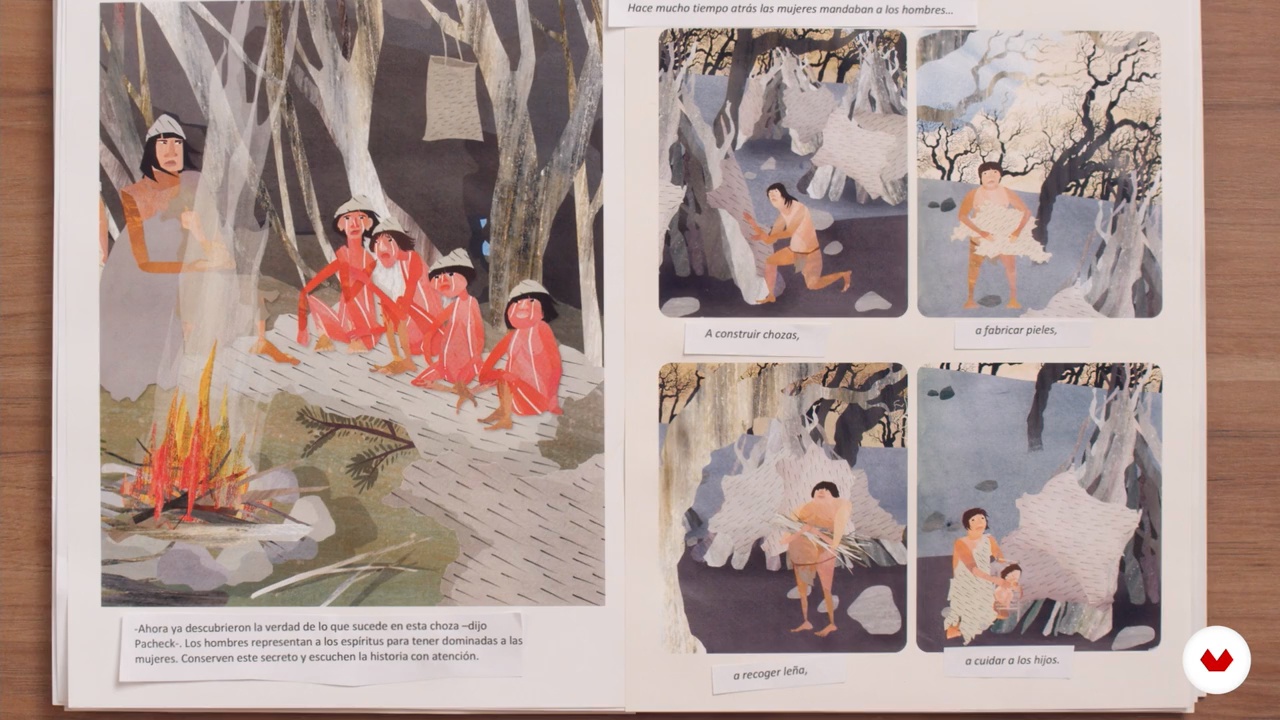
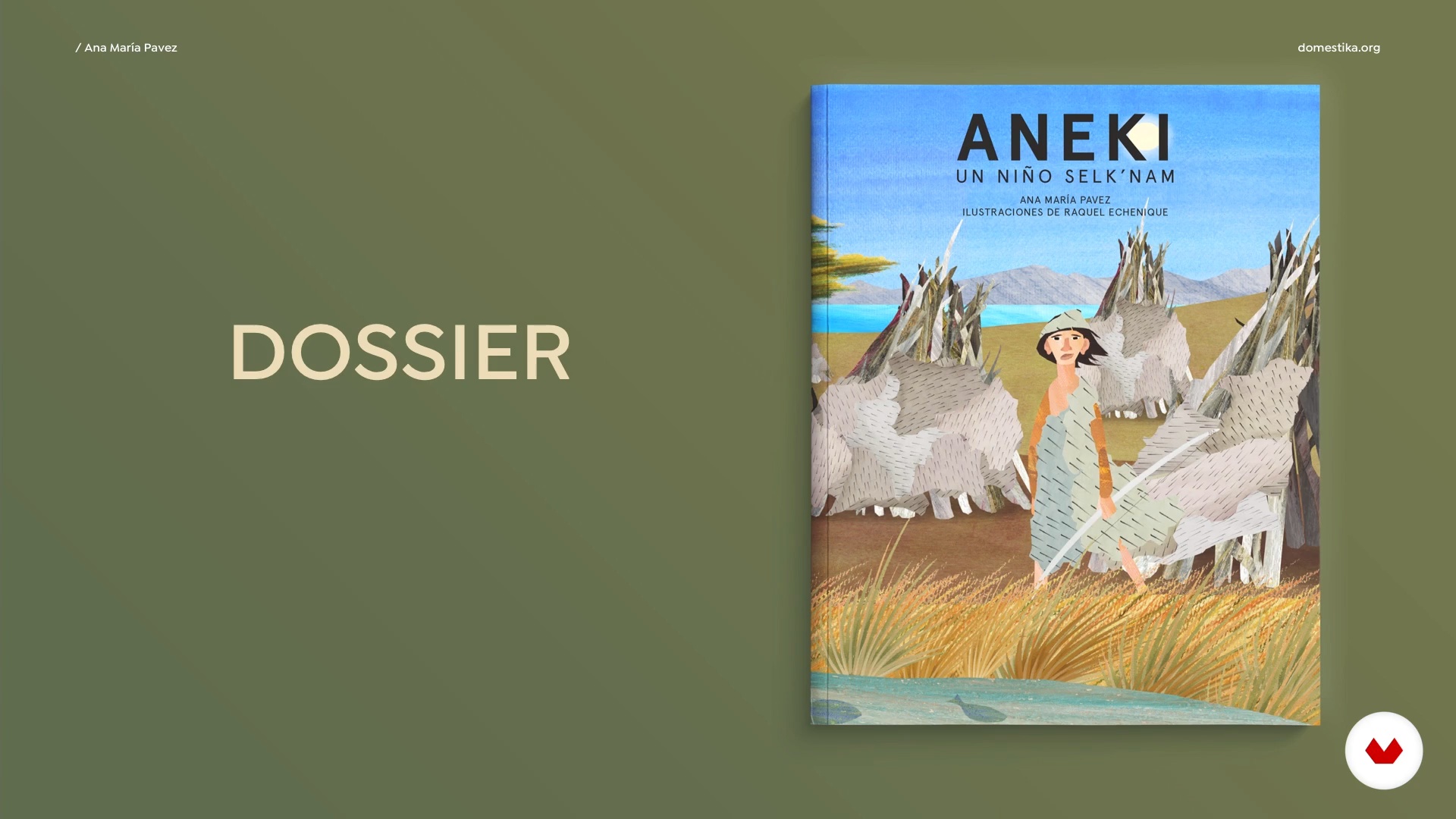
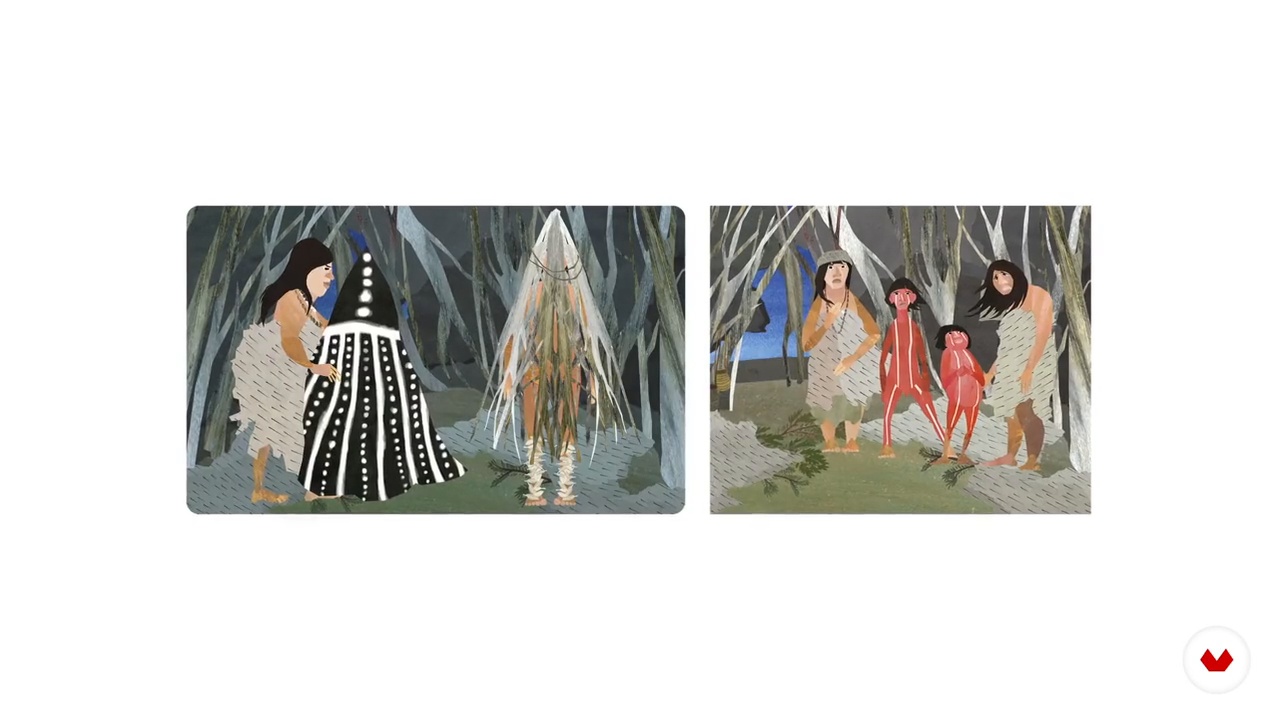

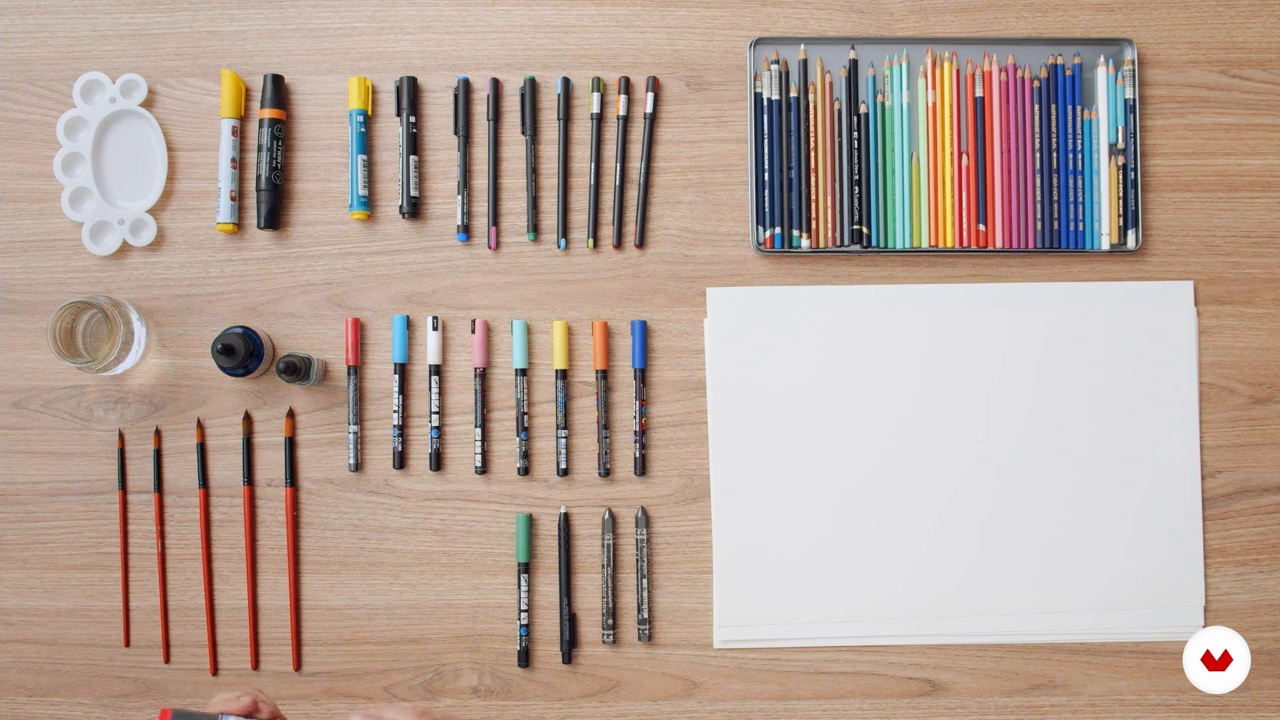
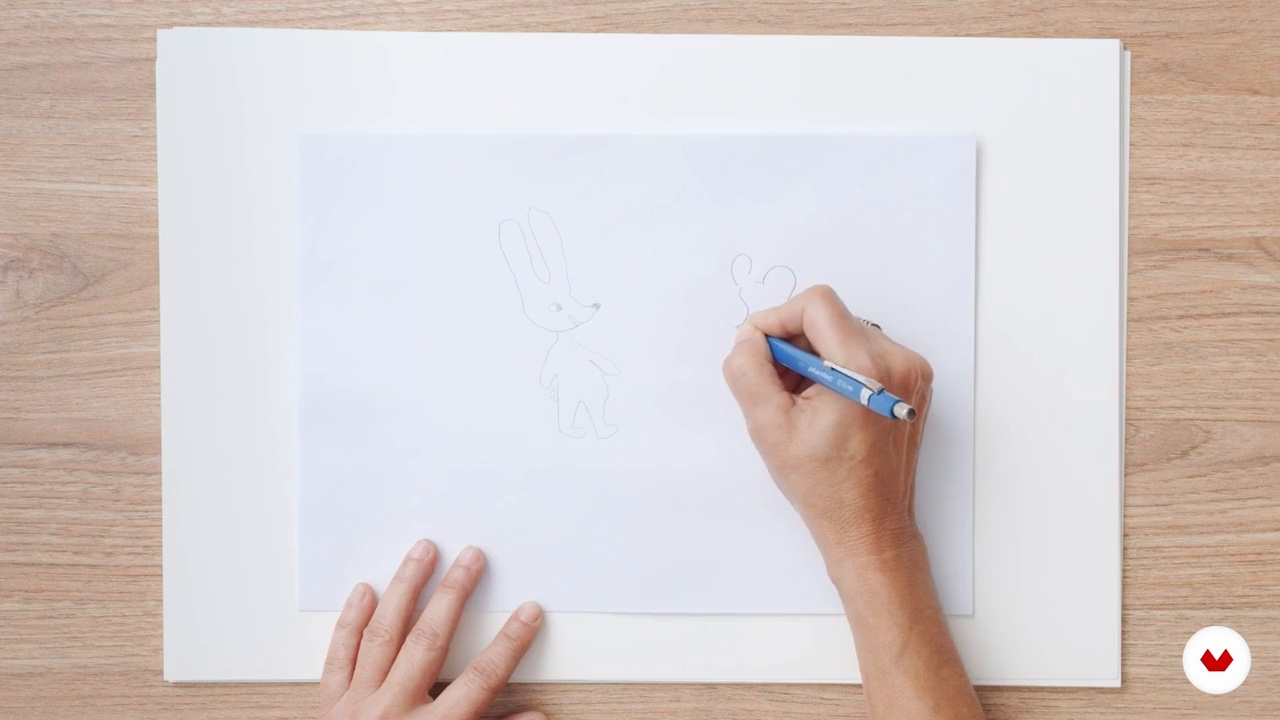
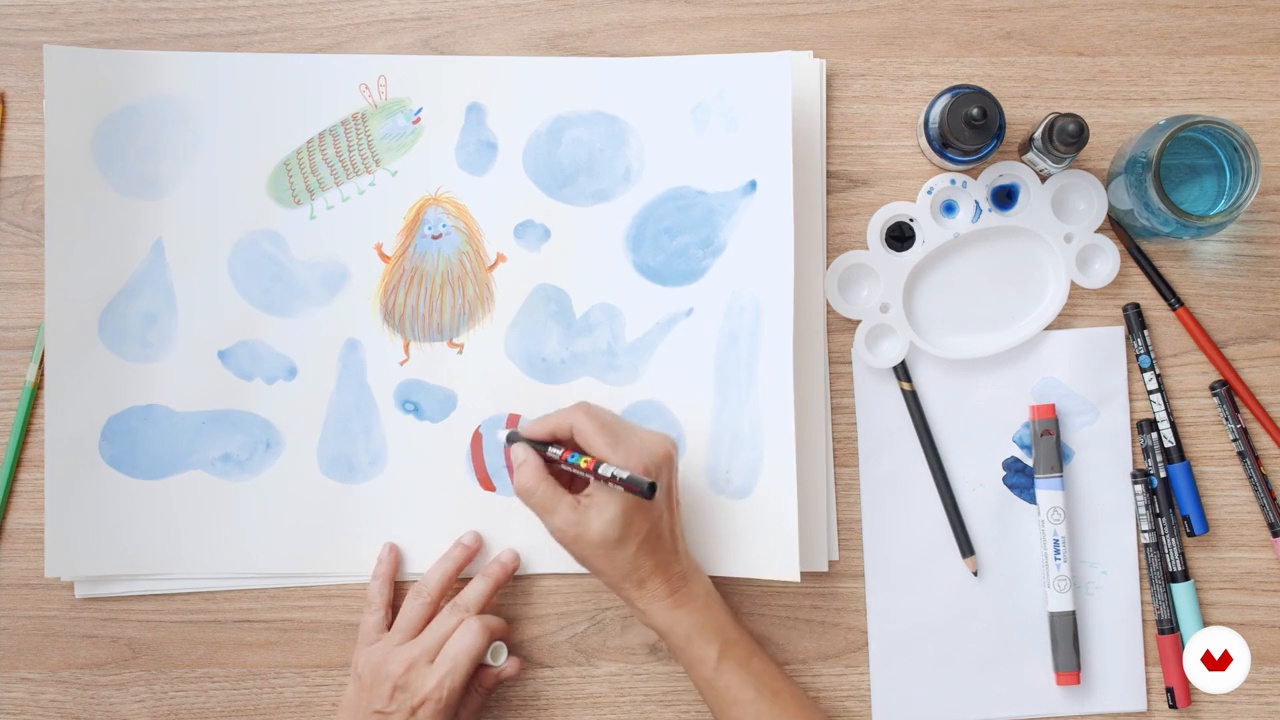
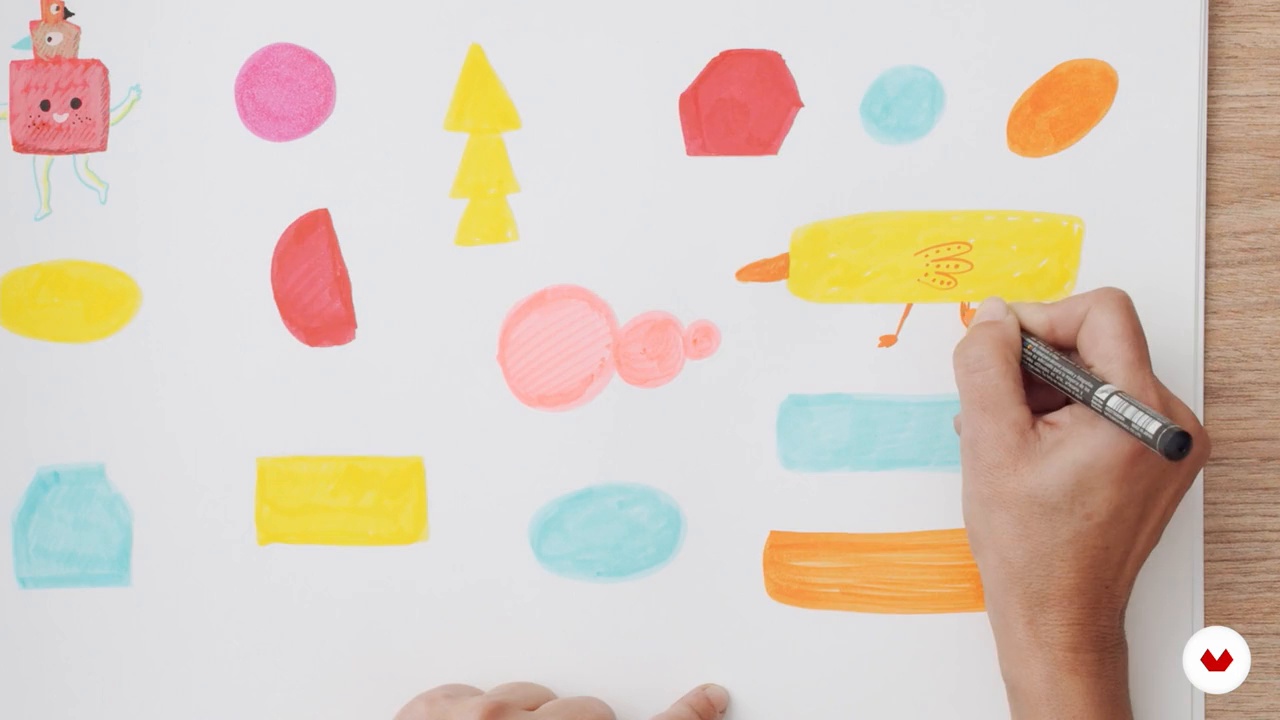
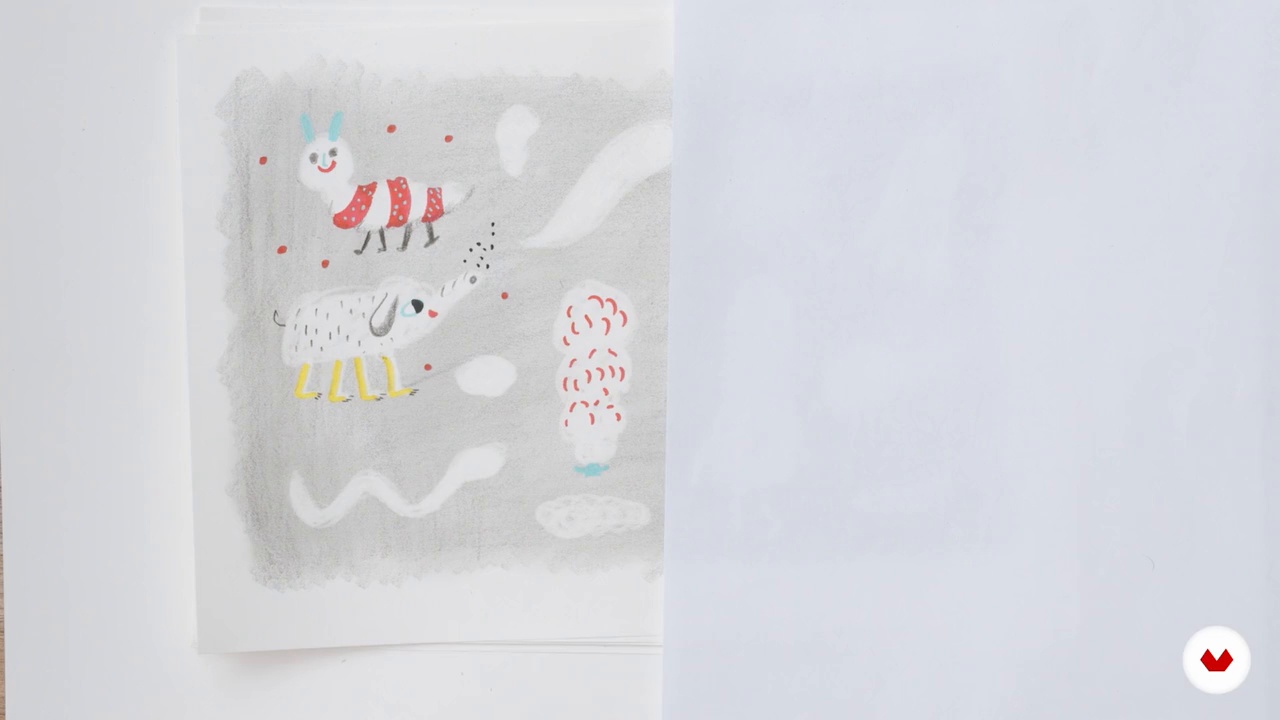
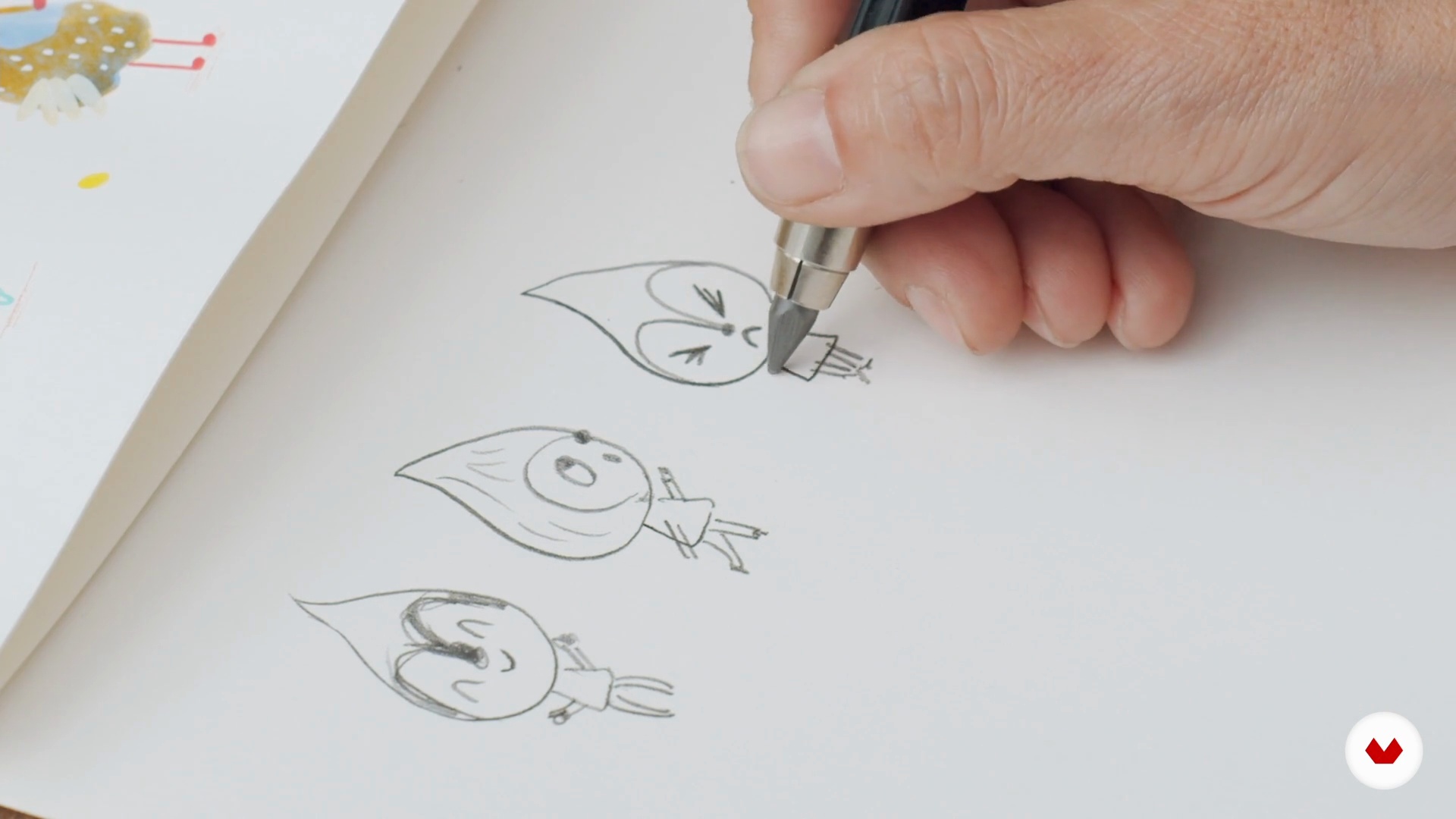
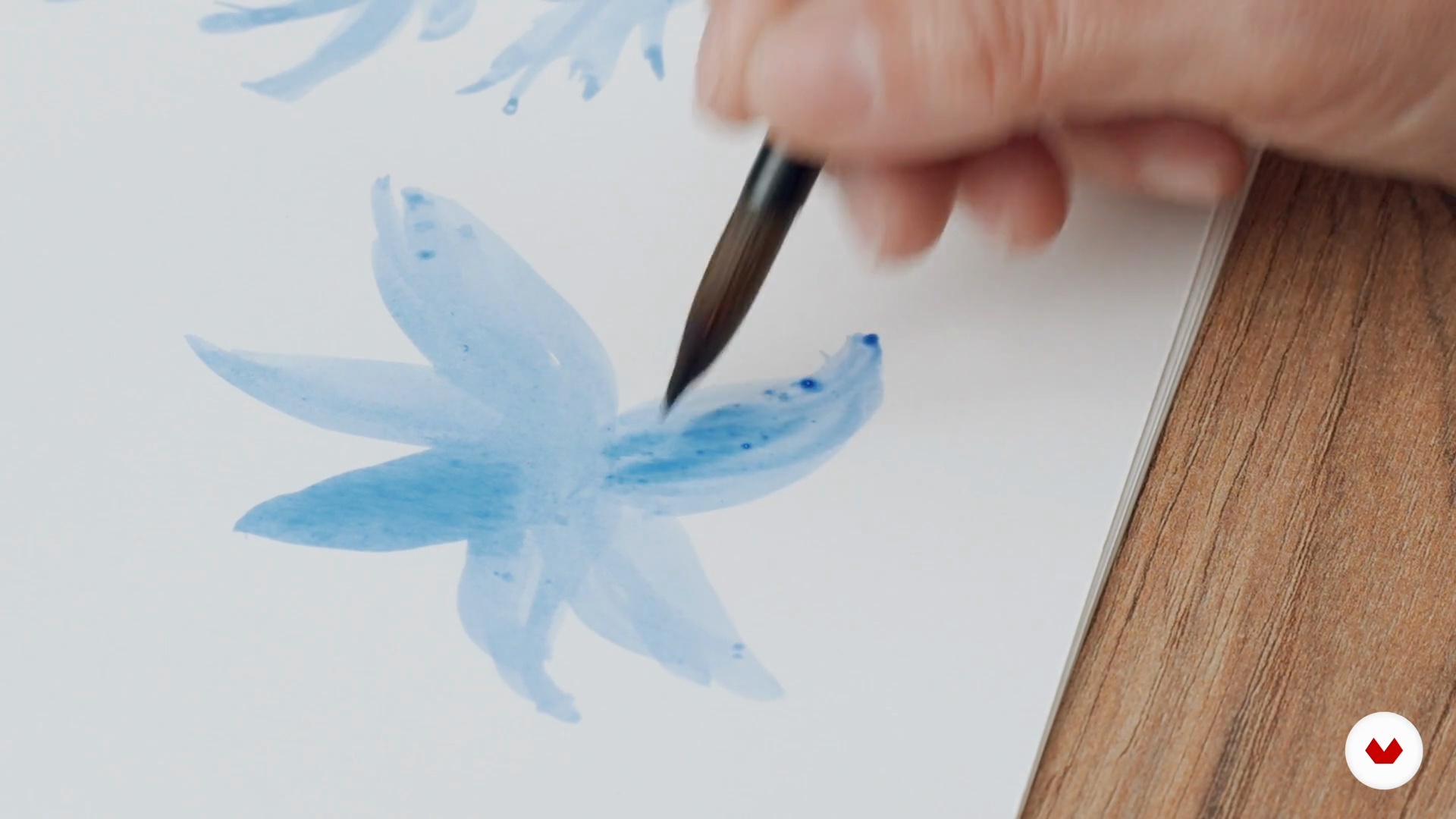
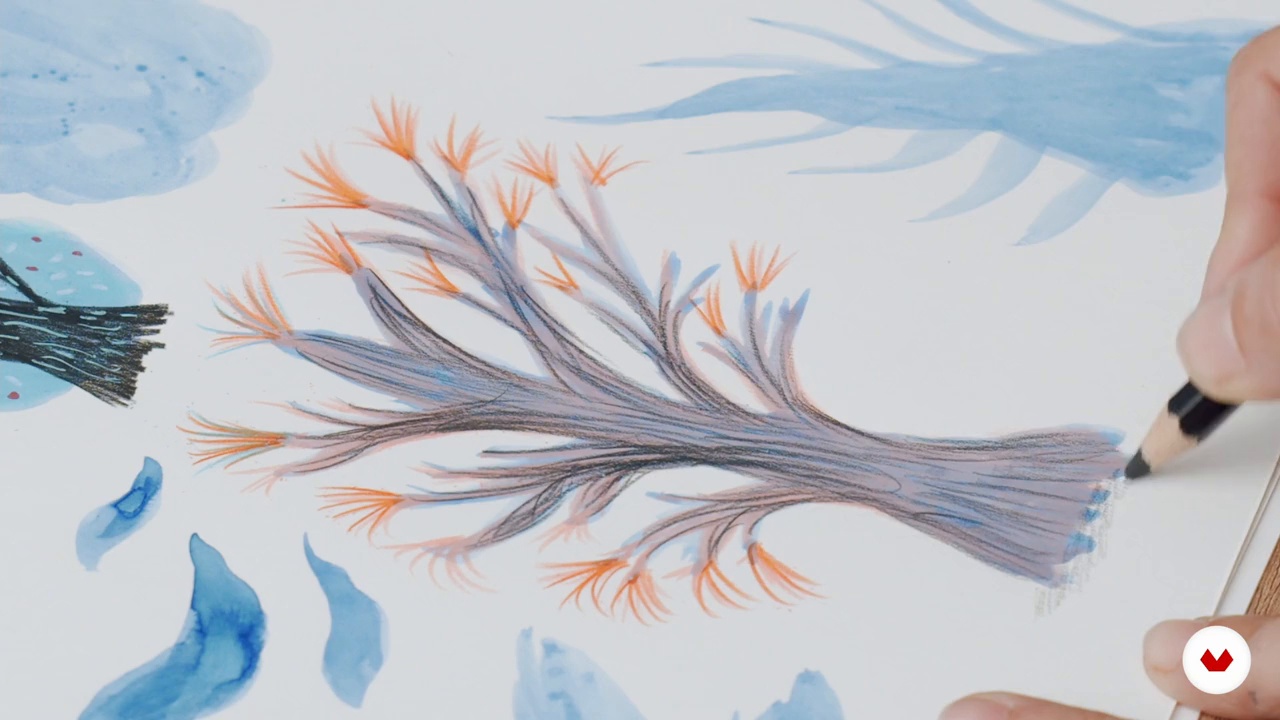
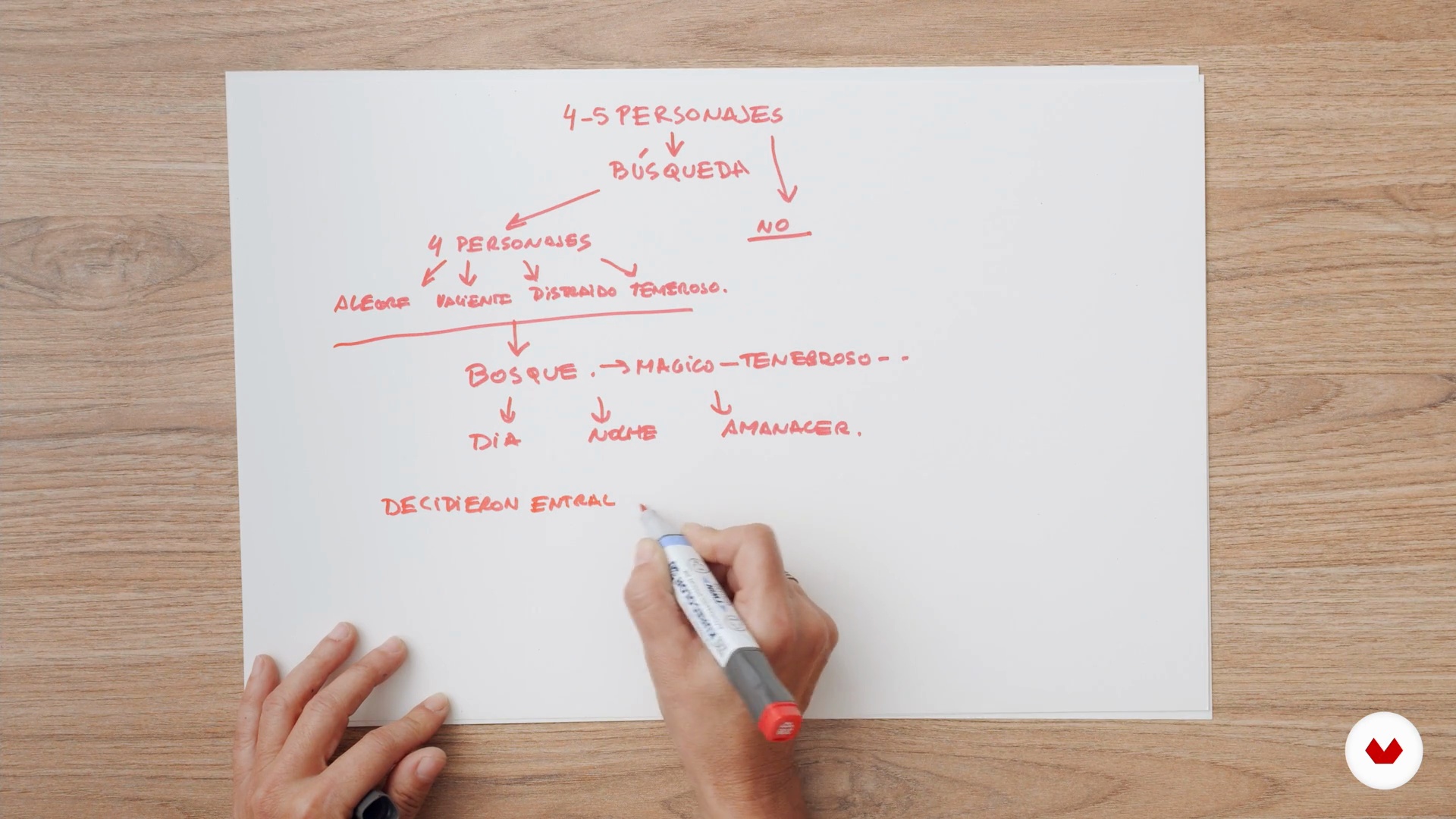
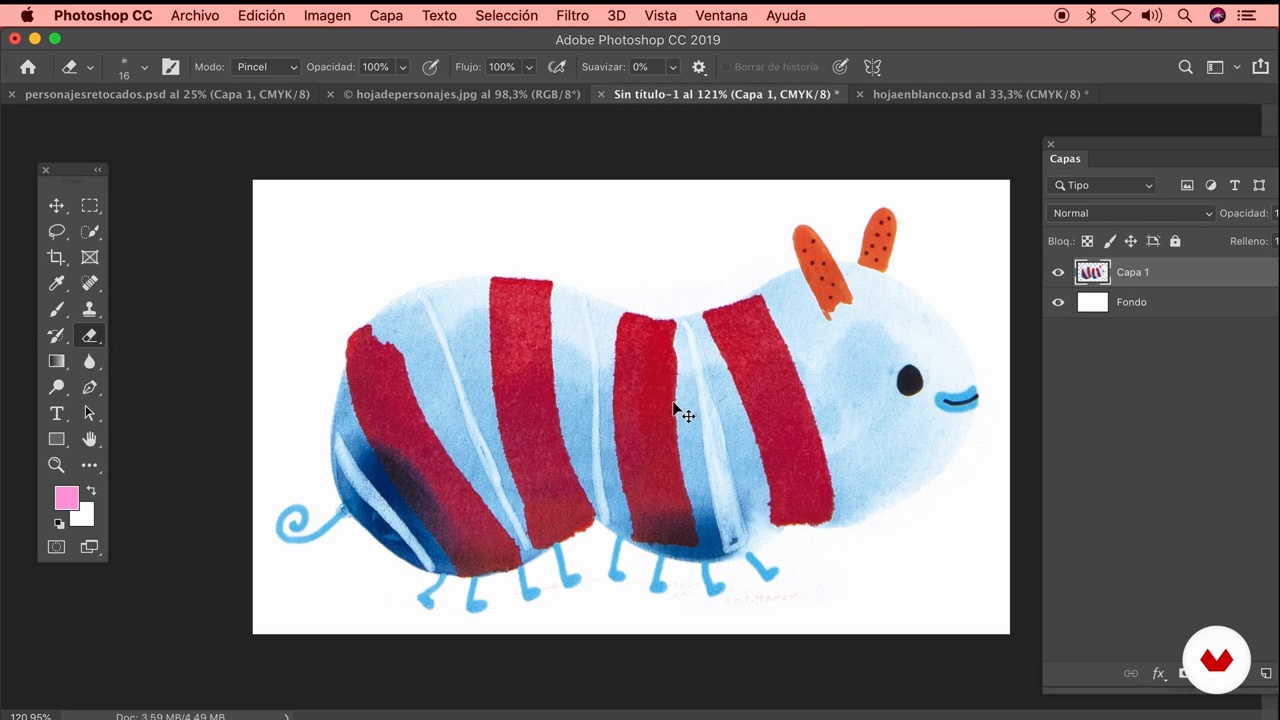
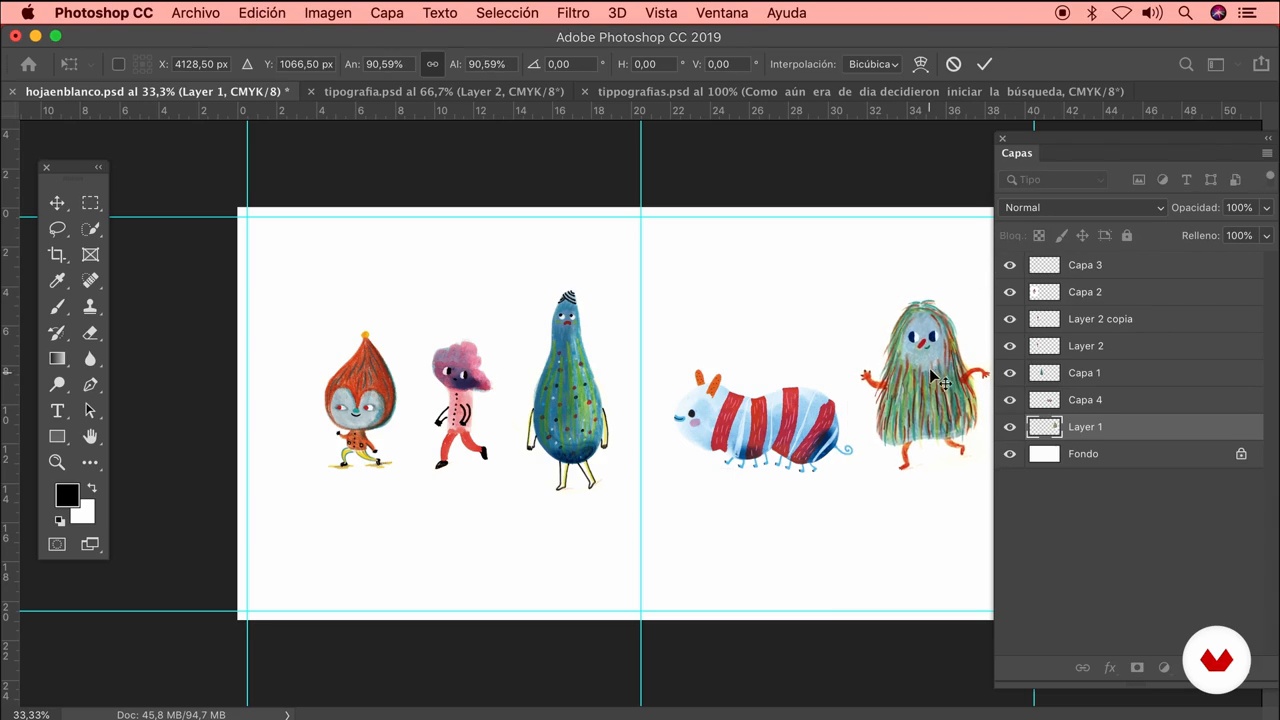
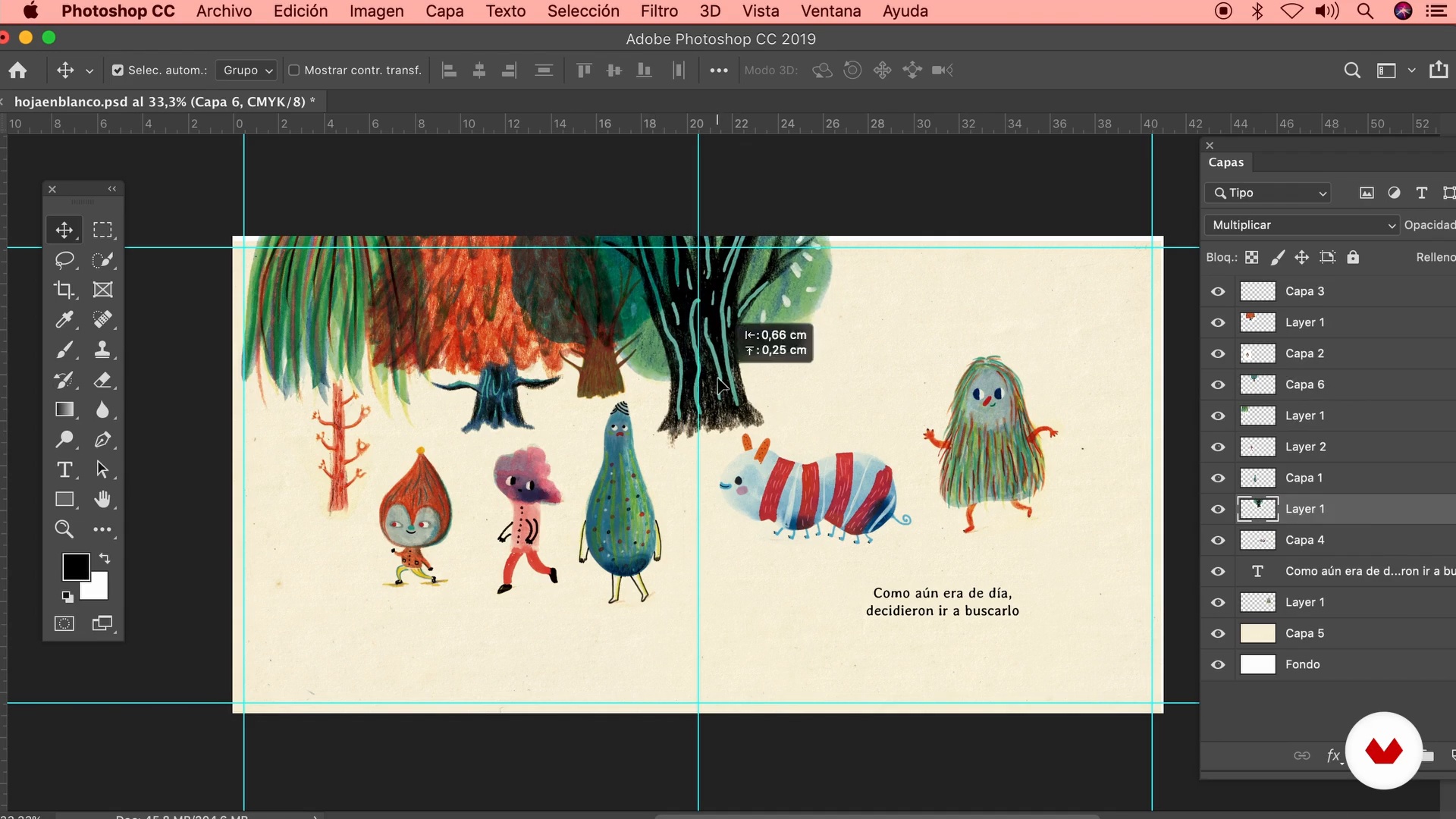
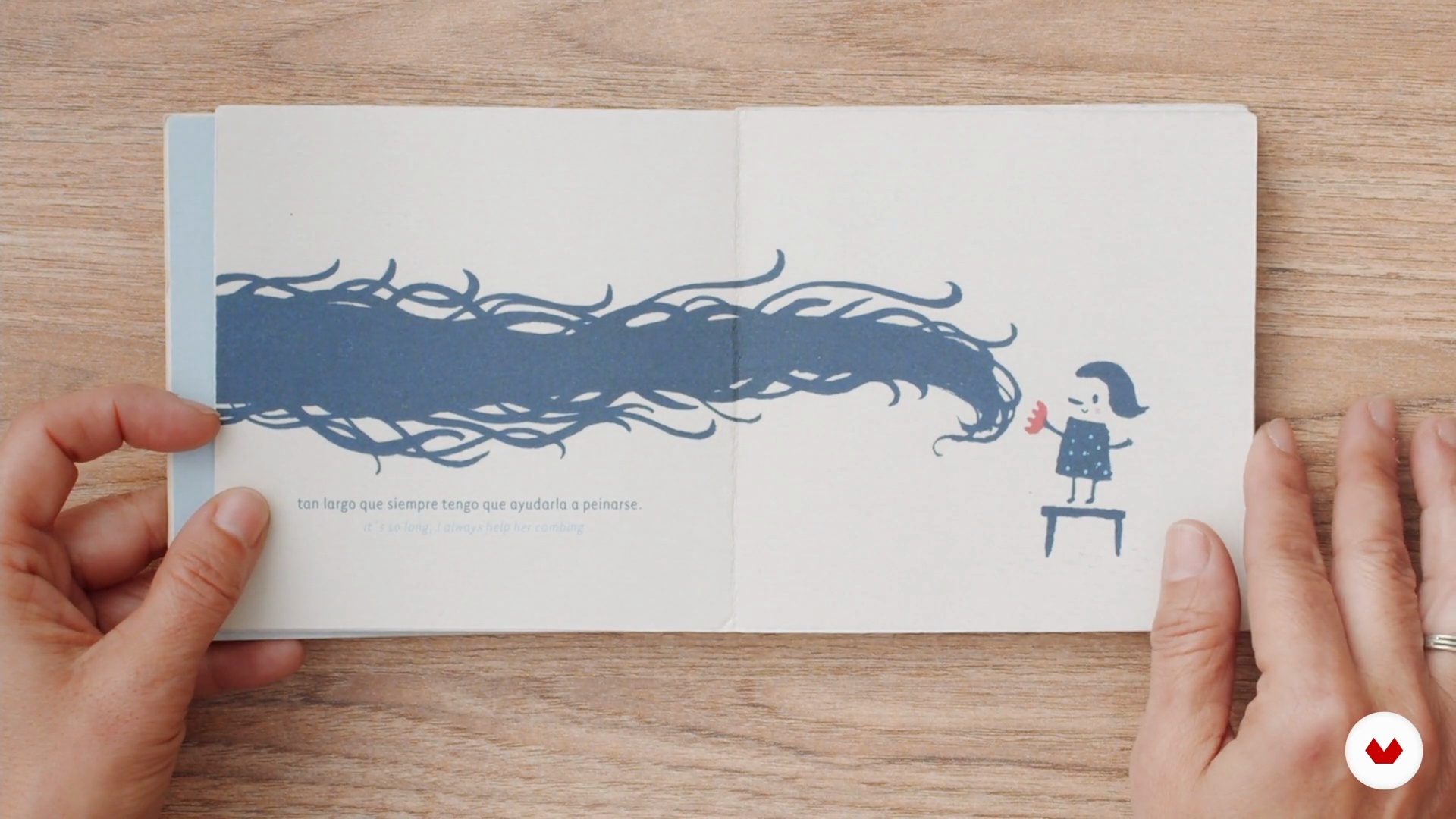

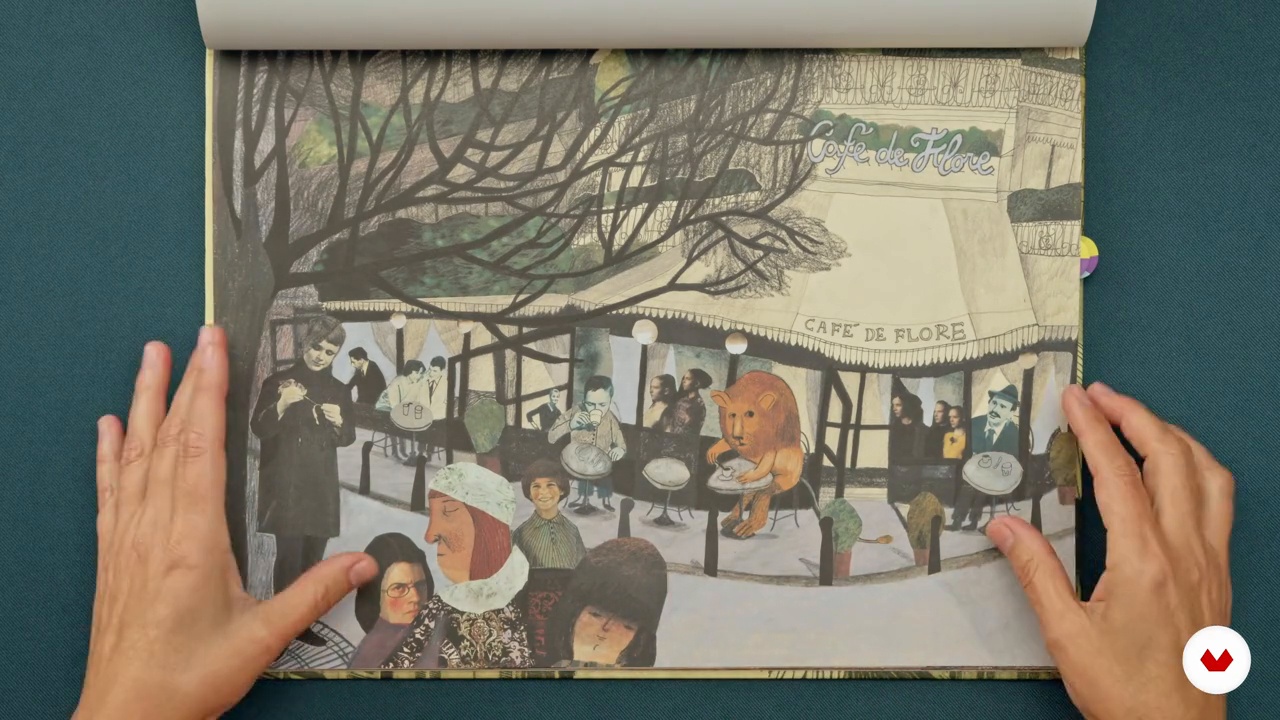
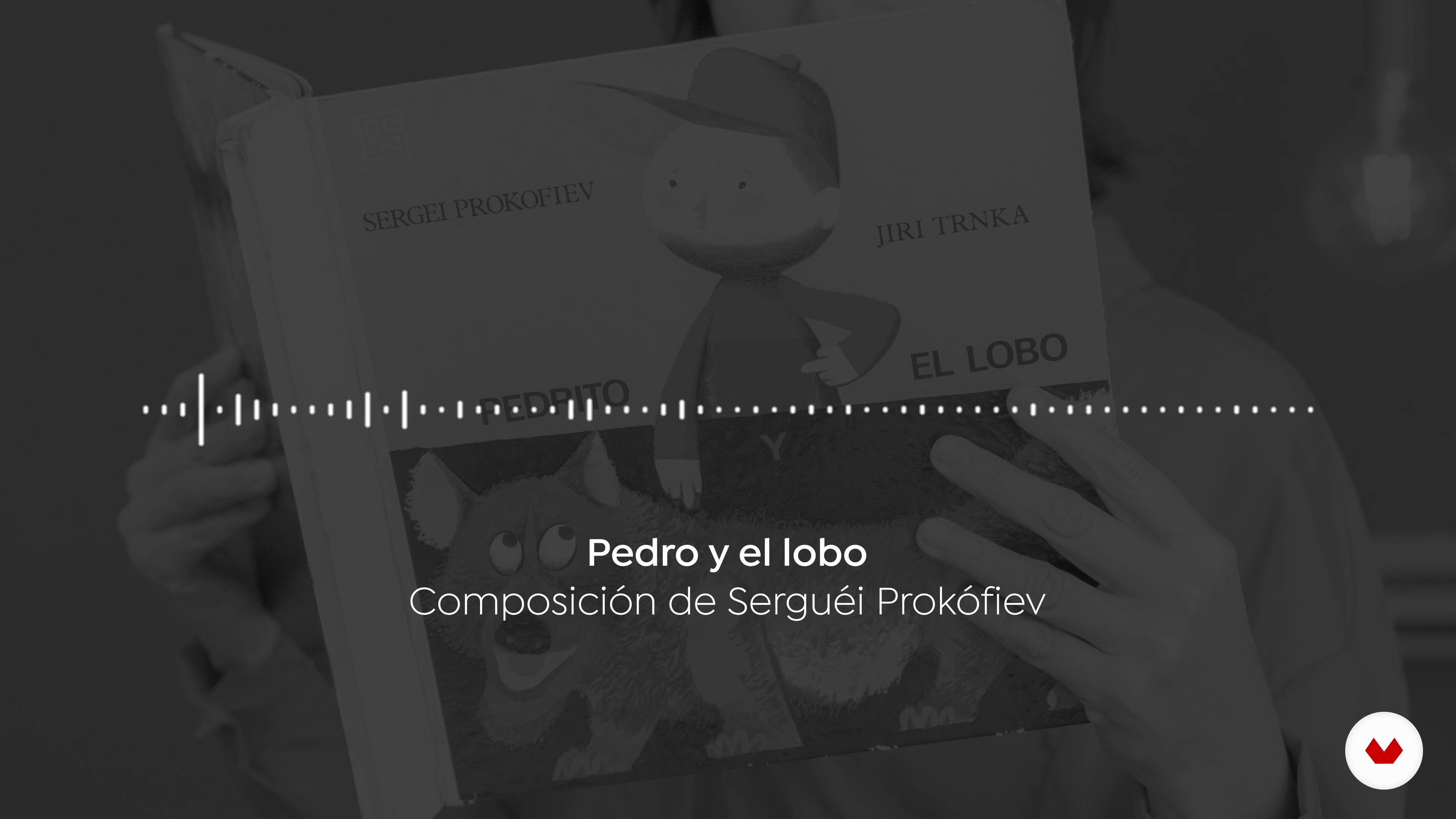
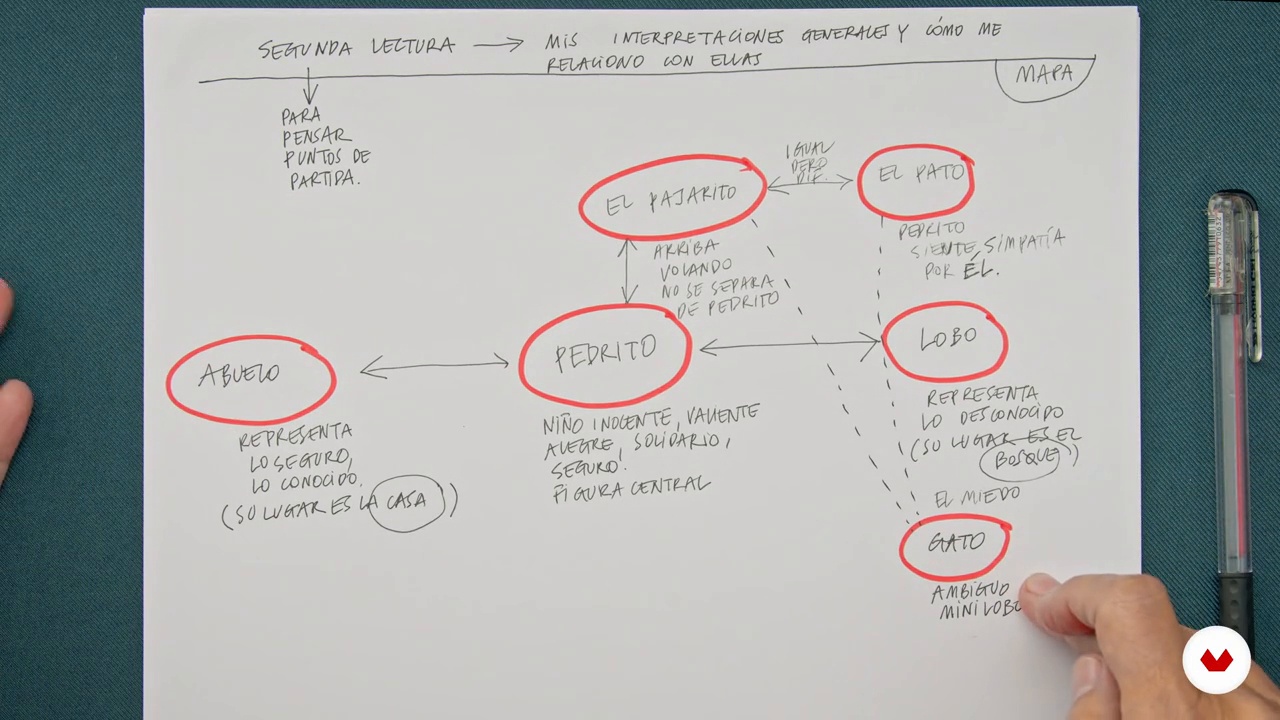
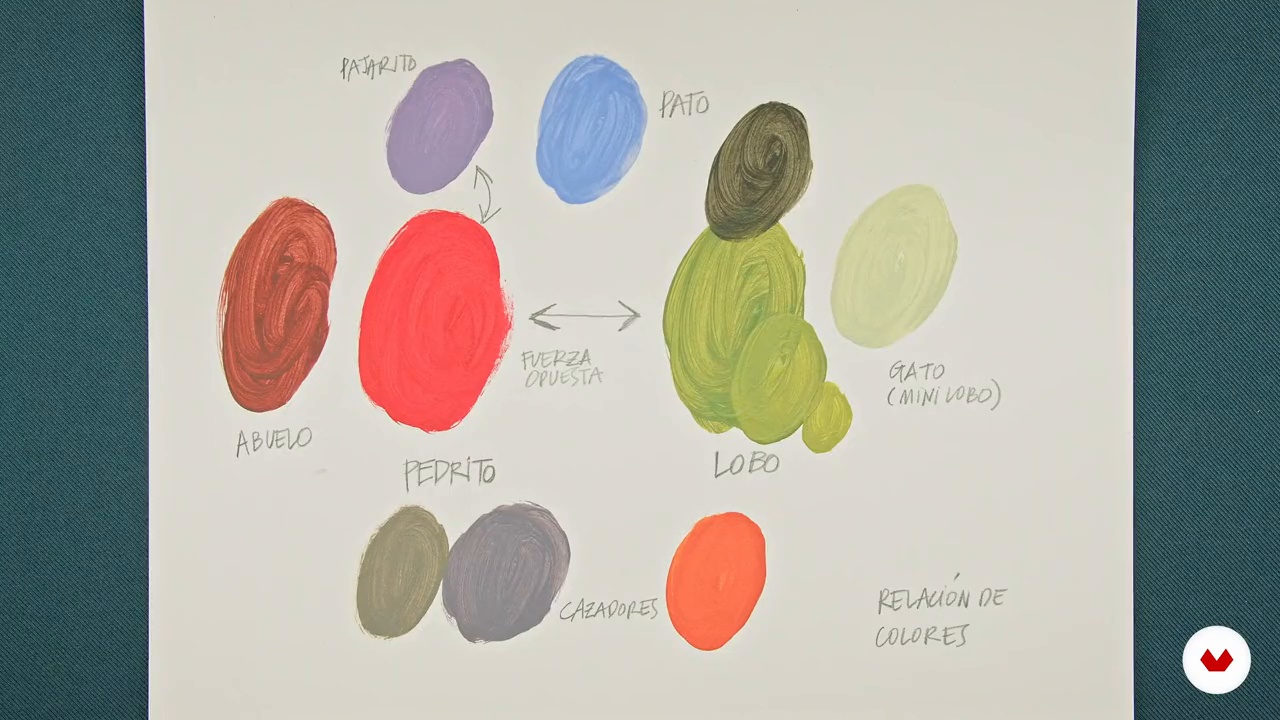
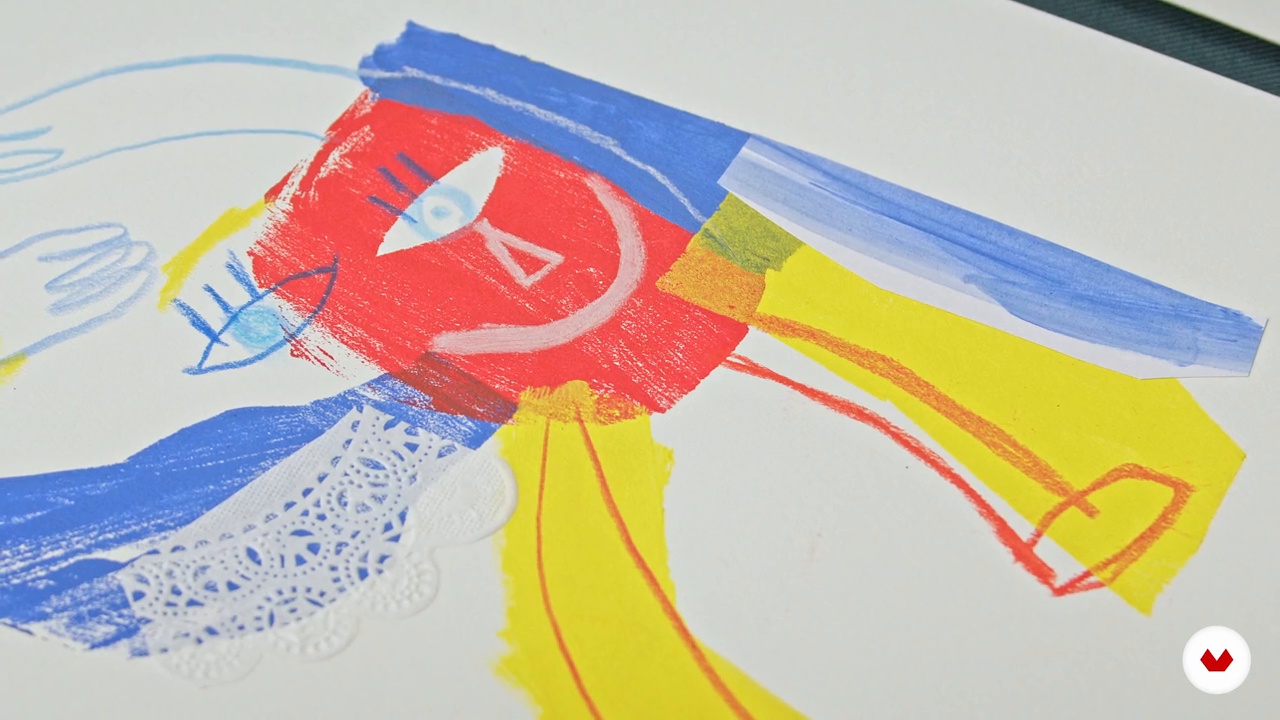
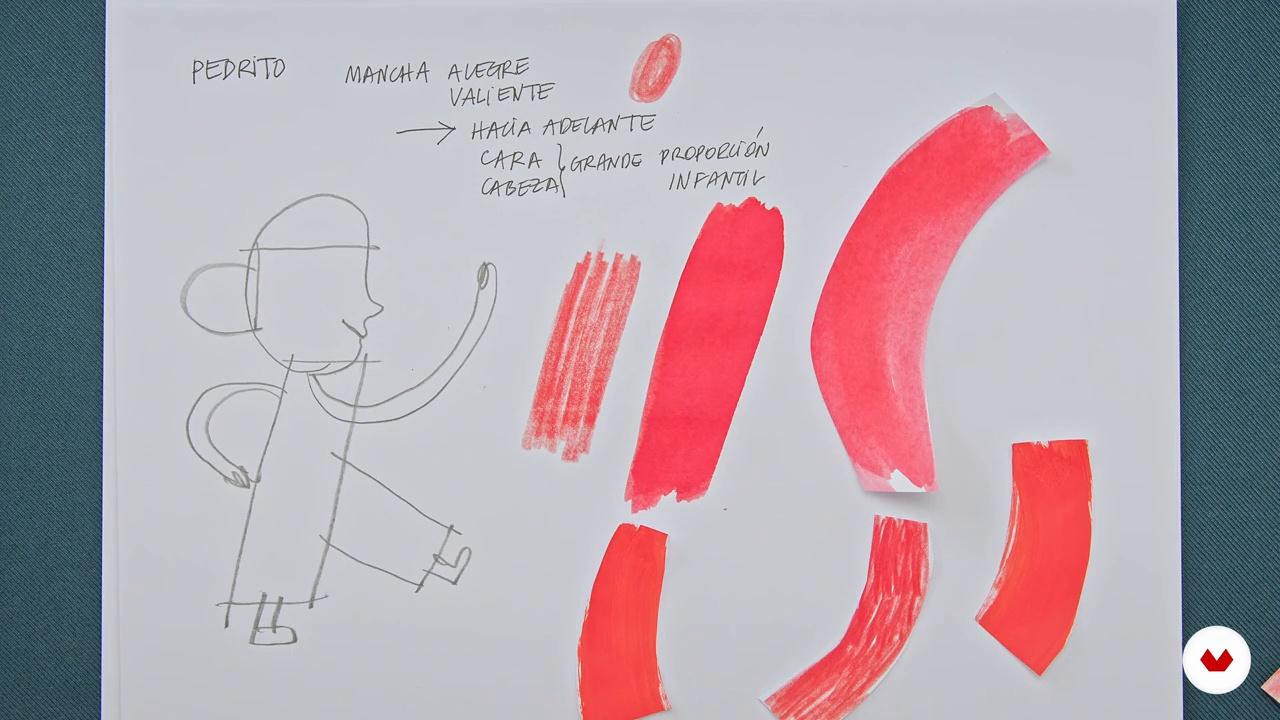
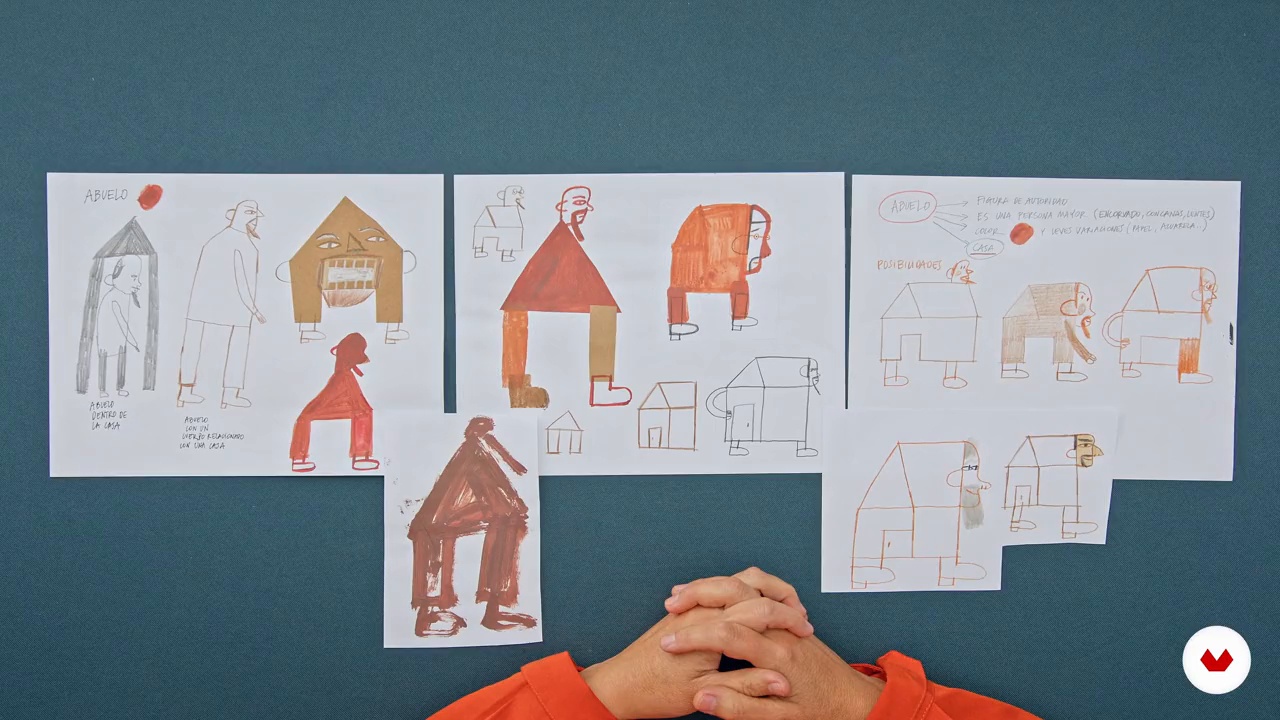
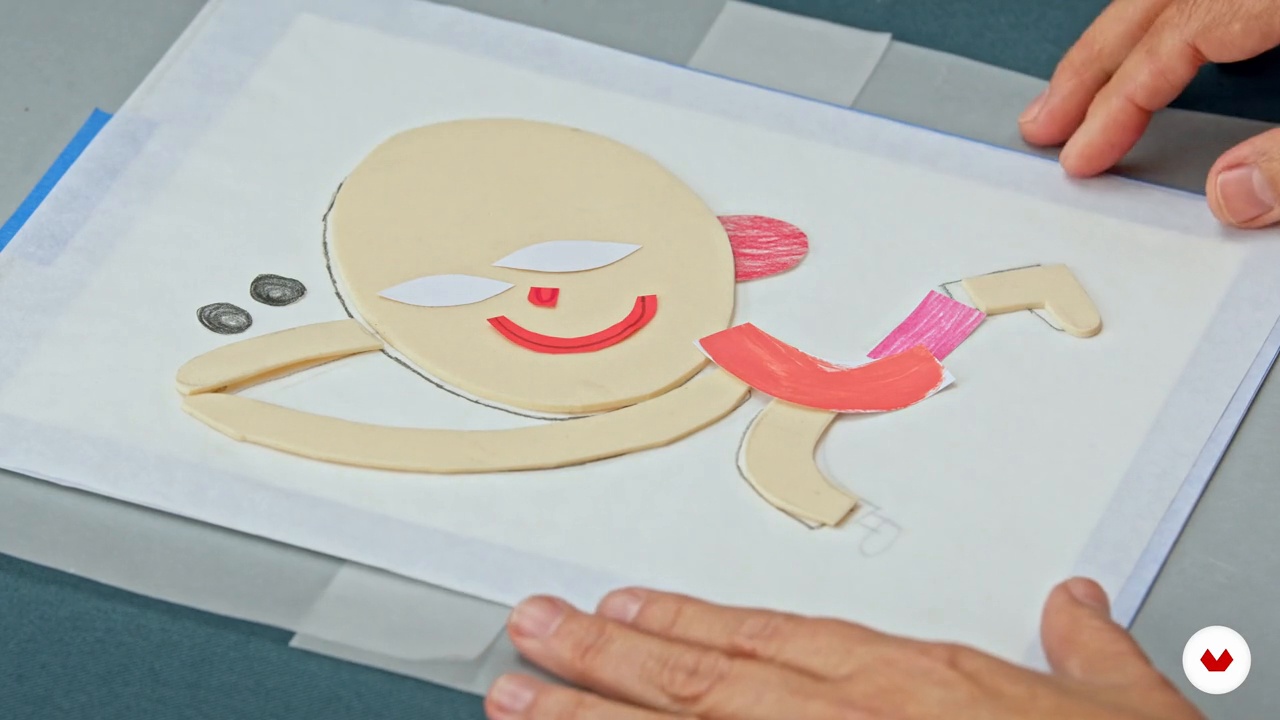
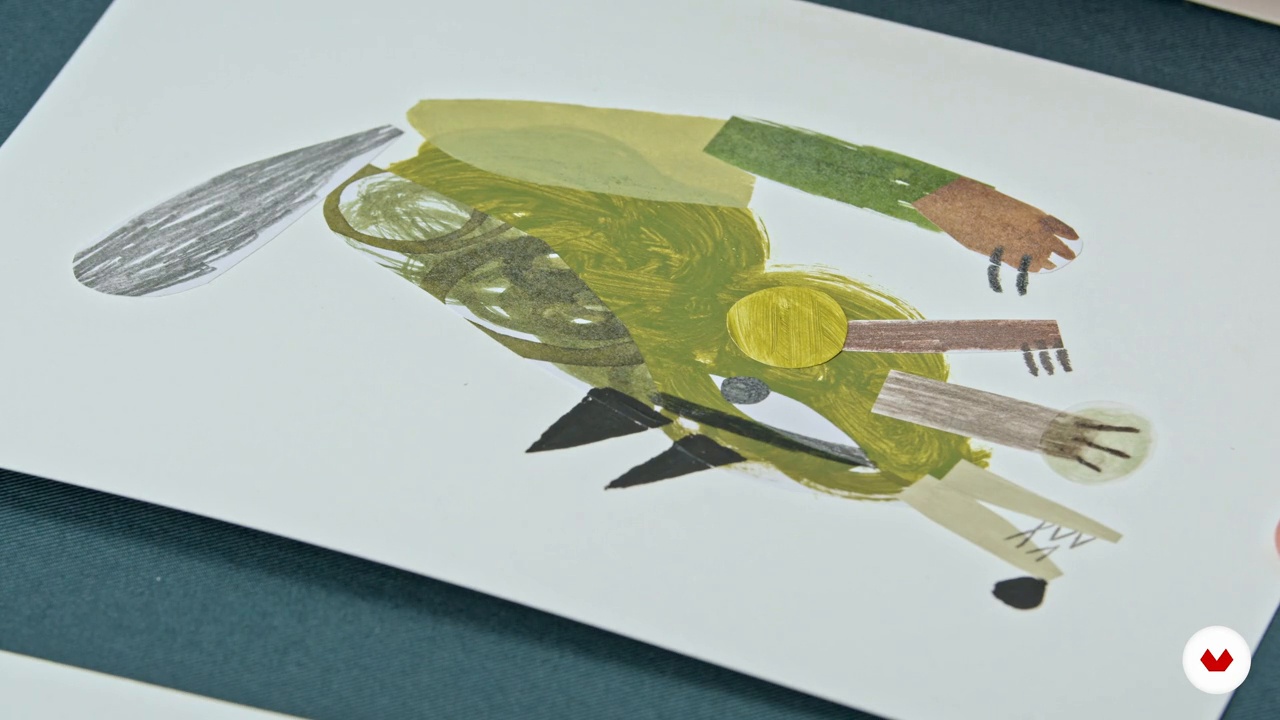
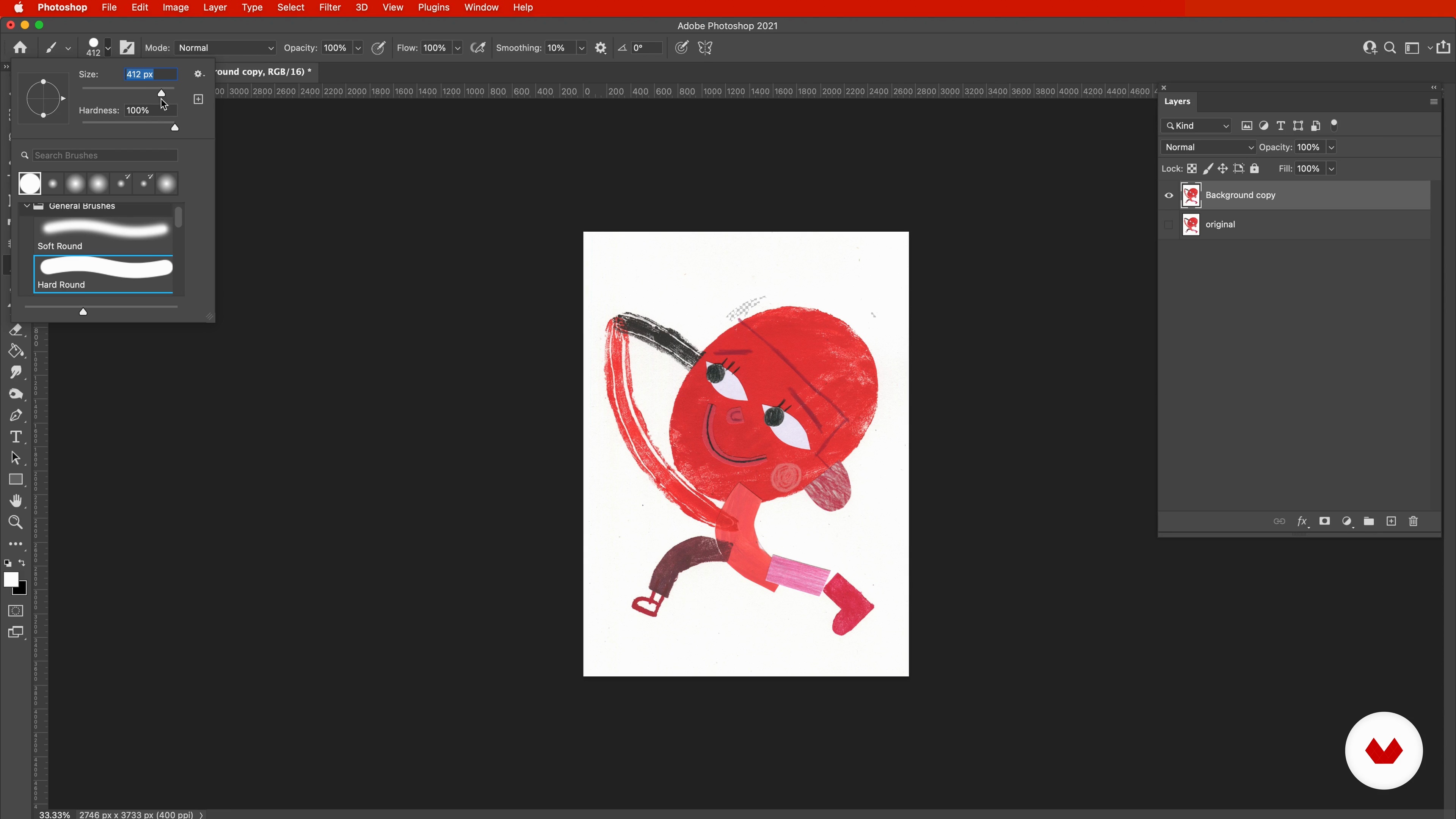
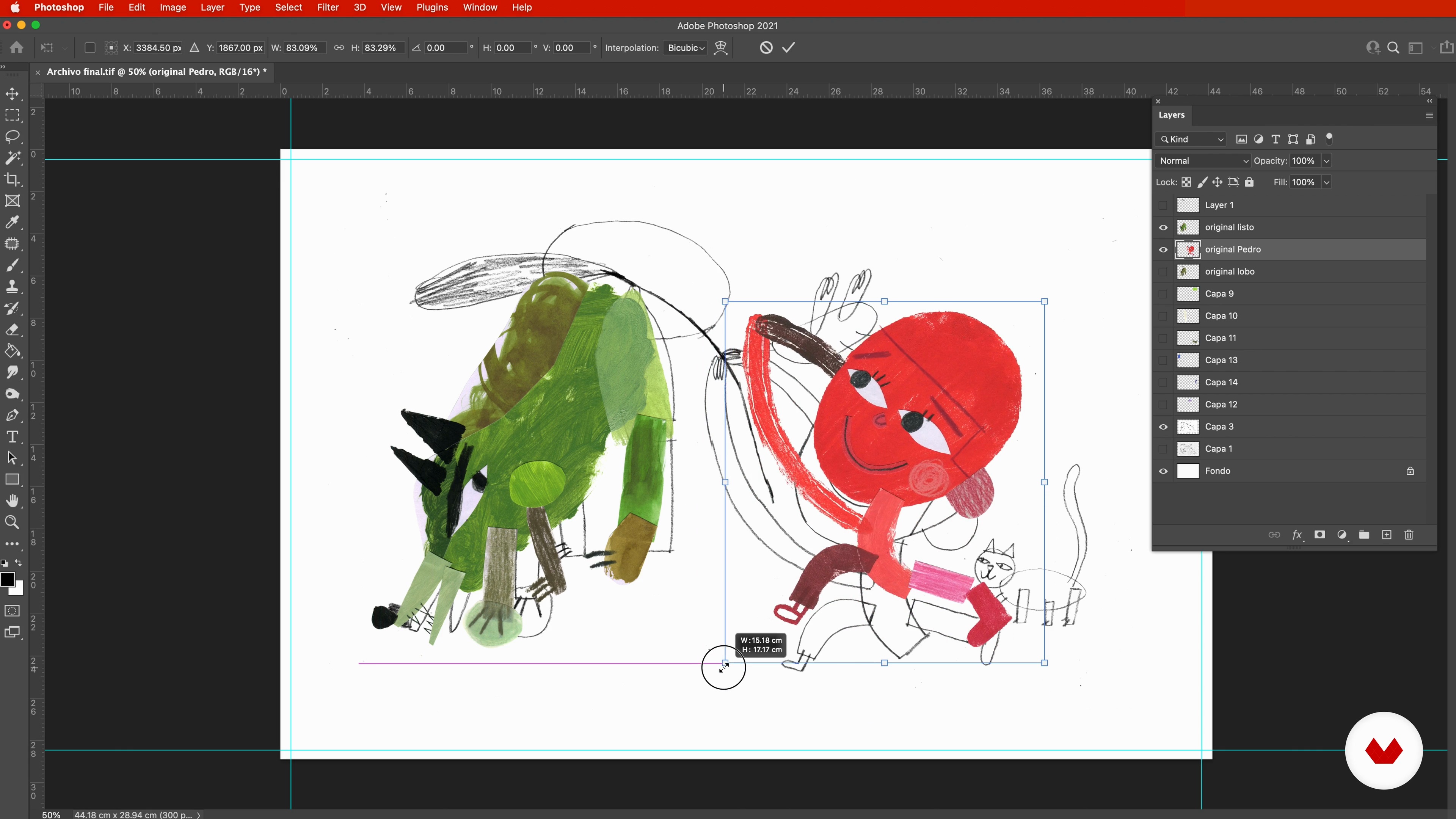
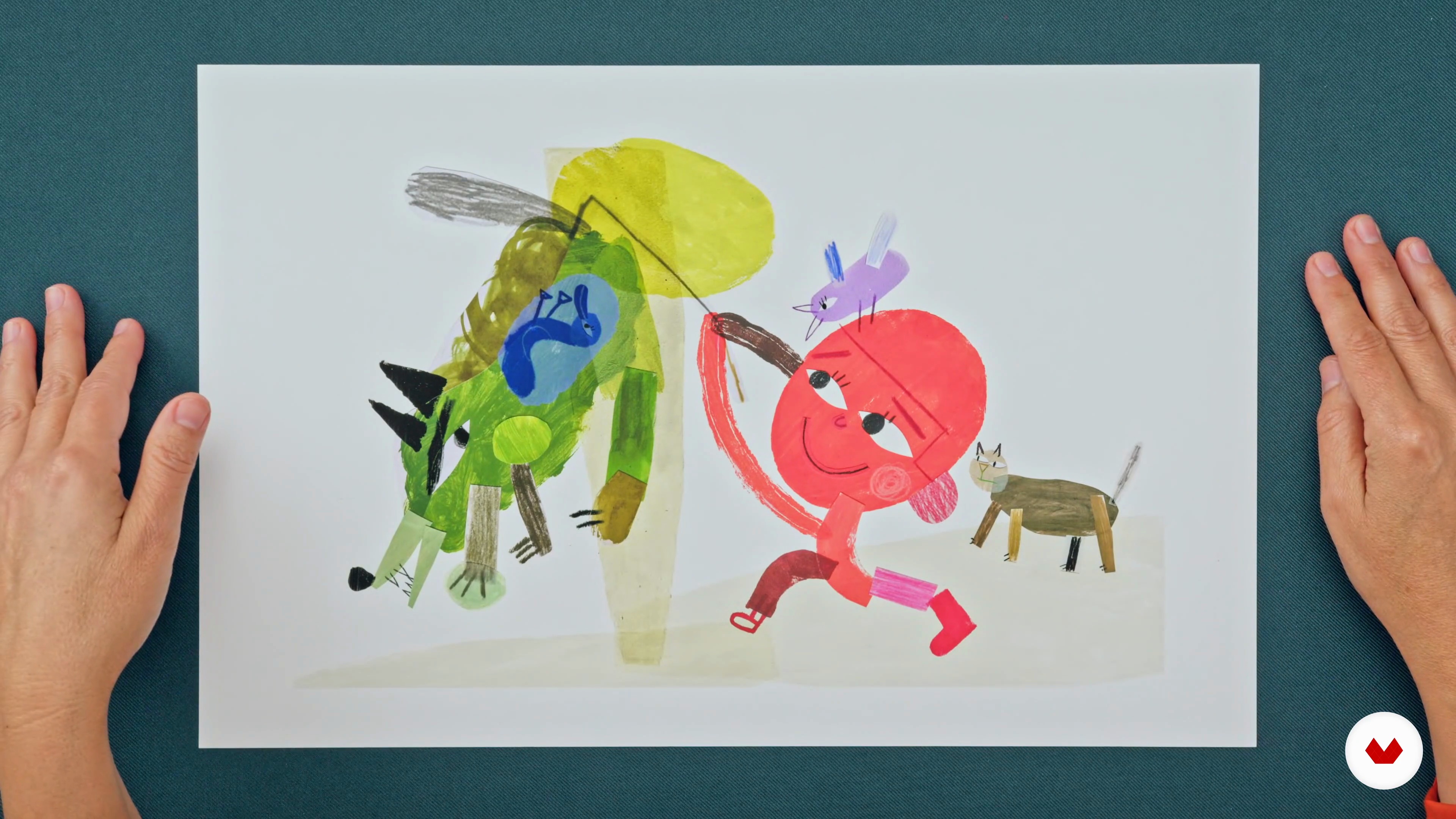

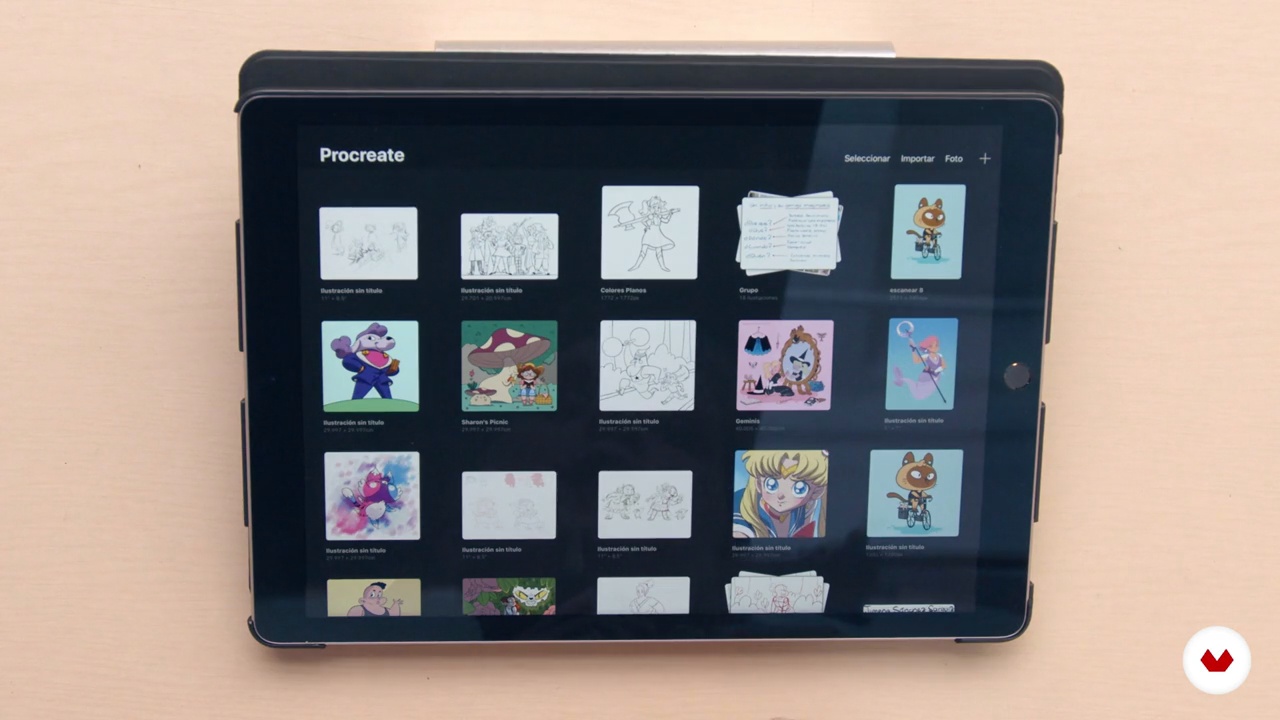
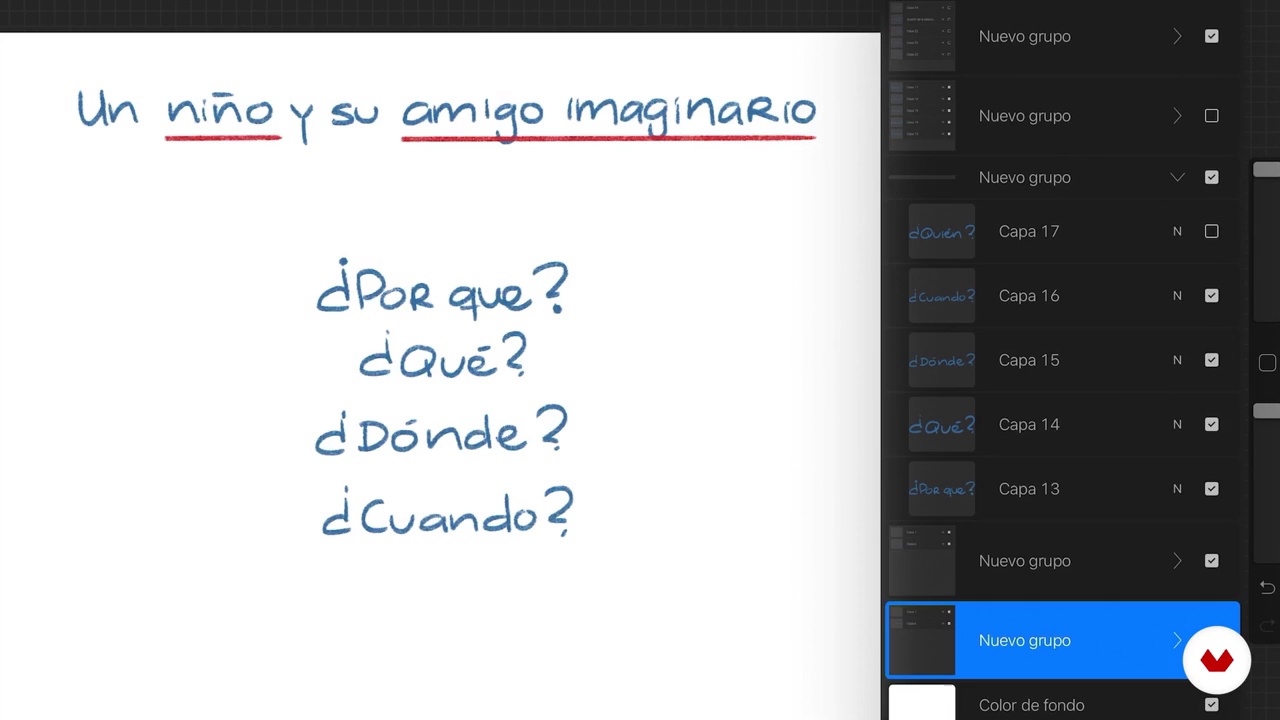
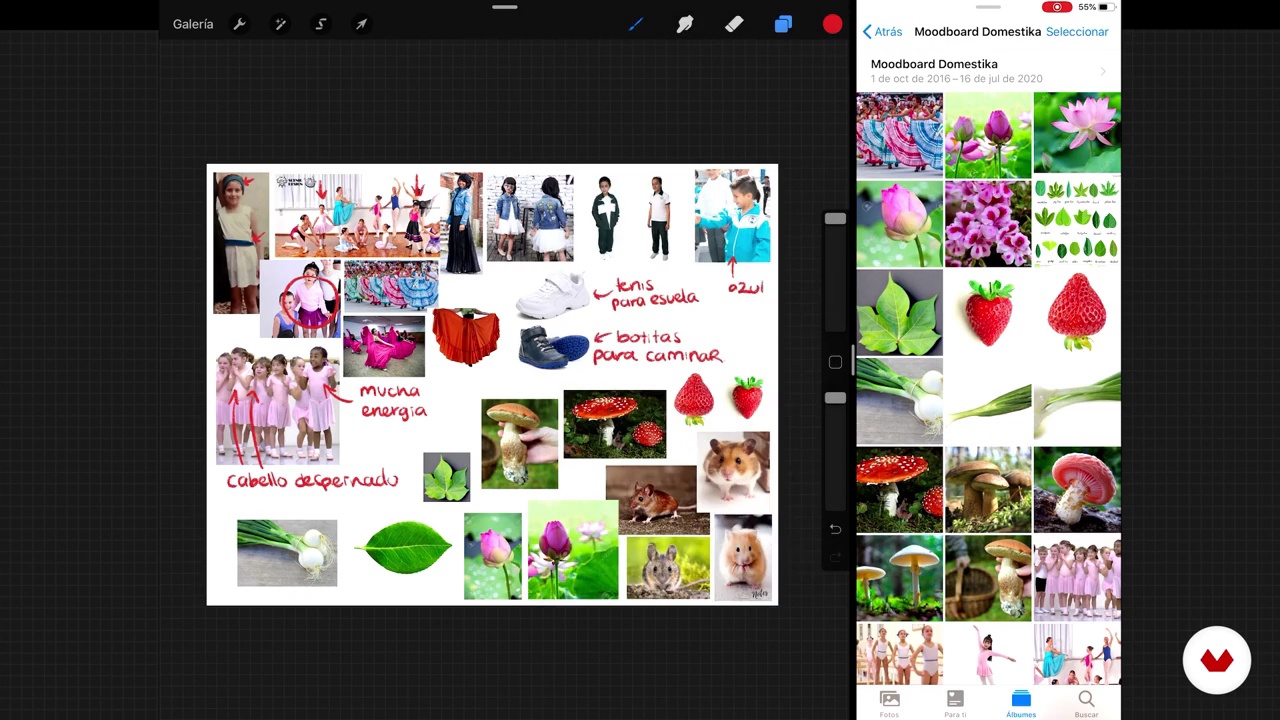
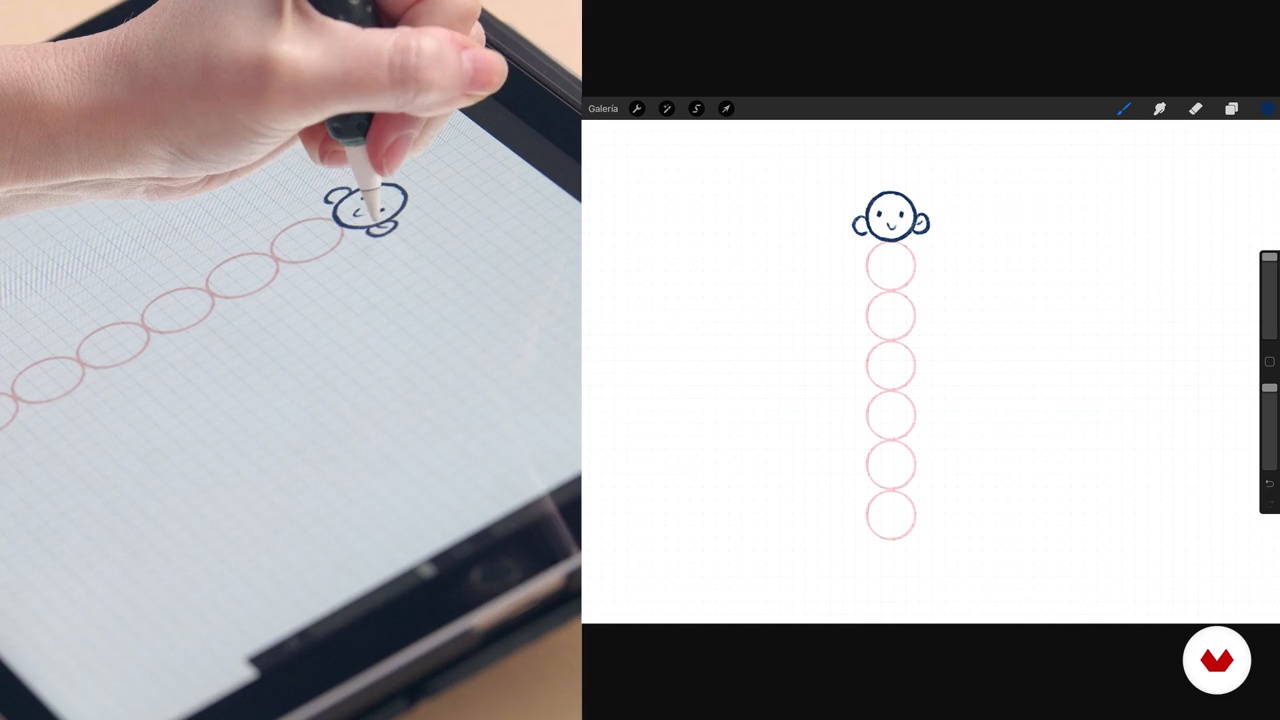
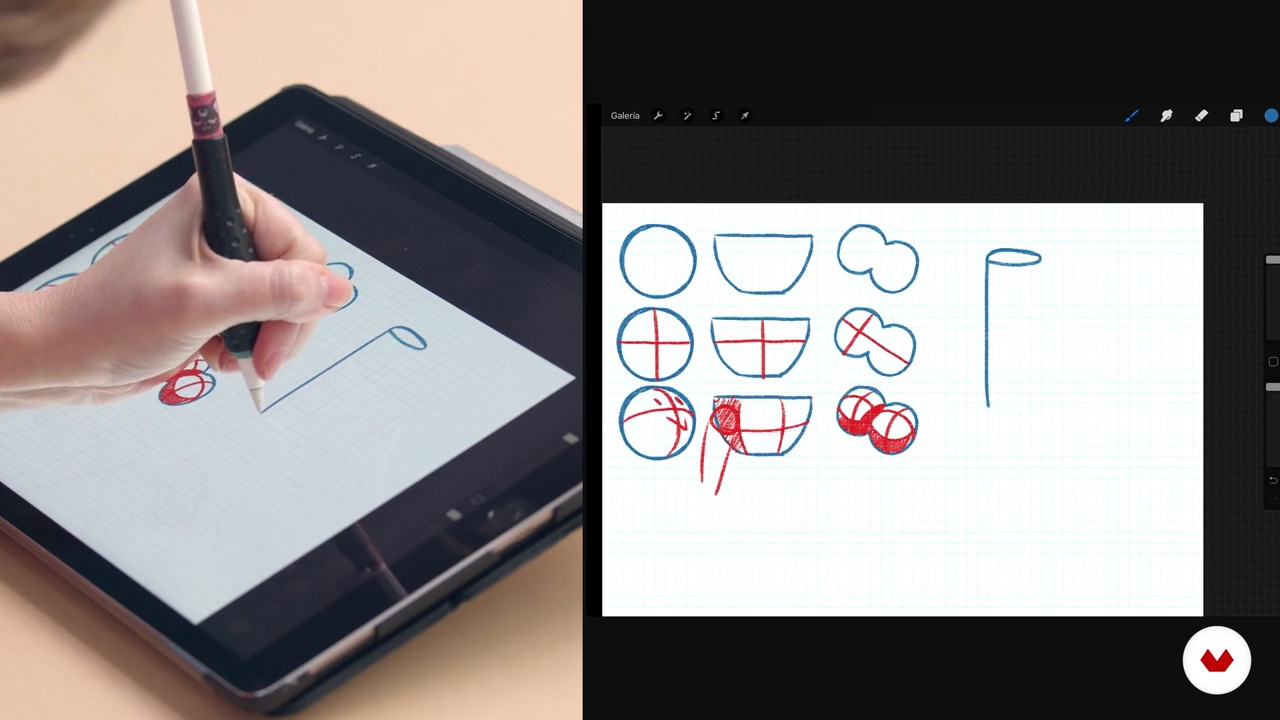
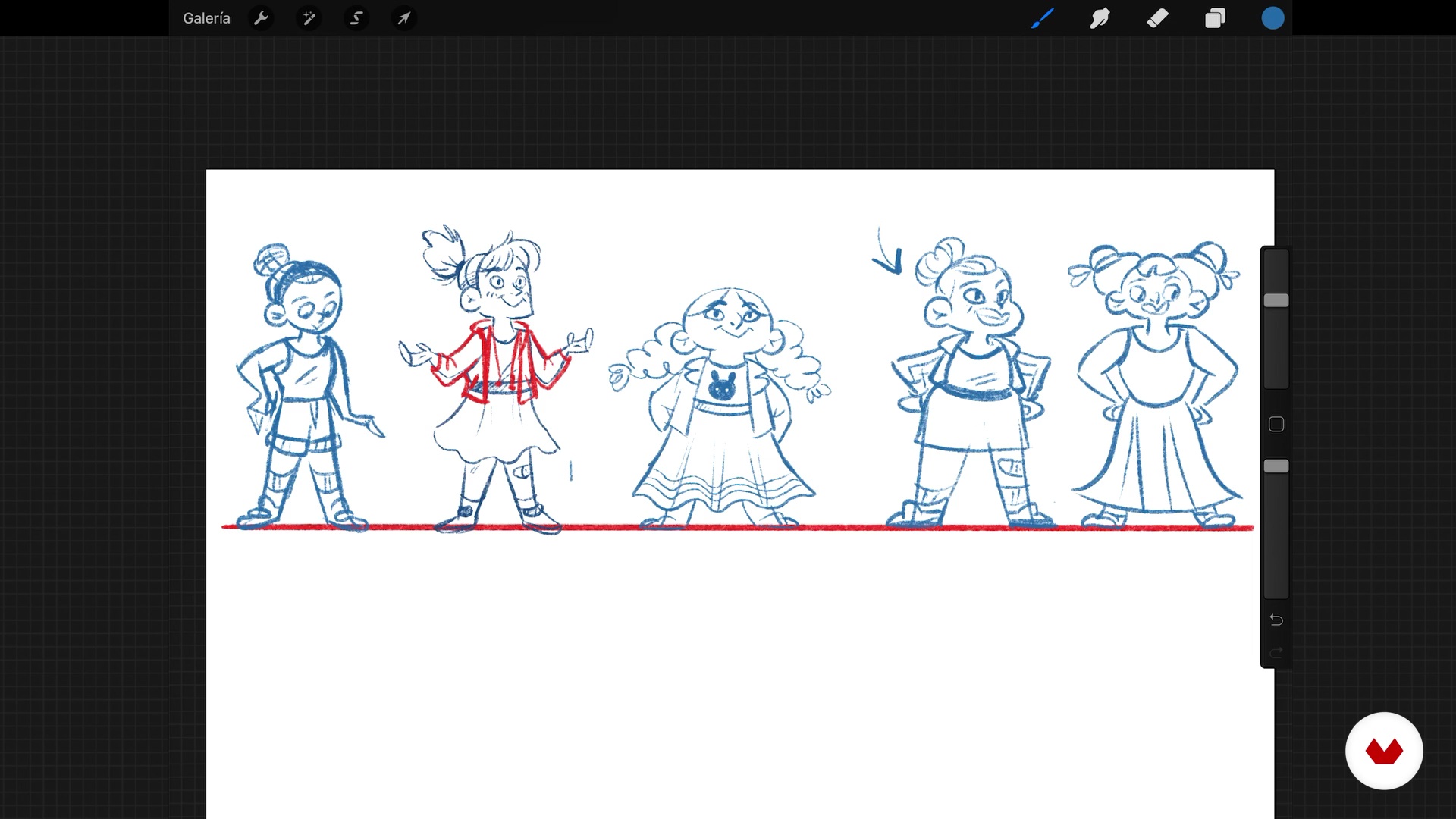
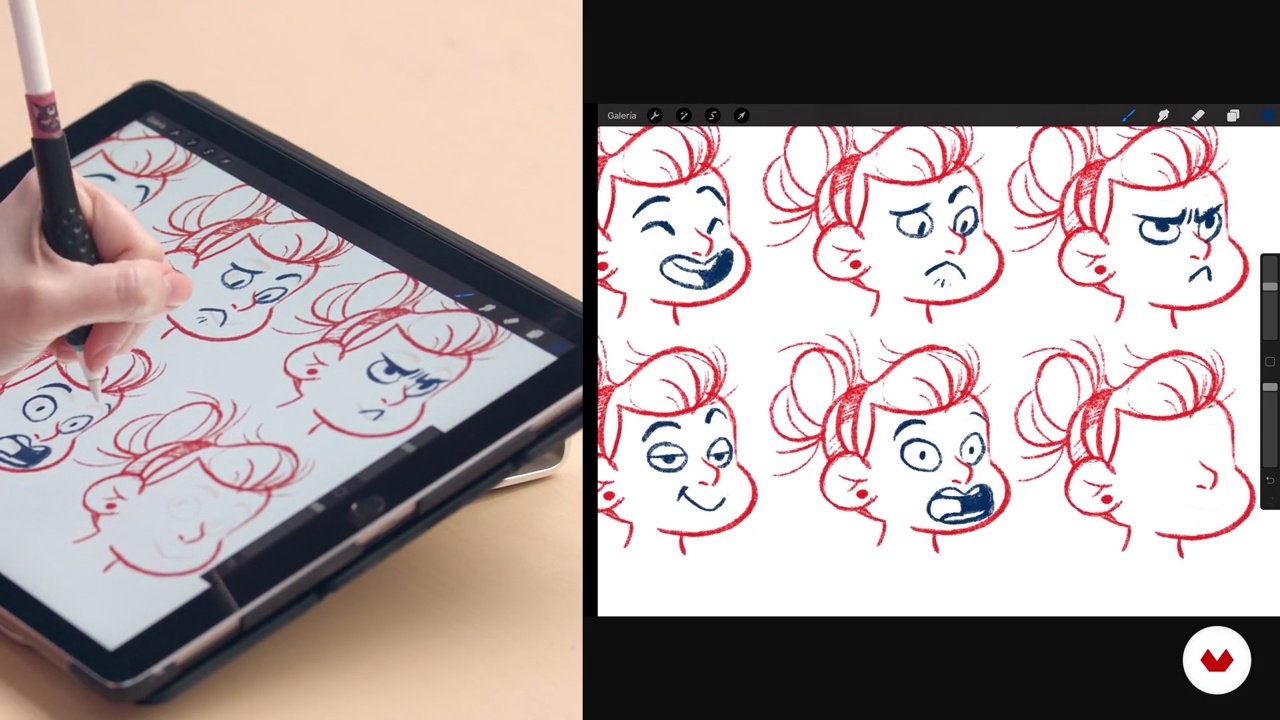
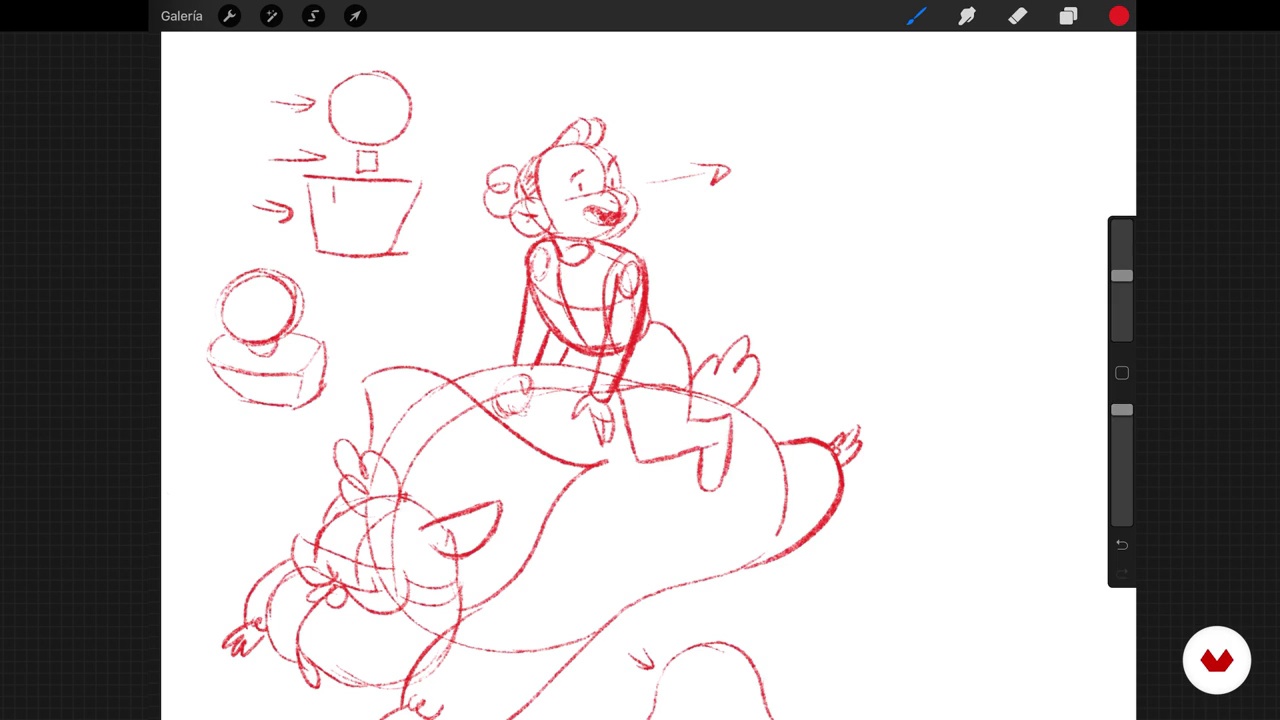
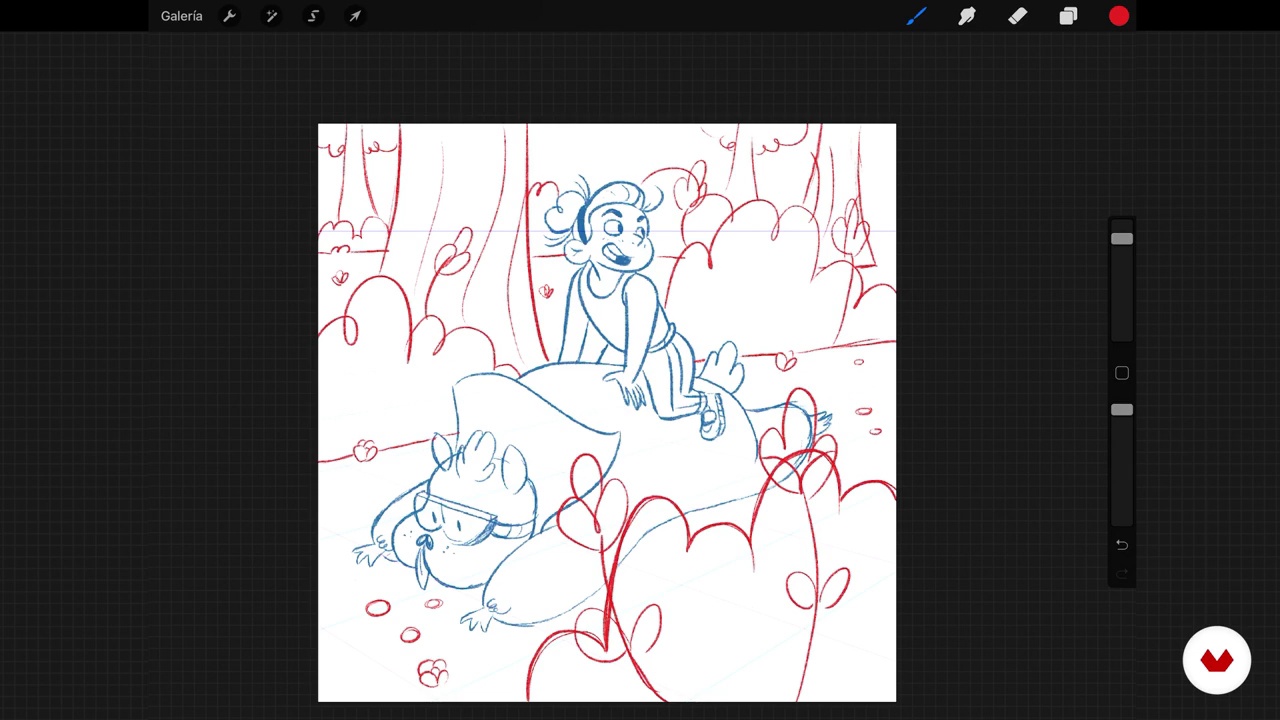
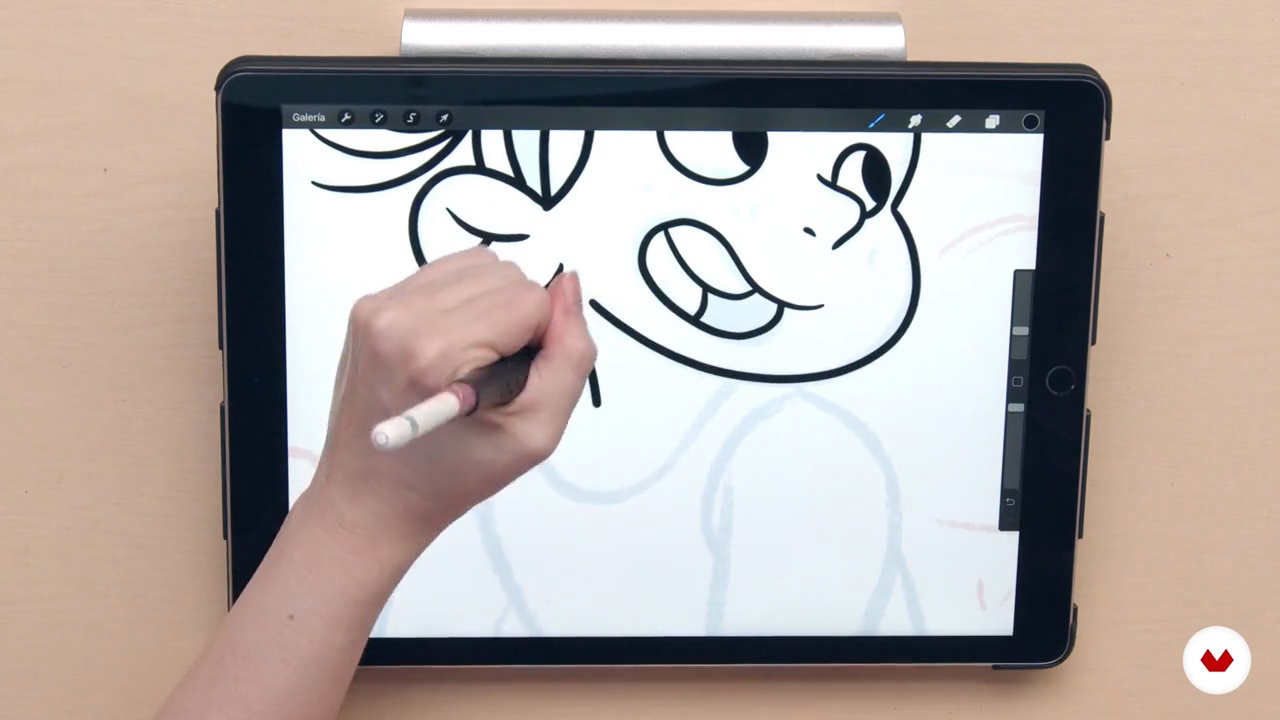
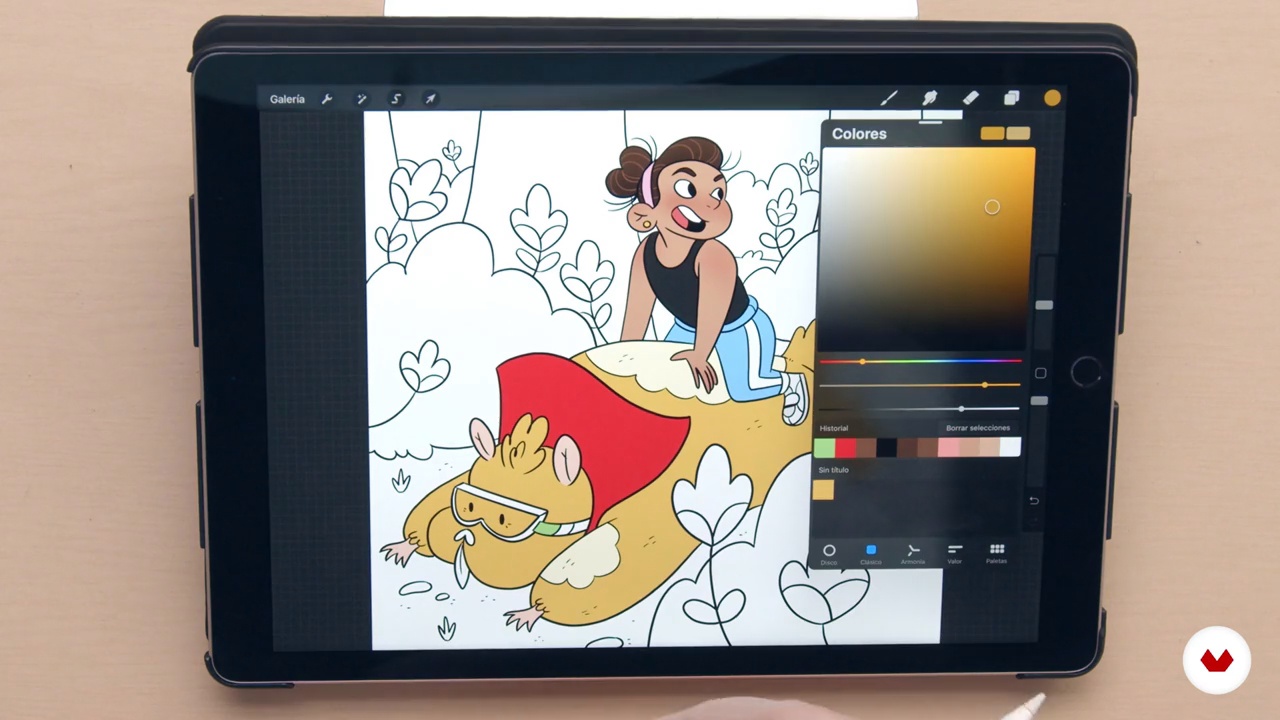
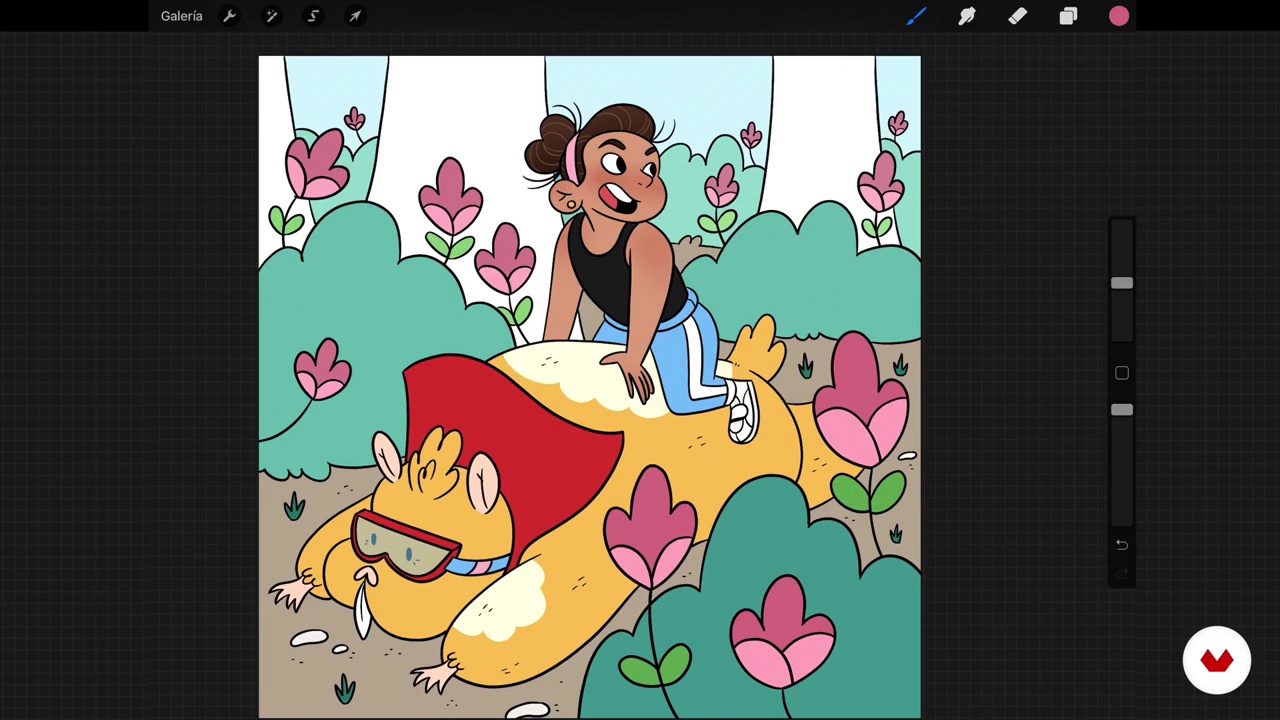
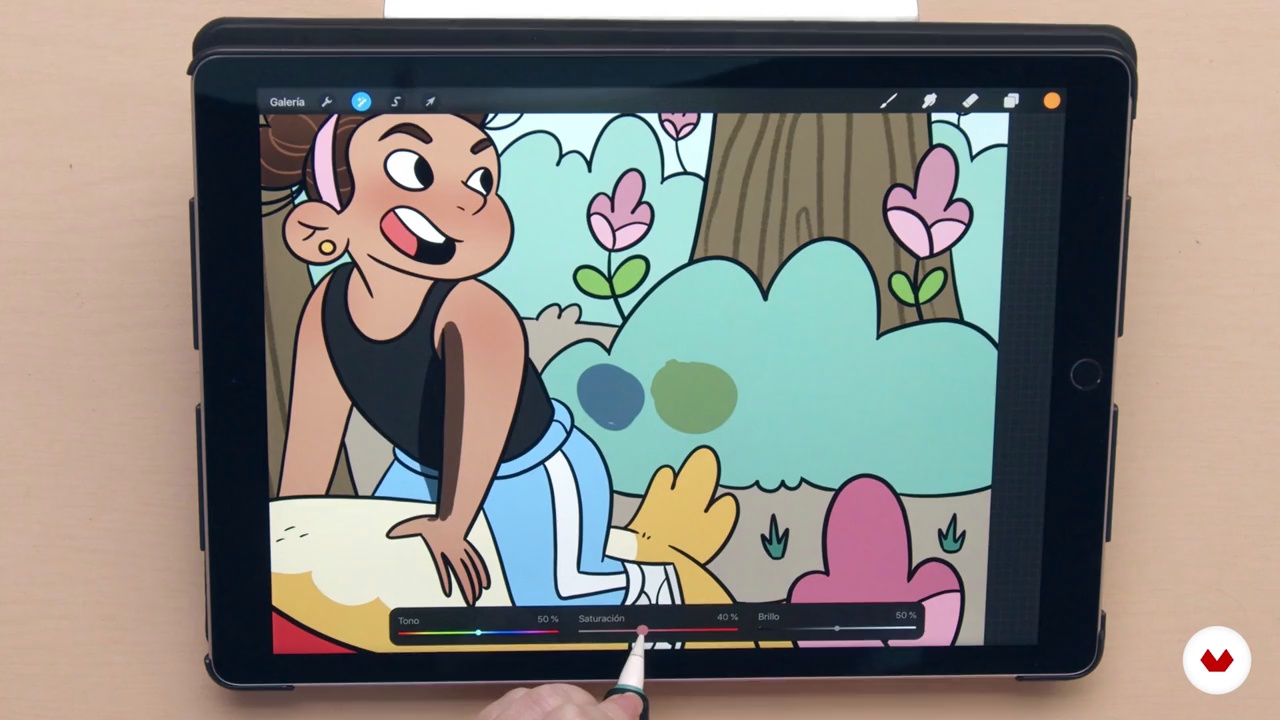
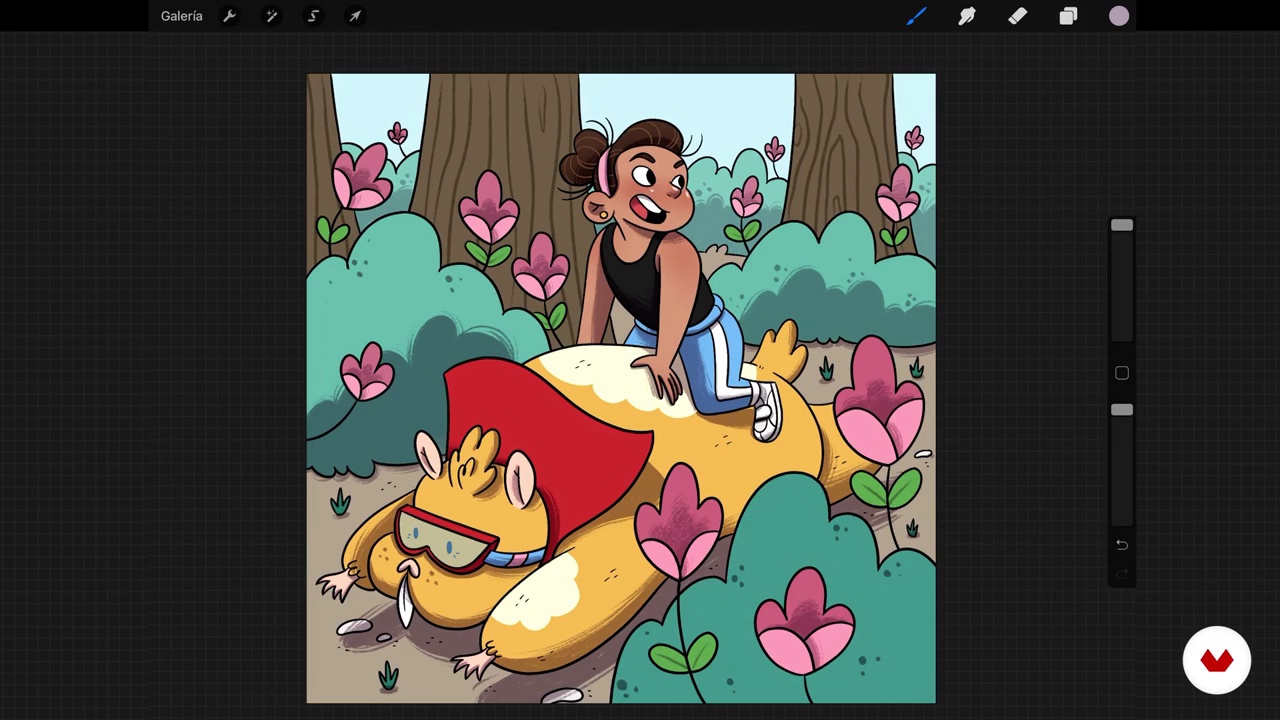
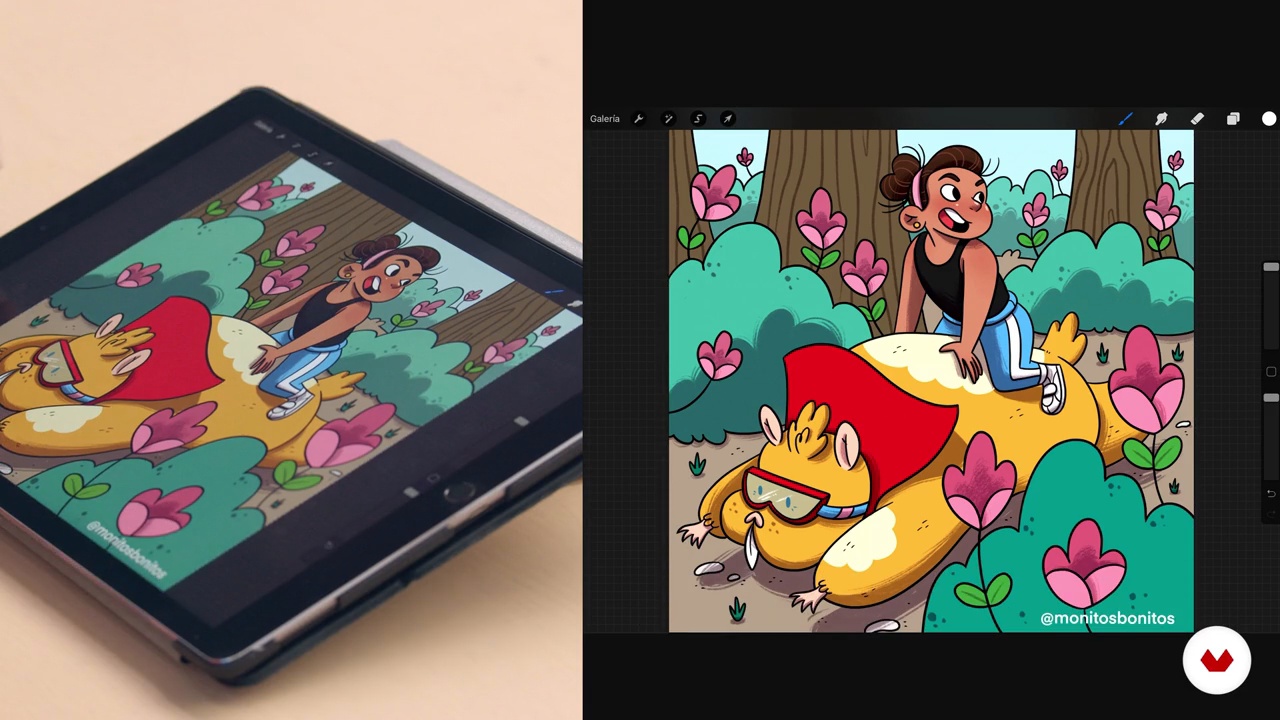
- 100% positive reviews (49)
- 4,998 students
- 70 lessons (14h 37m)
- 91 additional resources (38 files)
- Online and at your own pace
- Audio: Spanish, English, Italian
- Spanish · English · Portuguese · German · French · Italian · Polish · Dutch · Turkish
- Level: Beginner
- Unlimited access forever
What is this course's project?
Students will develop a complete draft of a children's story, creating well-structured characters and an engaging narrative. They will also write a script for an illustrated book, designing a mock-up and preparing professional documentation to present to publishers.
Projects by course students
Who is this specialization for?
This course is designed for writers, illustrators, and enthusiasts of children's literature who want to learn how to create captivating stories and unique characters. It is also ideal for those looking to improve their narrative and artistic techniques in the field of children's books.
Requirements and materials
Extensive prior knowledge is not required, only basic notions of illustration or writing. You will need access to digital tools such as Procreate and Photoshop, as well as traditional materials like paper and pencils to experiment with mixed artistic techniques.

Reviews
What to expect from this specialization course
-
Learn at your own pace
Enjoy learning from home without a set schedule and with an easy-to-follow method. You set your own pace.
-
Learn from the best professionals
Learn valuable methods and techniques explained by top experts in the creative sector.
-
Meet expert teachers
Each expert teaches what they do best, with clear guidelines, true passion, and professional insight in every lesson.
-
Certificates
PlusIf you're a Plus member, get a custom certificate for every specialization course. Share it on your portfolio, social media, or wherever you like.
-
Get front-row seats
Videos of the highest quality, so you don't miss a single detail. With unlimited access, you can watch them as many times as you need to perfect your technique.
-
Share knowledge and ideas
Ask questions, request feedback, or offer solutions. Share your learning experience with other students in the community who are as passionate about creativity as you are.
-
Connect with a global creative community
The community is home to millions of people from around the world who are curious and passionate about exploring and expressing their creativity.
-
Watch professionally produced courses
Domestika curates its teacher roster and produces every course in-house to ensure a high-quality online learning experience.
FAQs
What are Domestika's online courses?
Domestika courses are online classes that allow you to learn new skills and create incredible projects. All our courses include the opportunity to share your work with other students and/or teachers, creating an active learning community. We offer different formats:
Original Courses: Complete classes that combine videos, texts, and educational materials to complete a specific project from start to finish.
Basics Courses: Specialized training where you master specific software tools step by step.
Specialization Courses: Learning paths with various expert teachers on the same topic, perfect for becoming a specialist by learning from different approaches.
Guided Courses: Practical experiences ideal for directly acquiring specific skills.
Intensive Courses (Deep Dives): New creative processes based on artificial intelligence tools in an accessible format for in-depth and dynamic understanding.
When do the specialization courses start and when do they finish?
All specialization courses are 100% online, so once they're published, specialization courses start and finish whenever you want. You set the pace of the class. You can go back to review what interests you most and skip what you already know, ask questions, answer questions, share your projects, and more.
What do Domestika's specialization courses include?
The specialization courses are divided into different modules. Each one includes lessons, informational text, tasks, and practice exercises to help you carry out your project step by step, with additional complementary resources and downloads. You'll also have access to an exclusive forum where you can interact with other students, as well as share your work and your final project, creating a community around the specialization courses.
Have you been given a specialization courses?
You can redeem the specialization courses you received by accessing the redeeming page and entering your gift code.










Very nice, I really enjoy it!
Muy bueno!
Un corso chiaro, stimolante e molto interessante.
Me encanta poder aprender cosas nuevas. Y con estos profesores y sus experiencias sin duda podre aprendere más. Gracias.
Es un curso con mucha información y muy variada. Todas las personas que lo imparten tienen un discurso ameno y muchas propuestas sencillas, que lo hacen ameno e interesante.